- Children learning about their connections to the natural environment through all subjects.
- Children having direct experience in both the human built and natural environment in their own community.
- Children having time to just "be" in nature, to play, to become naturally curious, and to powerfully stimulate their sense of wonder and discovery.
- Children using critical thinking to make decisions about and act for the environment.
- Children using place-based experience to create an inquiry focused, relevant and real world, hands-on investigation of their world.
Check out these 10 Benefits of Nature-Based Learning inspired by years of research with the North American Association of Environmental Education:
2. Supports creativity and problem solving. Studies of children in schoolyards found that children engage in more creative forms of play in the green areas. They also played more cooperatively (Bell and Dyment, 2006). Play in nature is especially important for developing capacities for creativity, problem-solving, and intellectual development (Kellert, 2005).
3. Reduces stress. Green plants and vistas reduce stress among children. Locations with greater number of plants, greener views, and access to natural play areas show more significant results (Wells and Evans, 2003).
4. Improves academic performance. Studies in the US show that schools that use outdoor classrooms and other forms of nature-based experiential education support significant student gains in social studies, science, language arts, and math. Students in outdoor science programs improved their science testing scores by 27% (American Institutes for Research, 2005).
5. Reduces Attention Deficit Disorder (ADD) symptoms. Contact with the natural world can significantly reduce symptoms of attention deficit disorder in children (Kuo and Taylor, 2004).
6. Increases physical activity. Children who experience school grounds with diverse natural settings are more physically active, more aware of nutrition, more civil to one another and more creative (Bell and Dyment, 2006).
7. Improves nutrition. Children who grow their own food are more likely to eat fruits and vegetables (Bell & Dyment, 2008) and to show higher levels of knowledge about nutrition (Waliczek, & Zajicek, 2006). They are also more likely to continue healthy eating habits throughout their lives (Morris & Zidenberg-Cherr, 2002).
8. Improves eyesight. More time spent outdoors is related to reduced rates of nearsightedness, also known as myopia, in children and adolescents (American Academy of Ophthalmology, 2011).
9. Improves social relations. Children will be smarter, better able to get along with others, healthier and happier when they have regular opportunities for free and unstructured play in the out-of-doors (Burdette and Whitaker, 2005).
10. Improves self-discipline. Access to green spaces, and even a view of green settings, enhances peace, selfcontrol and self-discipline with children (Taylor, Kuo and Sullivan, 2001).
Tree-mendous Trees!
Sorting and Matching Leaves
Leaf Rubbings
Leaf Tracing
Gold Leaf Leaves
Tree Rings
Bark Rubbings
Painting Branches
Who lives in trees?
What grow in trees?
We made stamps from real apples!
Our Magical Classroom Tree!
First we ripped up some of our bark rubbings to create the trunk.
What are the parts of a tree?
How do trees eat?
Klimt's Tree of Life
Natural Paintbrushes
Tree Creatures
Tree Still Life
Mystery Tree Game
The trees are our friends!
"They give us food!"
"They clean the air!"
"They make homes for animals!"
"They make wood so we can build houses!"
"Paper! Books are made from trees!"
Native Texas Pecans
All the wood around us!
Wood Beads
Woodworking
Recycled Paper
- Anita Olds
Painting Pumpkins
The Not-So-Spooky Halloween Yoga Adventure
Crescent Moon
Flying Bat Breath
Roaring Monster
Crooked Tree Pose
Mummy Moves
Laughing Witch
Howling Werewolf
Ghost Cow
Twisting Owl
Pumpkin Pose
Pecan Pumpkin Muffins
Step 1.
Prepare the pecans by hammering into small pieces in a plastic bag. Prepare the chocolate chunks by hammering a 1/2 bar of dark chocolate into small bits.
Step 2:
Mix together 4 eggs, 3 TBS of soaked chia seeds, 1 cup pureed pumpkin, 1 tsp vanilla, and 1/4 cup coconut oil.
Step 3:
In another bowl mix together 1/2 cup coconut flour, 1 tsp baking soda, 1 TBS pumpkin pie spice, and 1/4 cup Lakanto Monkfruit Sweetener.
Step 4:
Combine wet and dry ingredients until mixed thoroughly.
Step 5:
Spoon mixture into mini muffin pan.
Step 6:
Mix 1/2 cup smashed (or chopped) pecans with 1 TBS of coconut oil and 1 TBS of coconut sugar, sprinkle pecan mix on top of muffins, then bake at 400 degrees for 13 to 15 minutes.
7 Tips for Taking Young Children Outdoors
2. Short focused trips are ok! It doesn't have to be a whole day adventure. Even a ten-minute walk can yield lots of observations.
3. Be safe. Preview the space to be explored whenever possible. Point out dangers such as broken glass or thorny plants. Make sure everyone has appropriate clothing for the weather.
4. Encourage respect for nature. Tell children that they need to respect plants and animals just like they respect one another. Be a good role model by being gentle with leaves and insects. Before you go out, talk about whether it is okay to pick flowers or collect worms.
5. Encourage a sense of wonder. If you don’t know the names of plants or birds, don’t worry. Just make sure students are observing and using their senses. There are plenty of field guides available if students want to try to identify something.
6. Visit the same spot multiple times over the course of the year. Even in winter, there can be interesting rocks, twigs, birds, and signs of animals to observe.
7. Draw and write. When students record observations, they are more focused and have more to think and talk about when you get back inside.
"I sincerely believe that for the child, and for the parent seeking to guide her, it is not half so important to know as to feel when introducing a young child to the natural world. If facts are the seeds that later produce knowledge and wisdom, then the emotions and the impressions of the senses are the fertile soil in which the seeds must grow. The years of early childhood are the time to prepare the soil."
-Rachel Carson

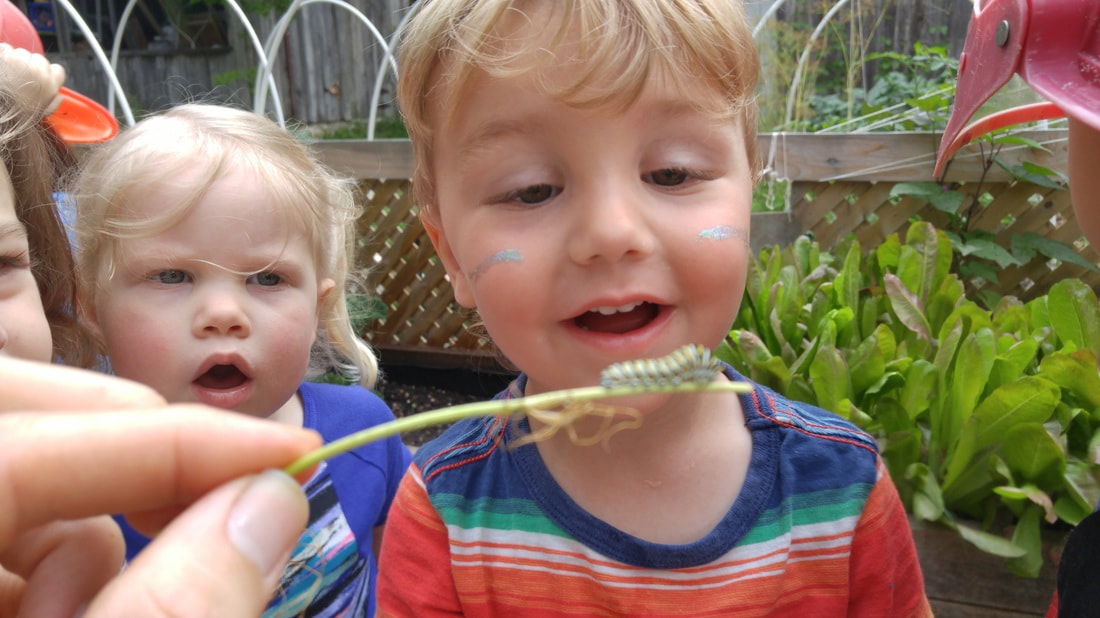
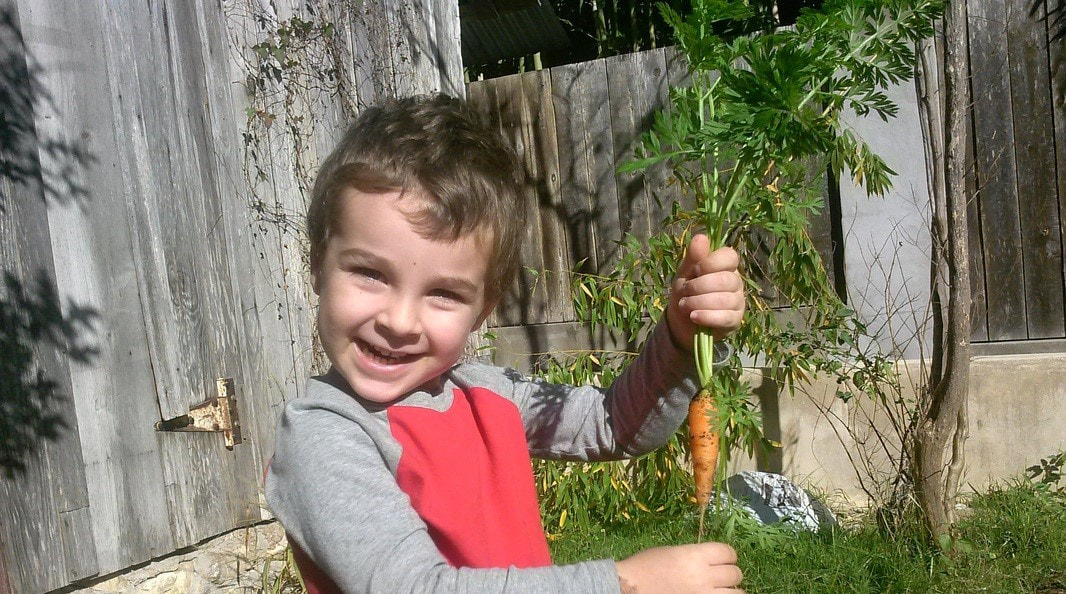
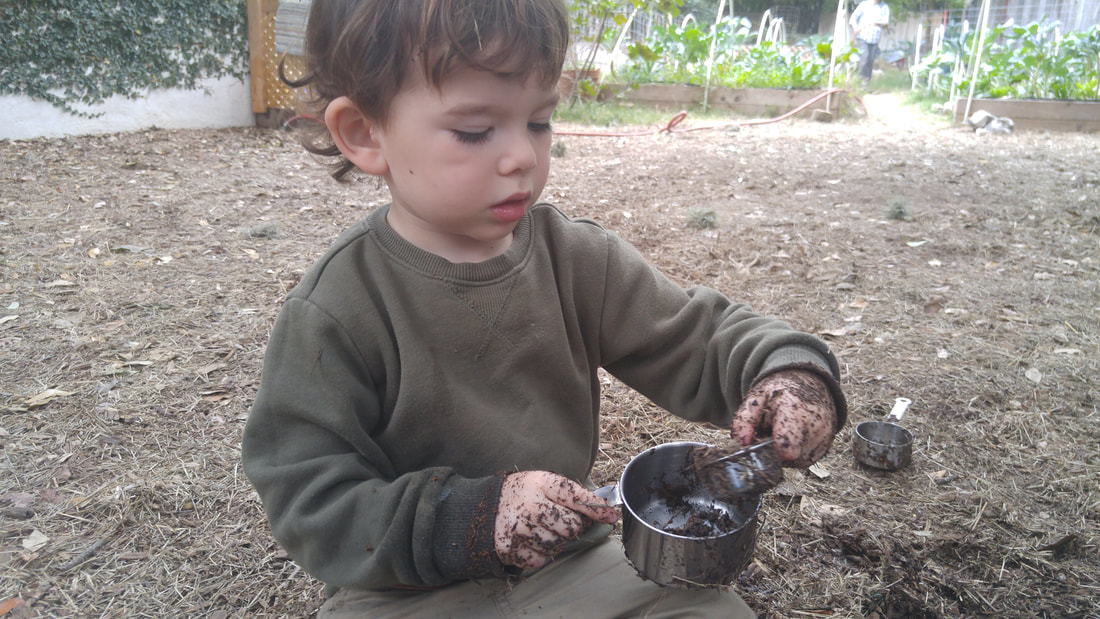
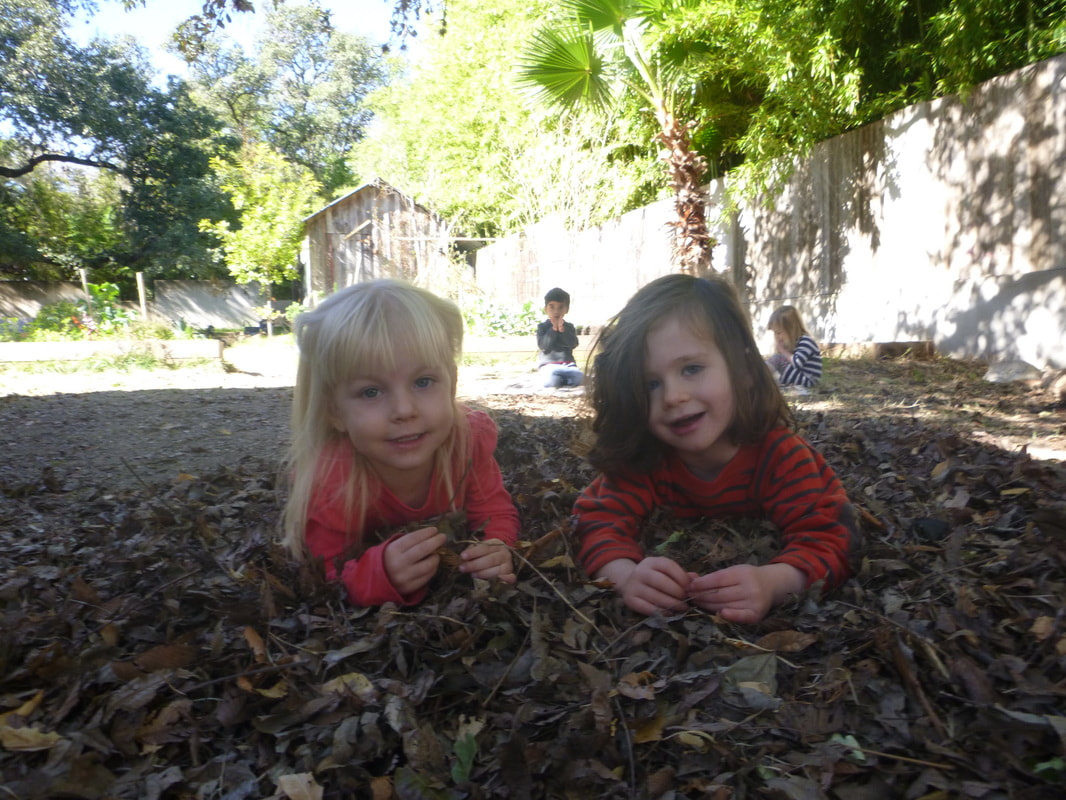
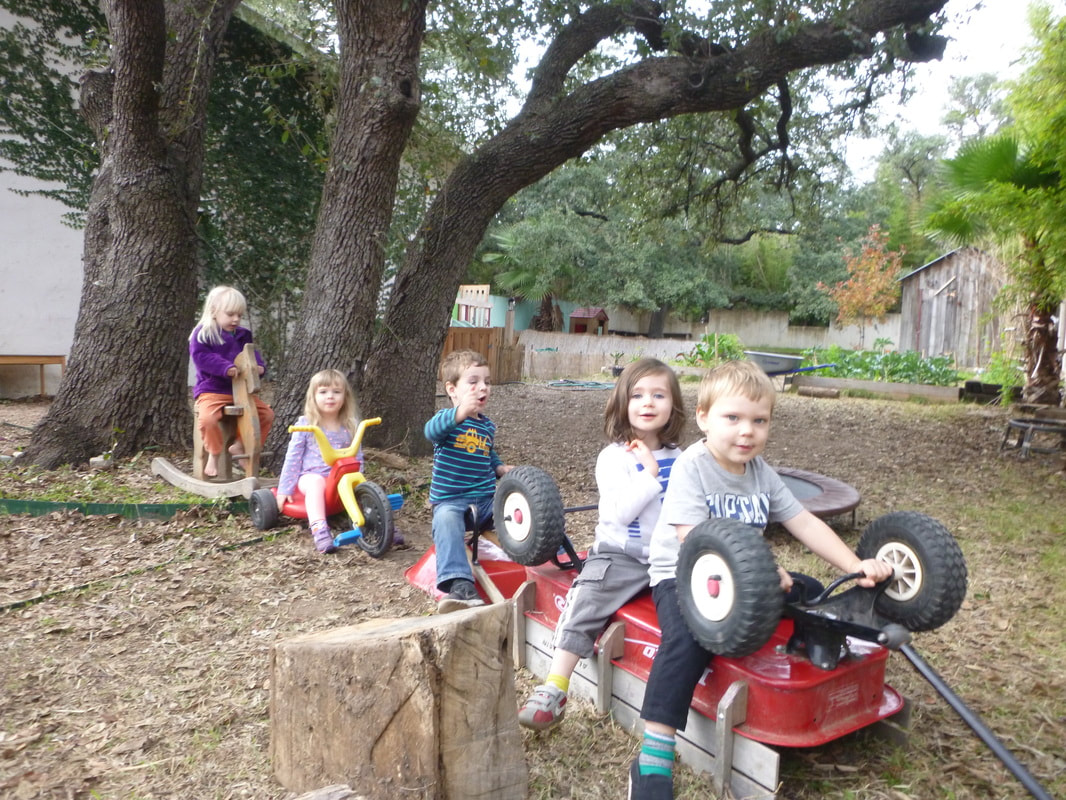
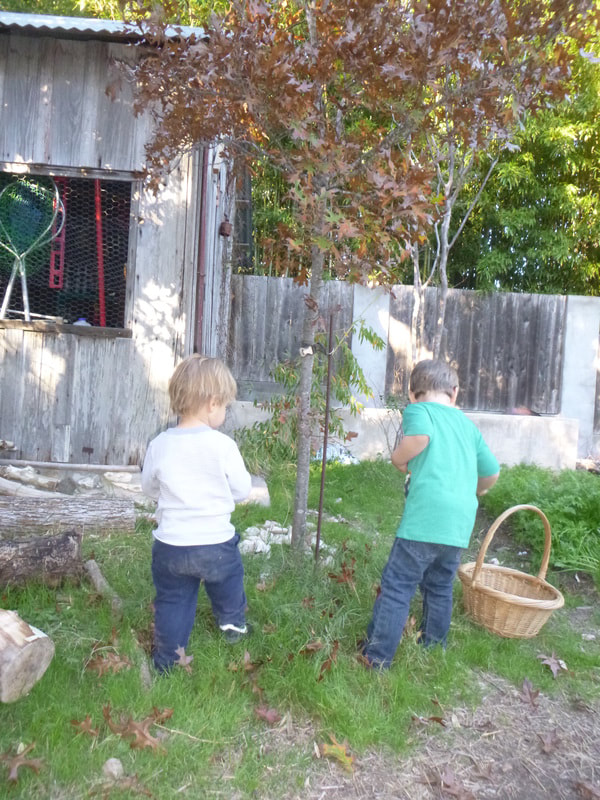

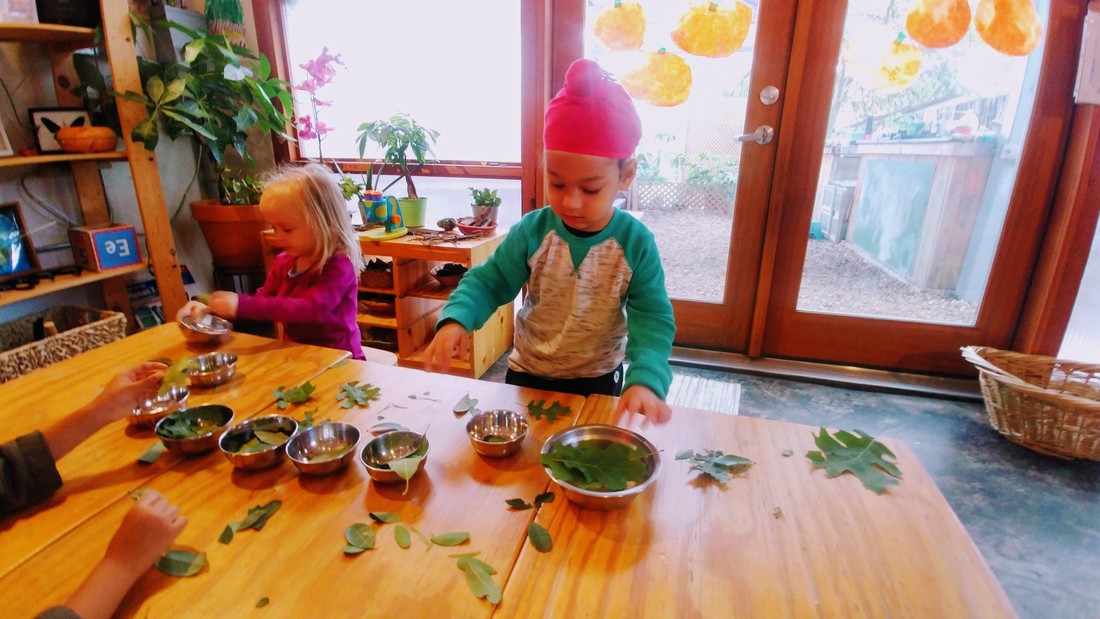
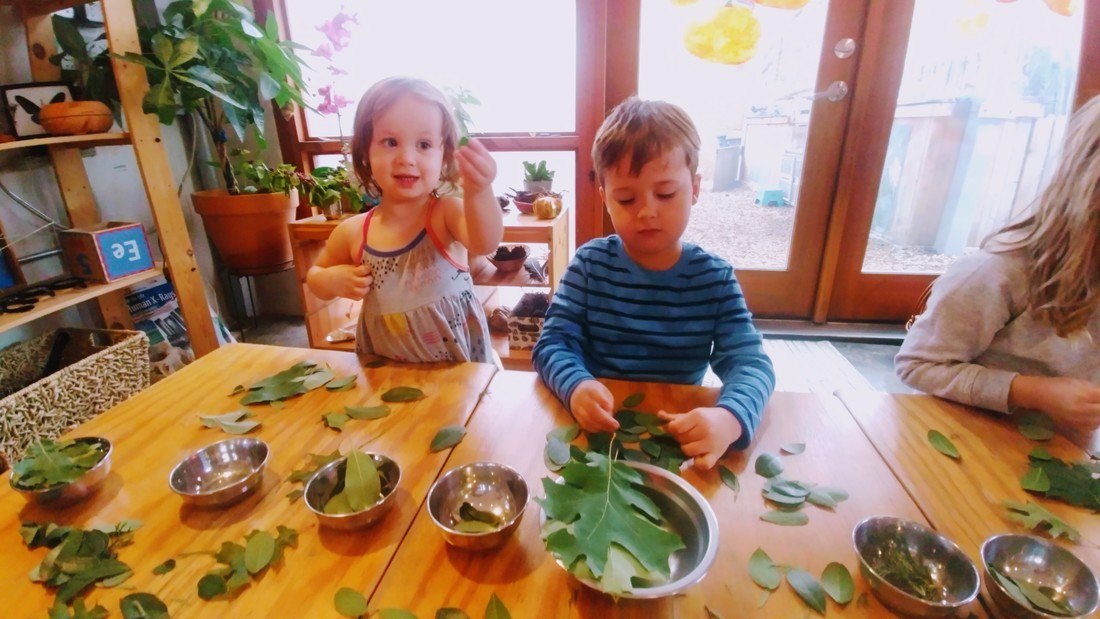
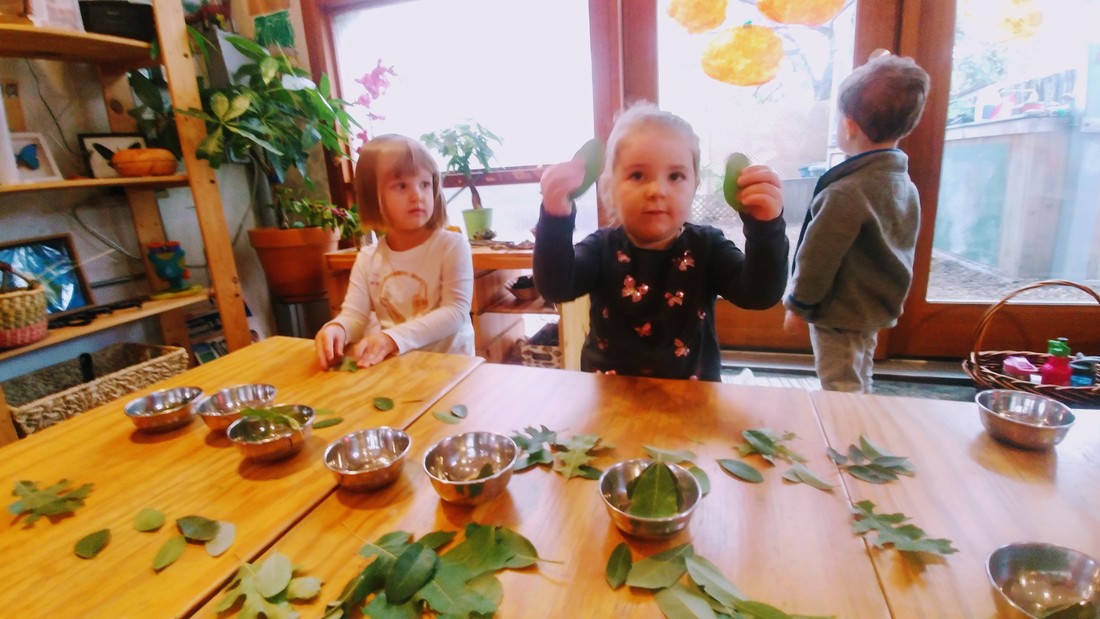
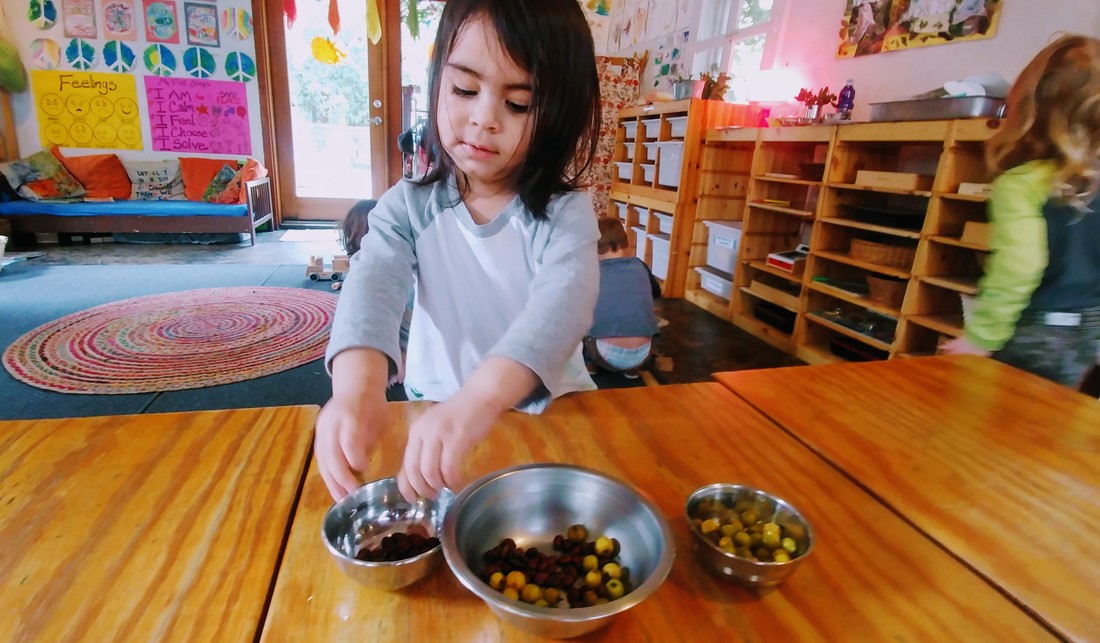
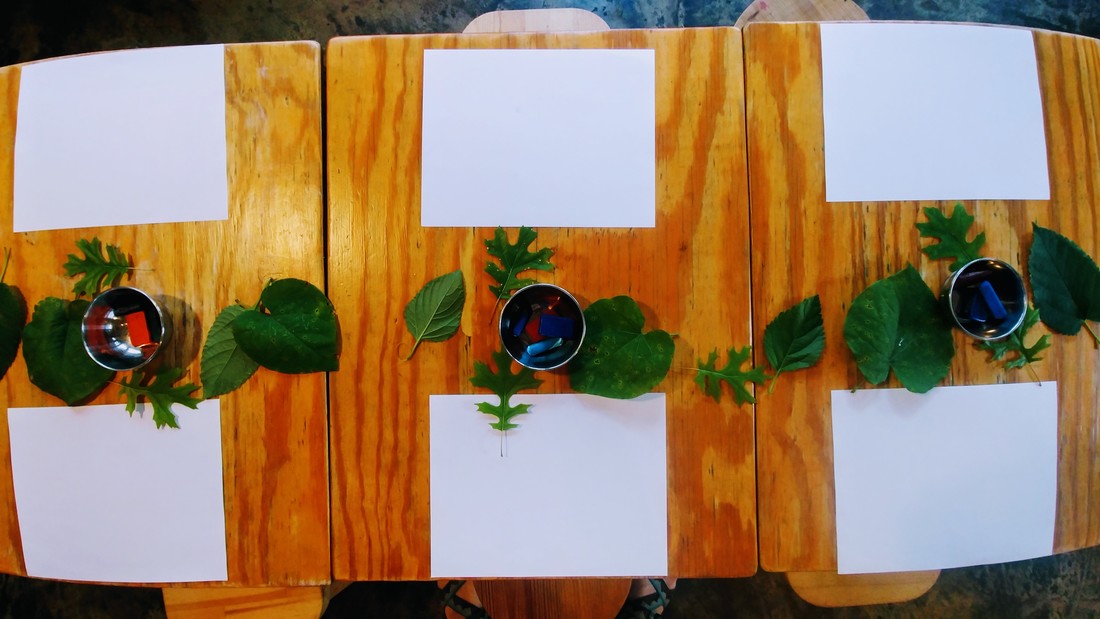
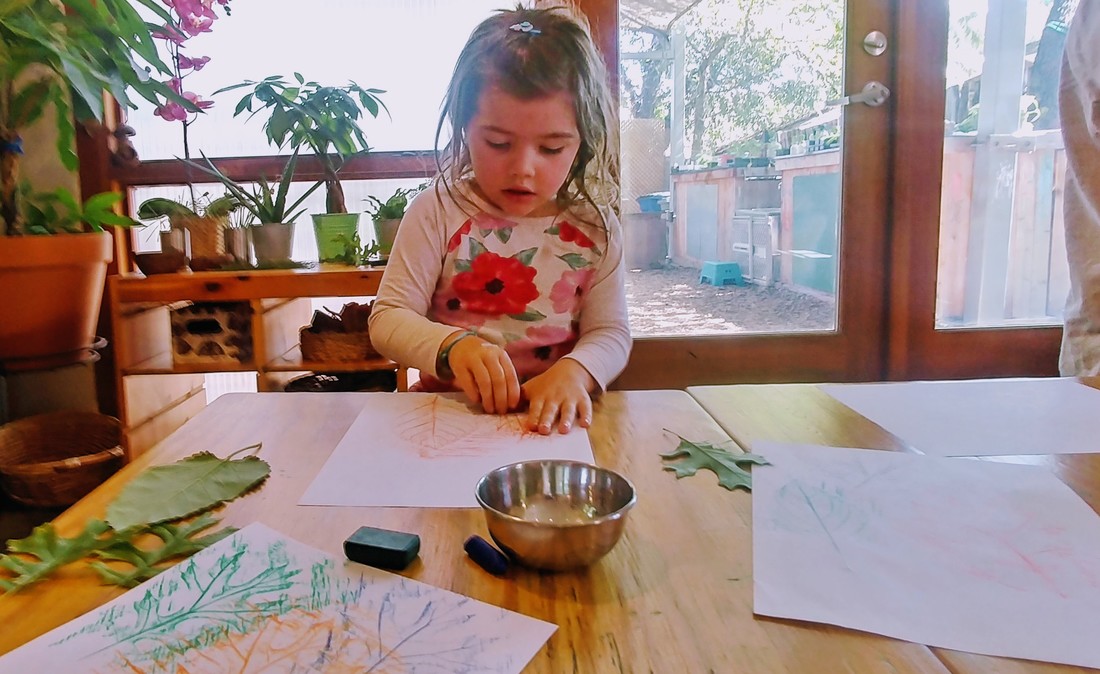
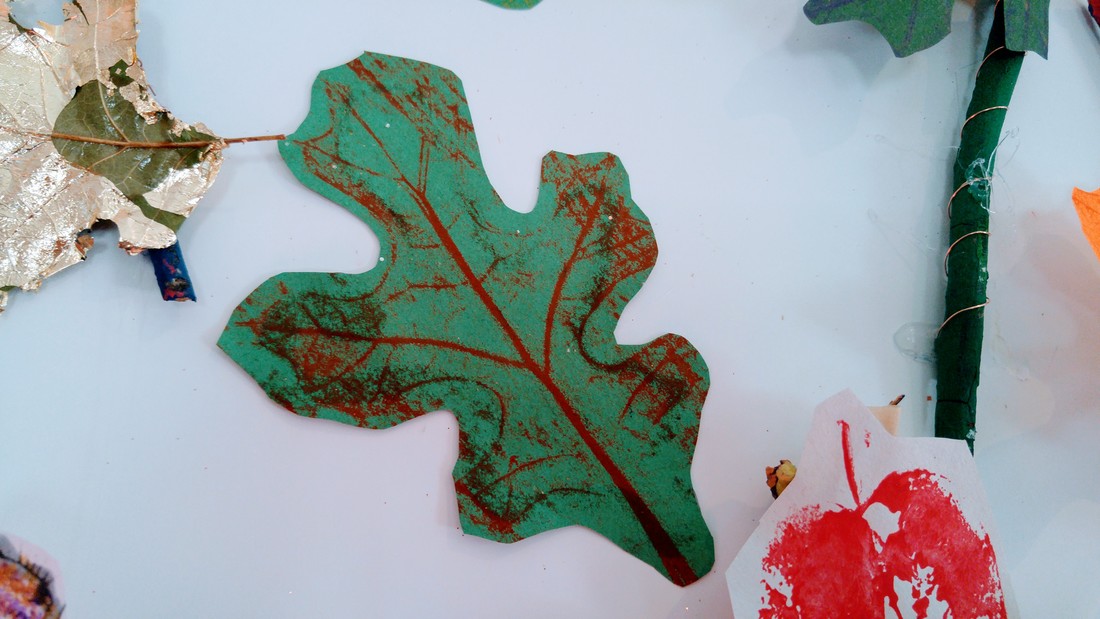
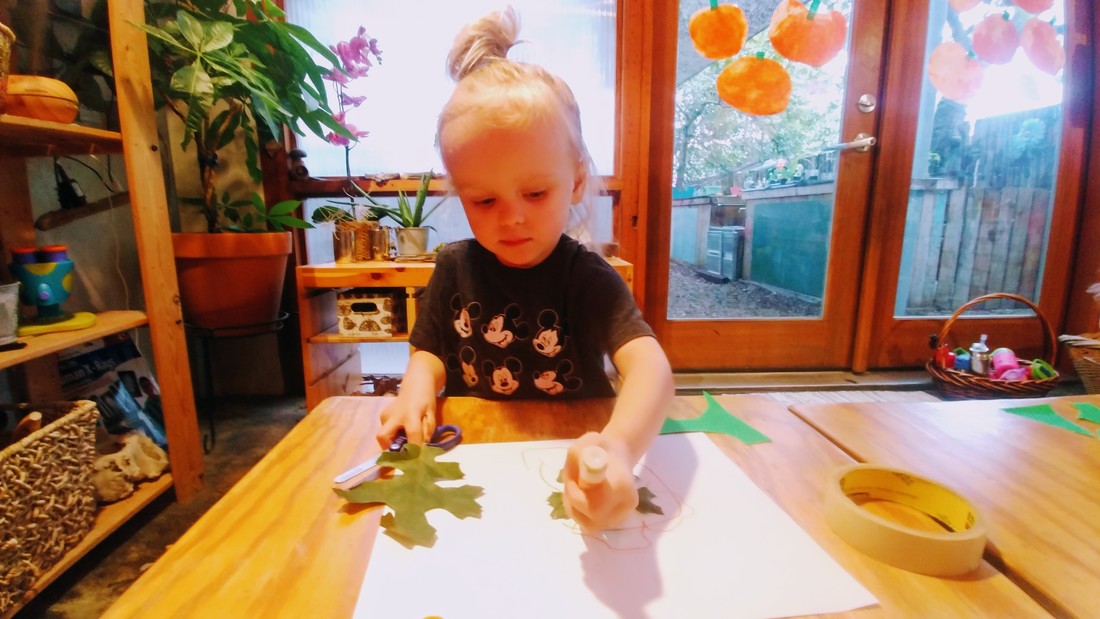
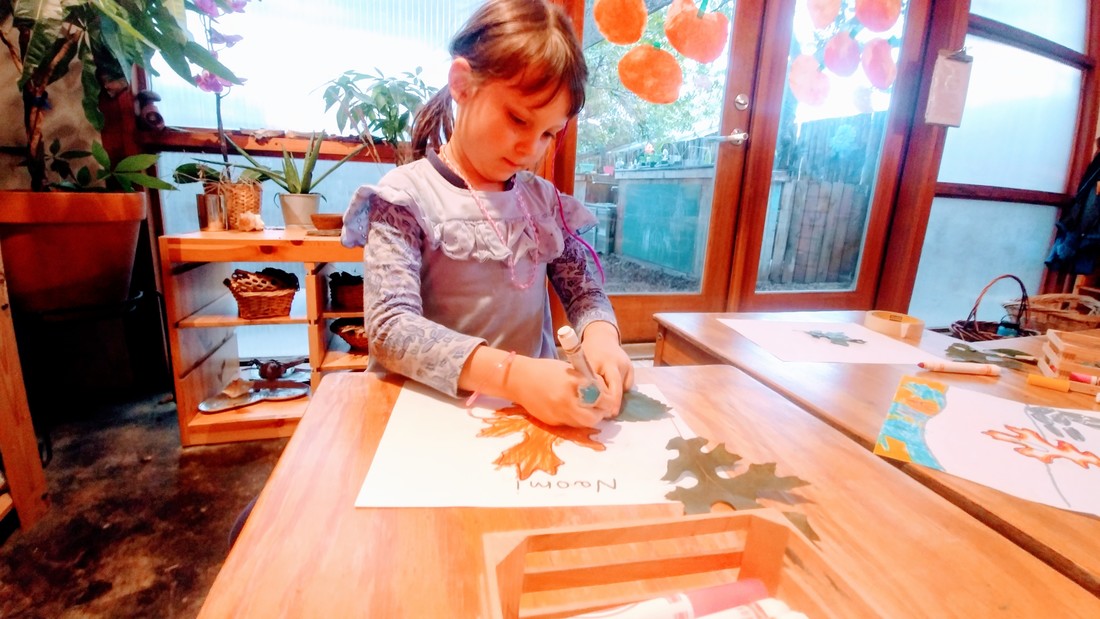
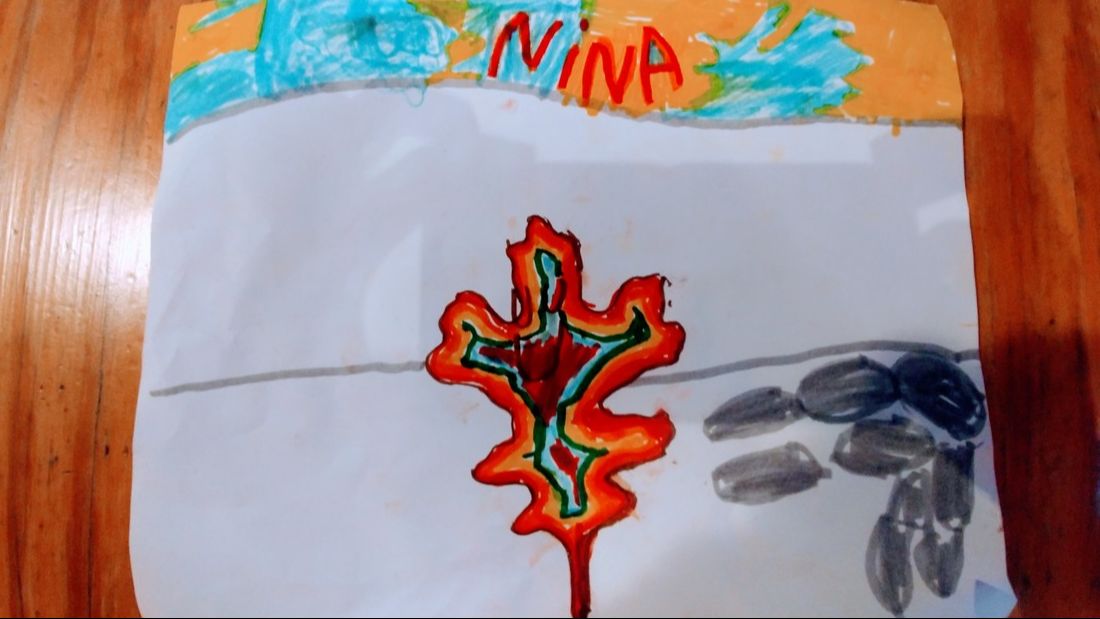
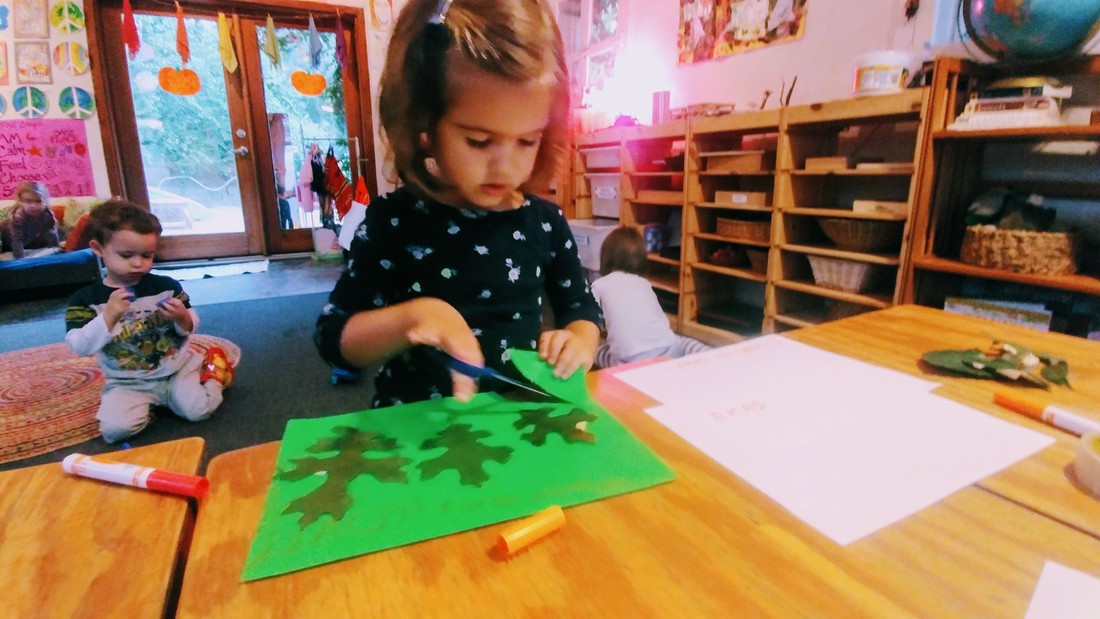
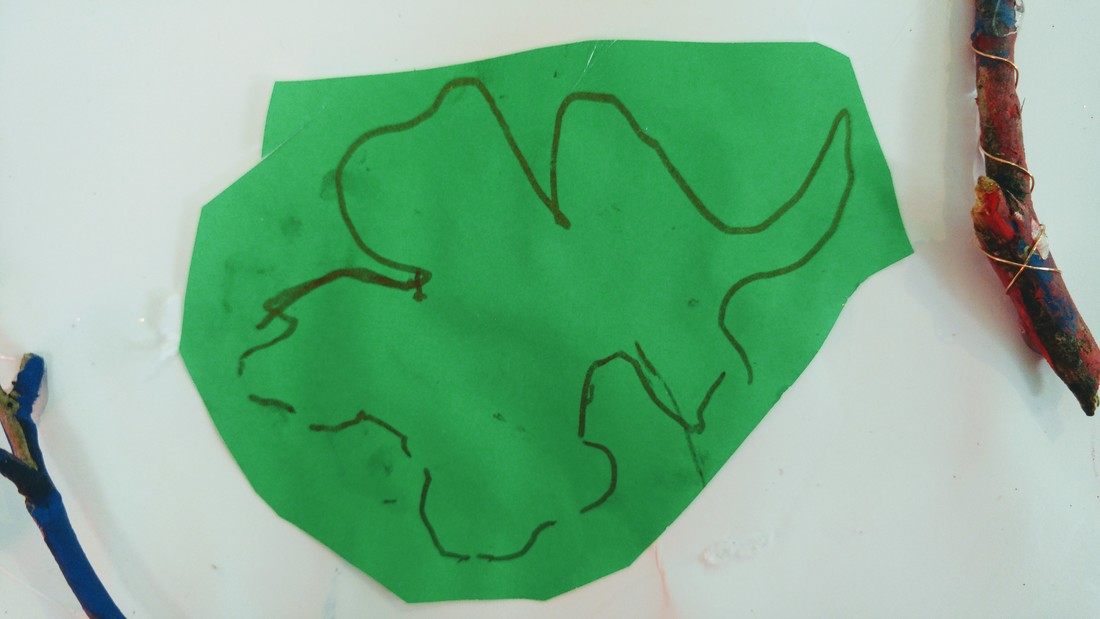
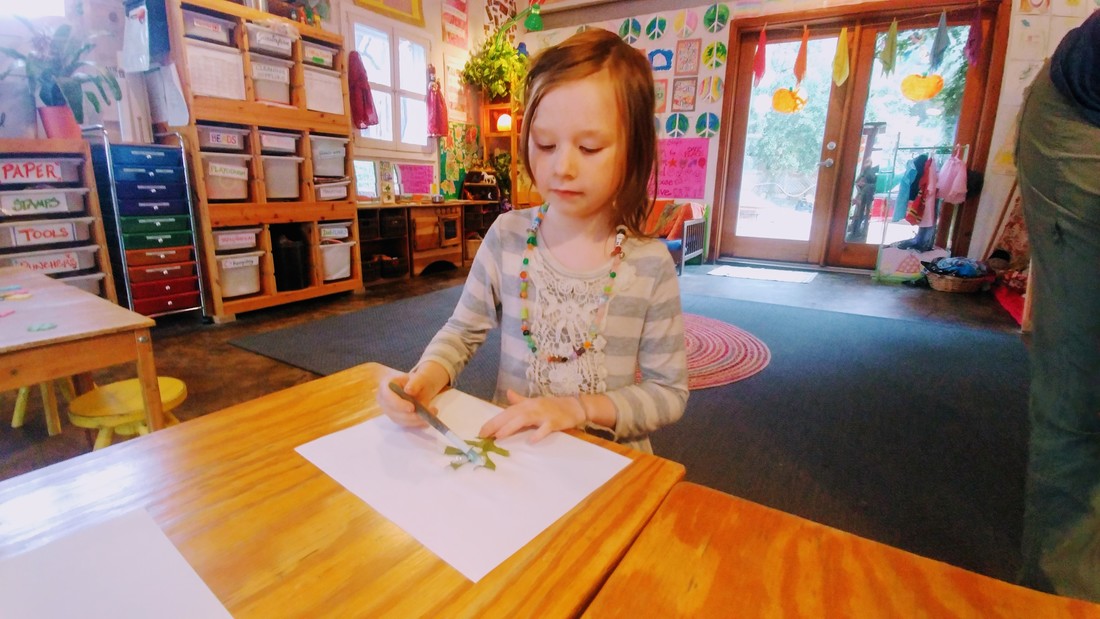
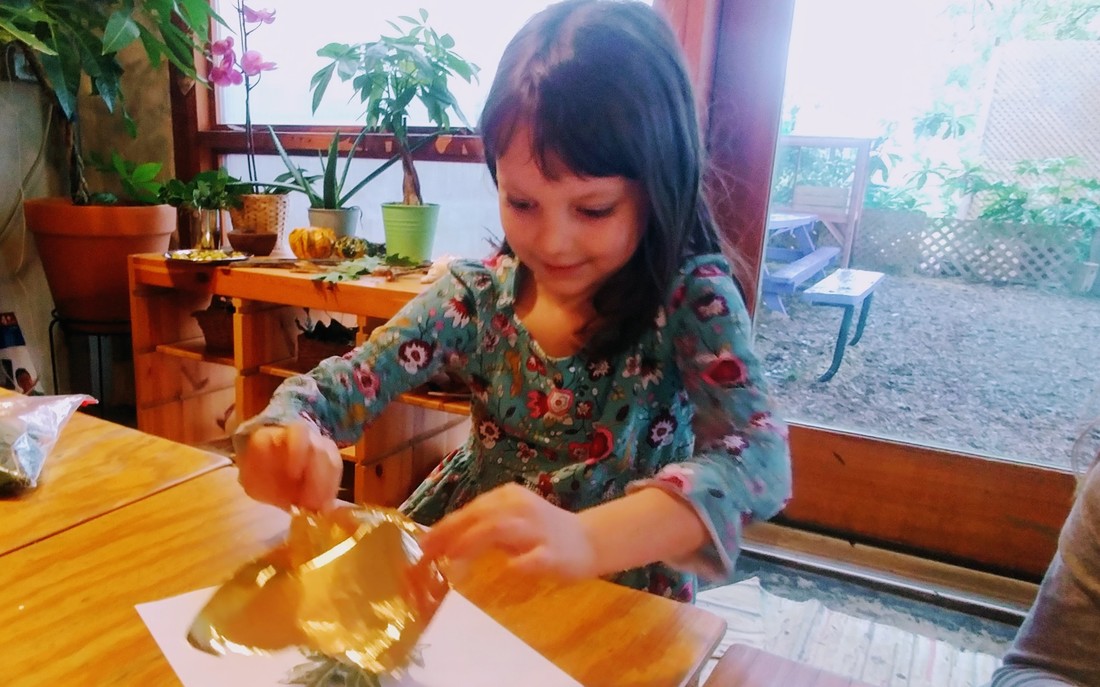
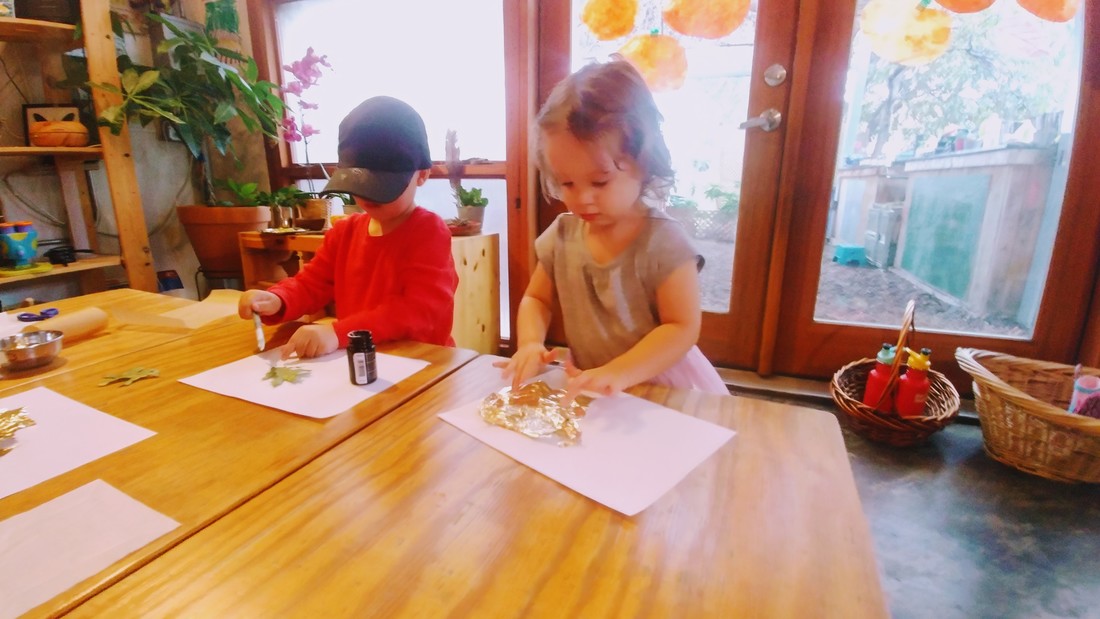
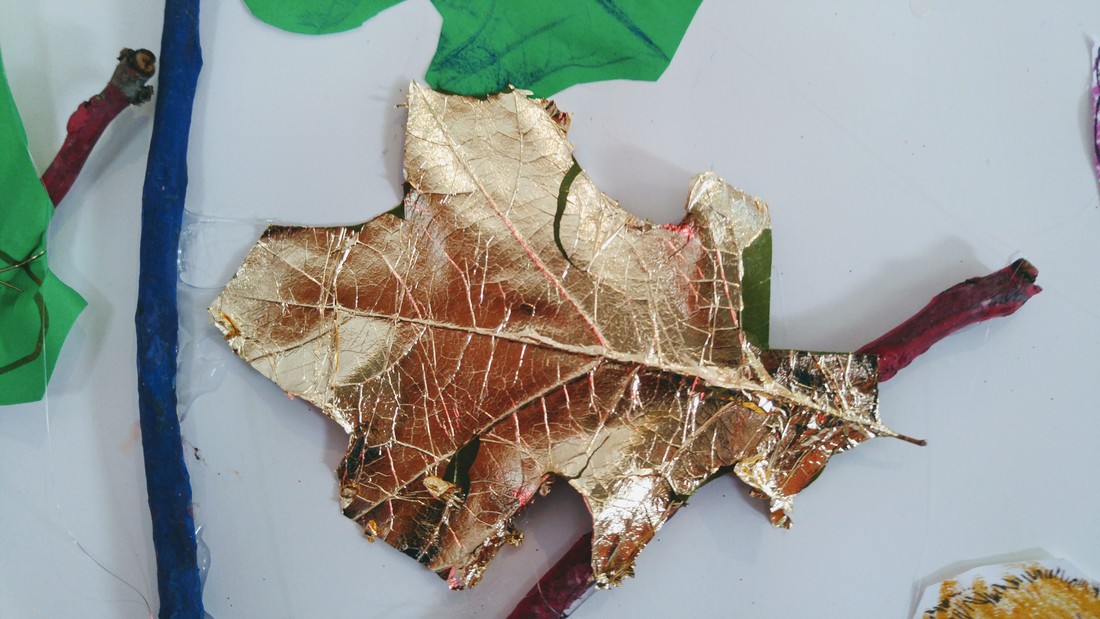
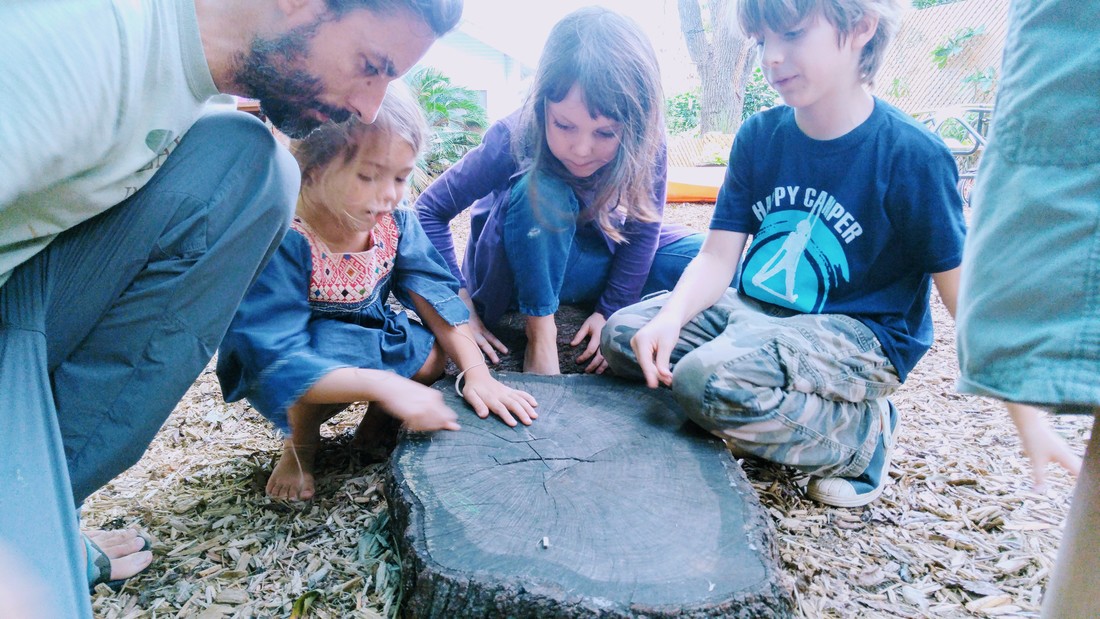
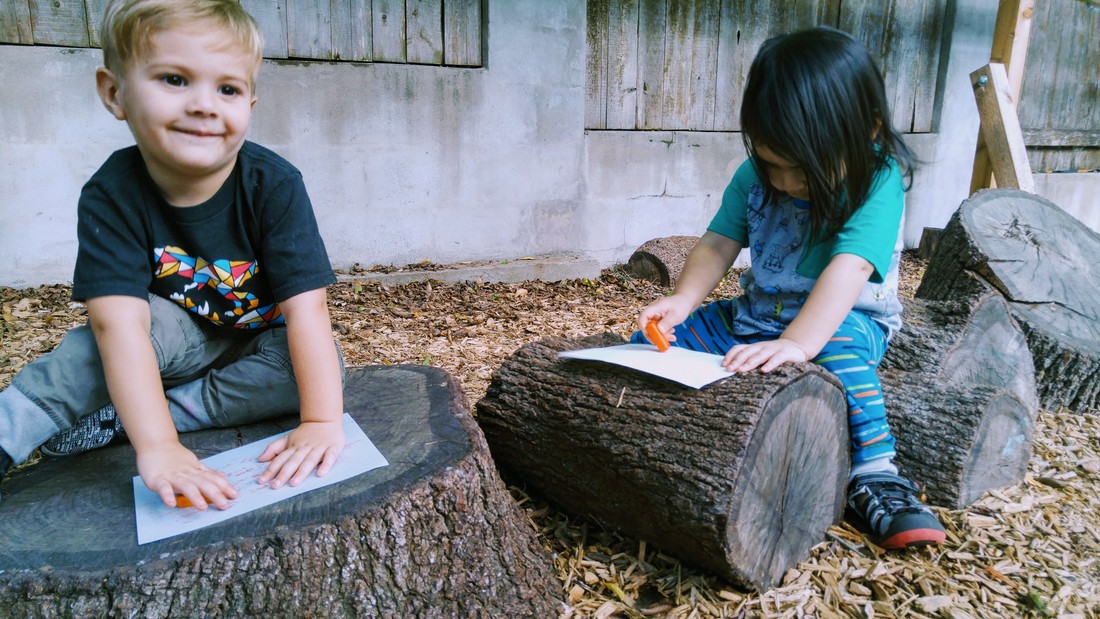
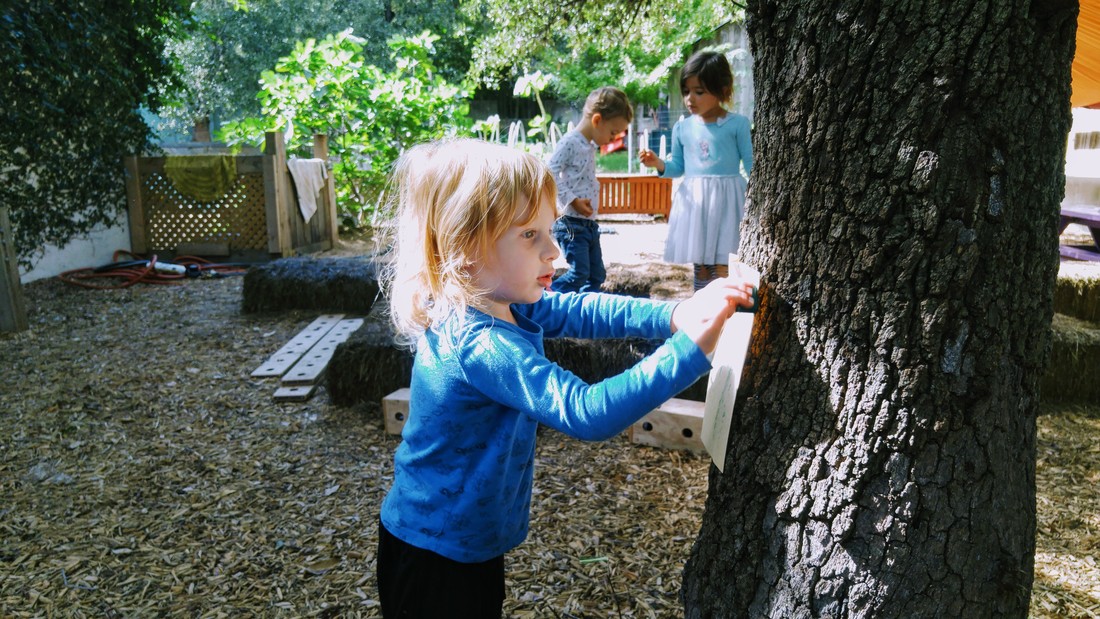
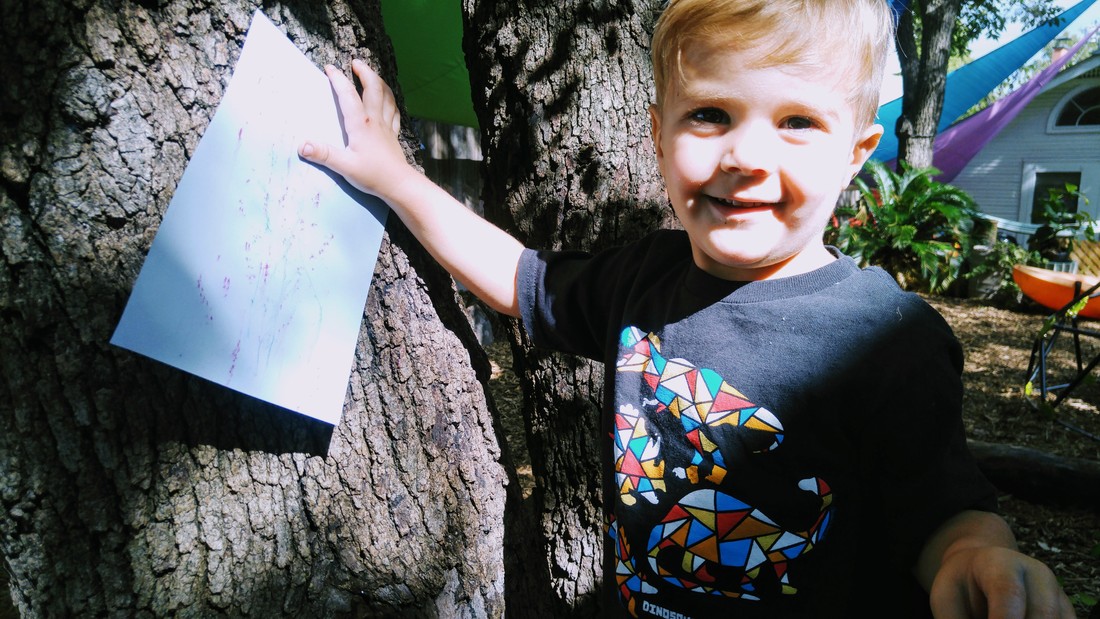
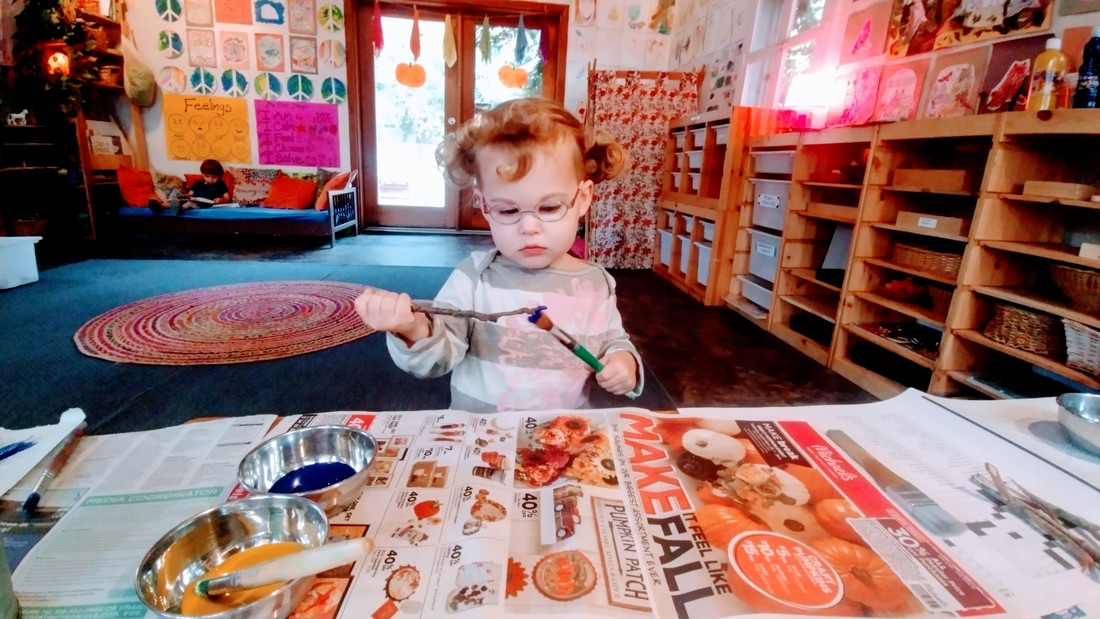
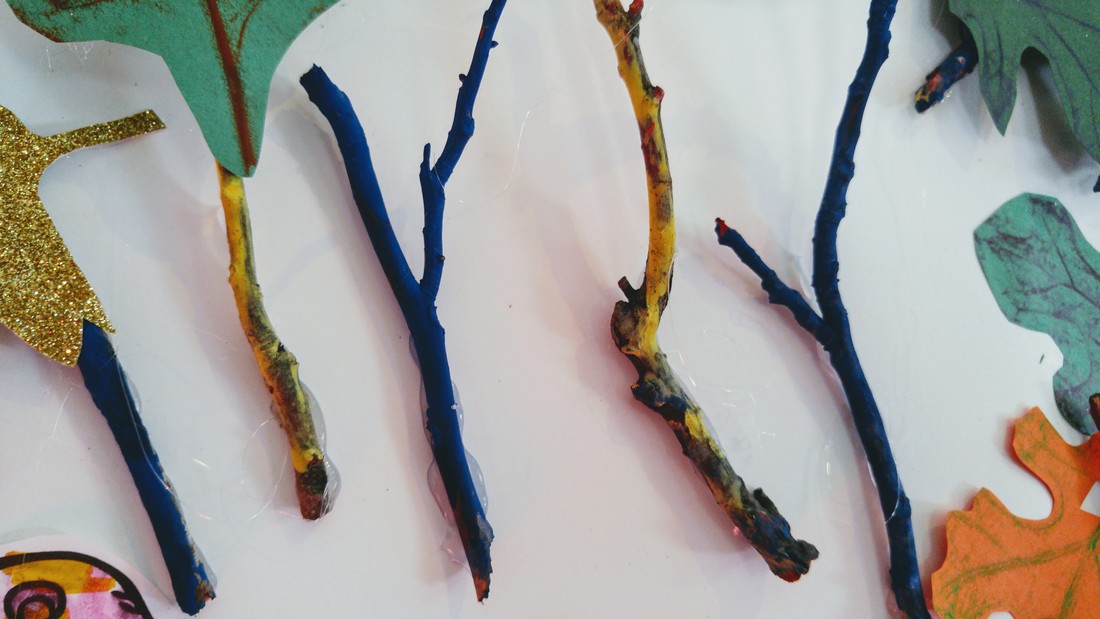
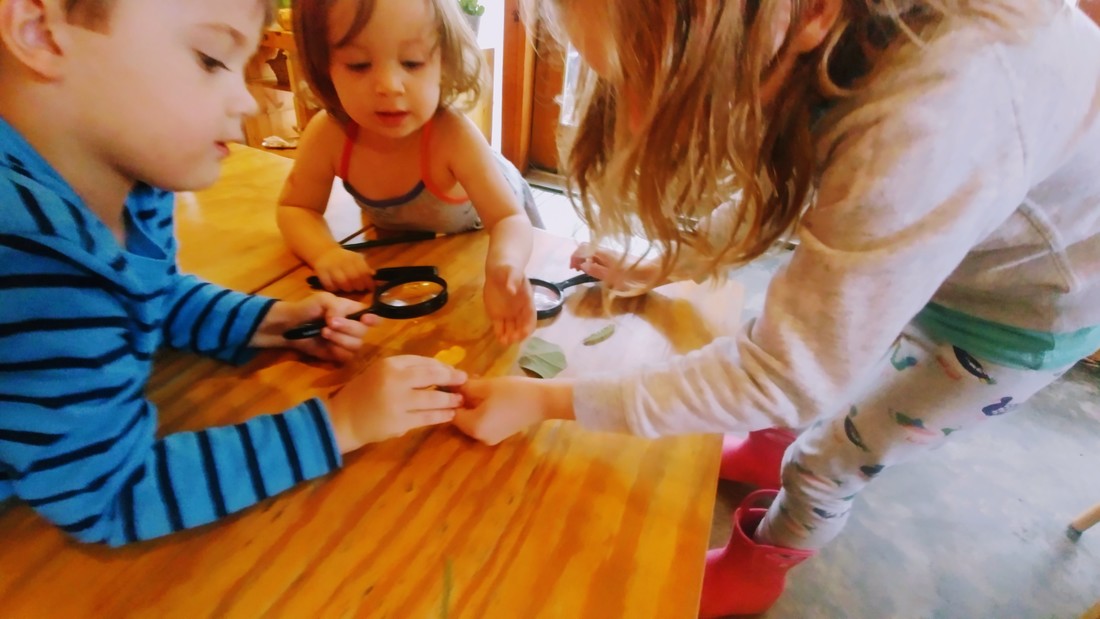
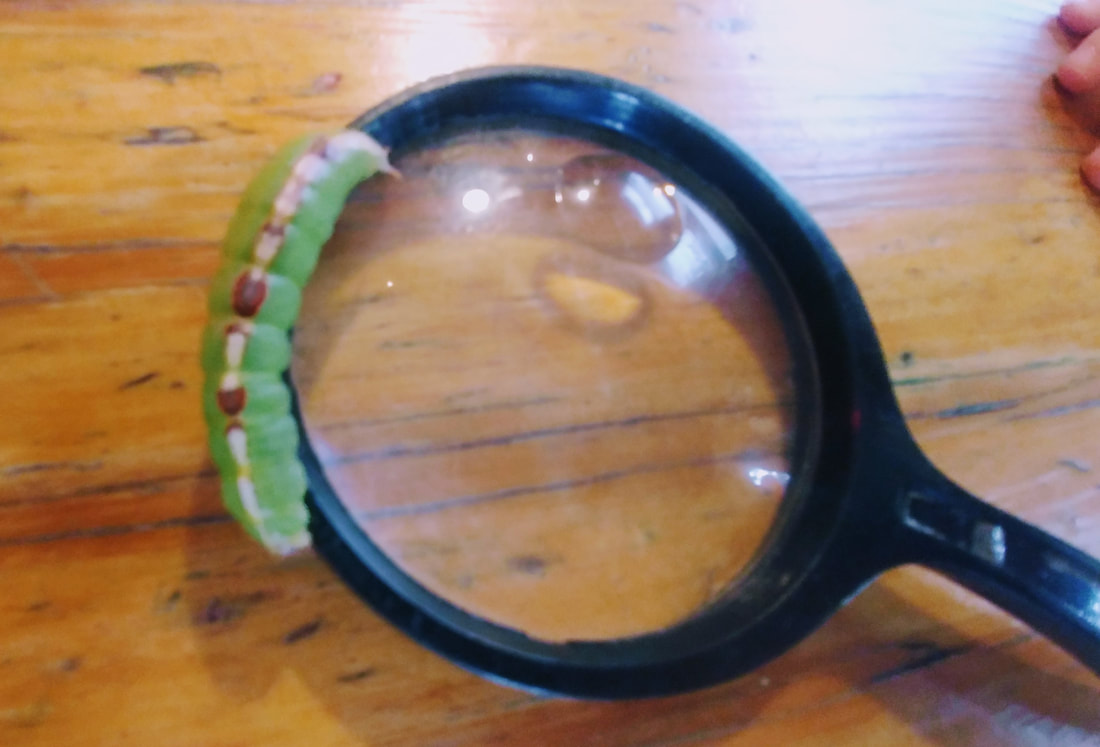
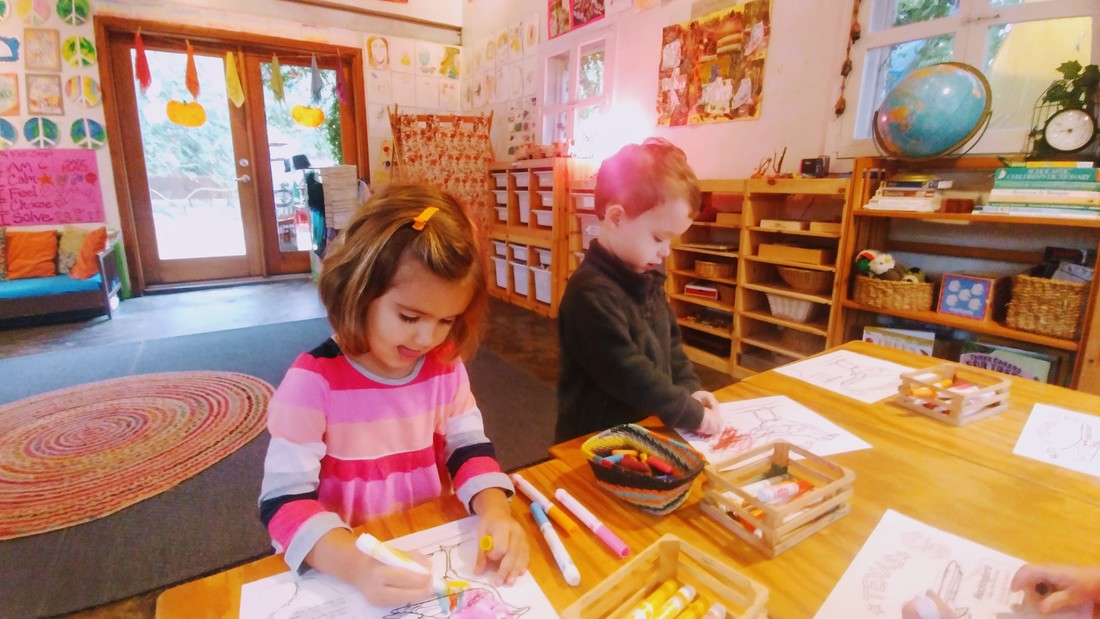
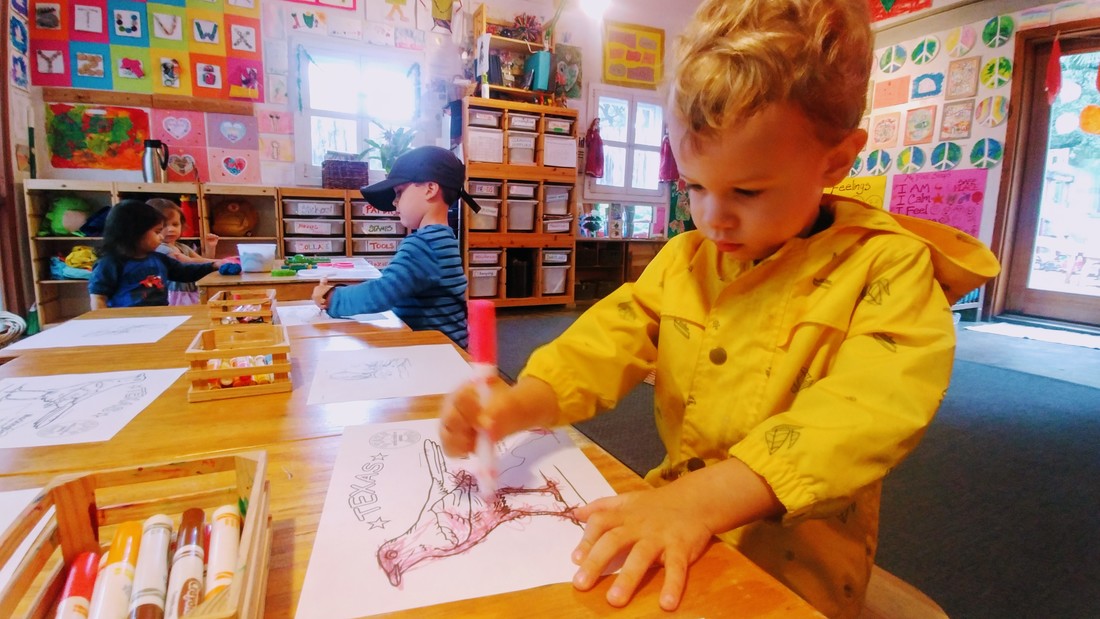
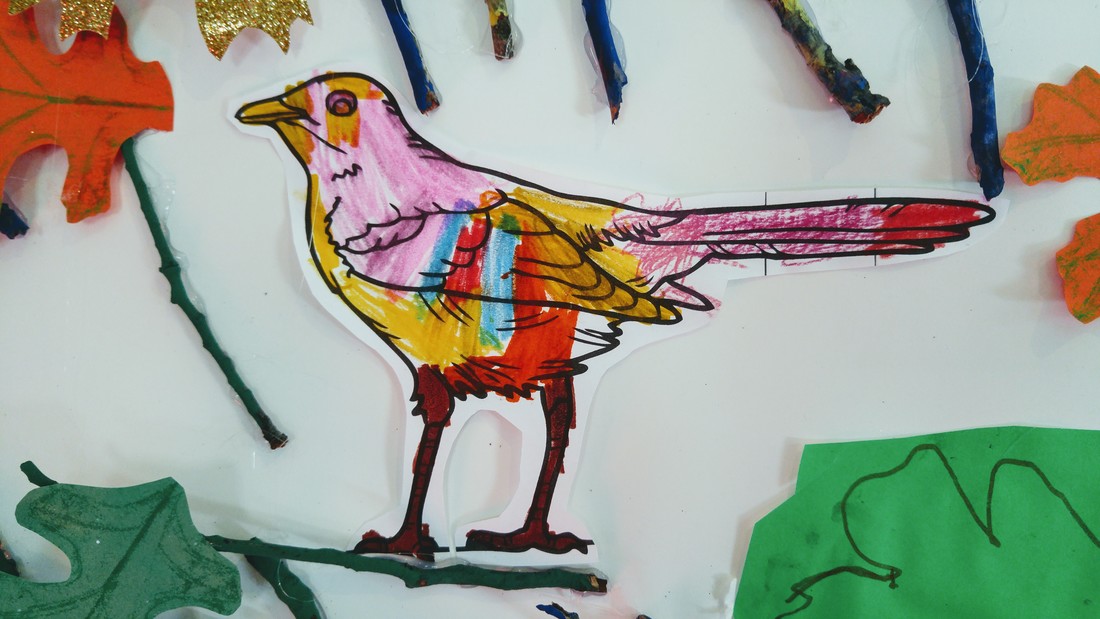
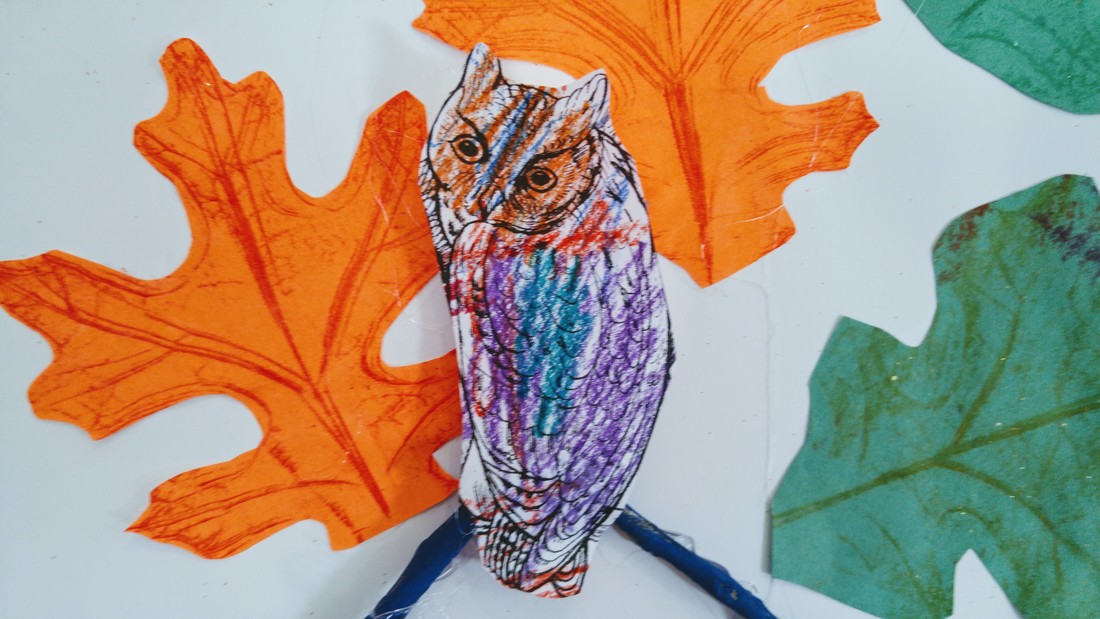
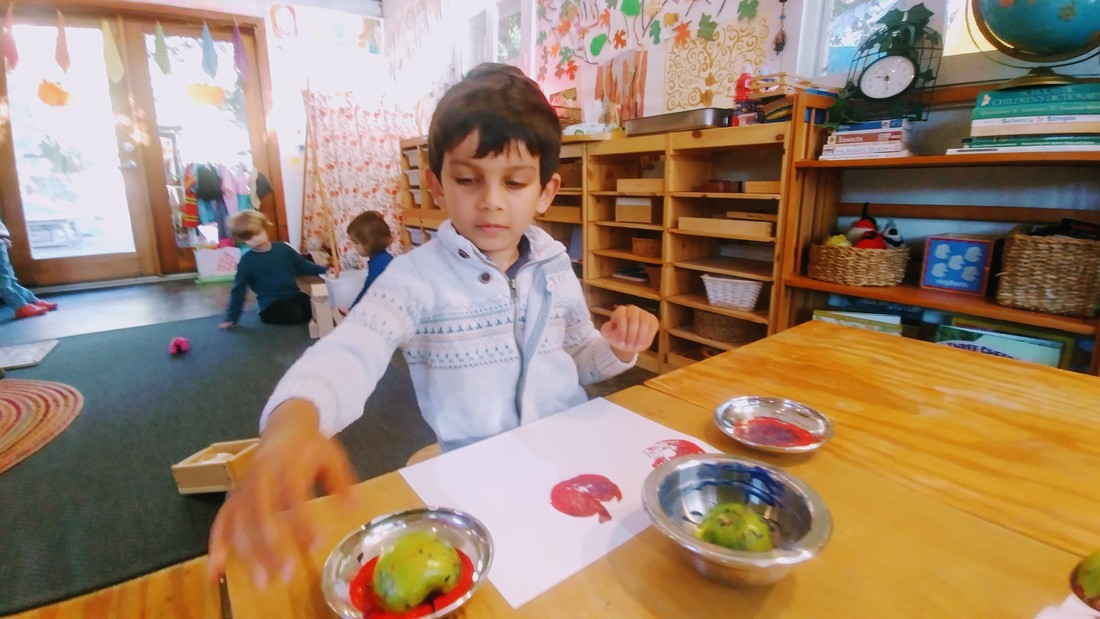
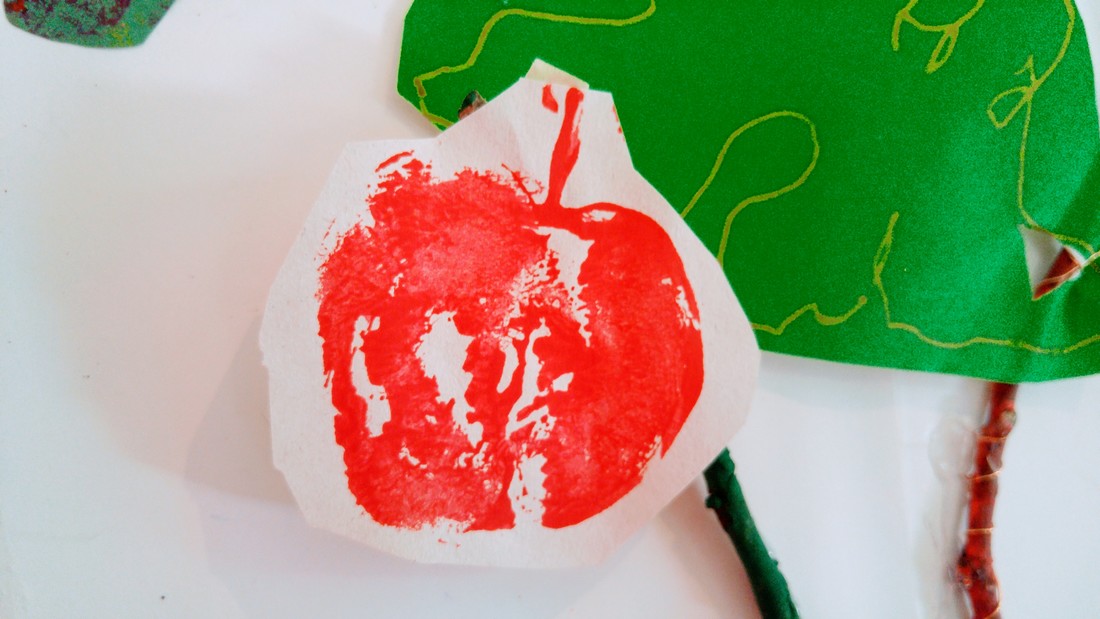
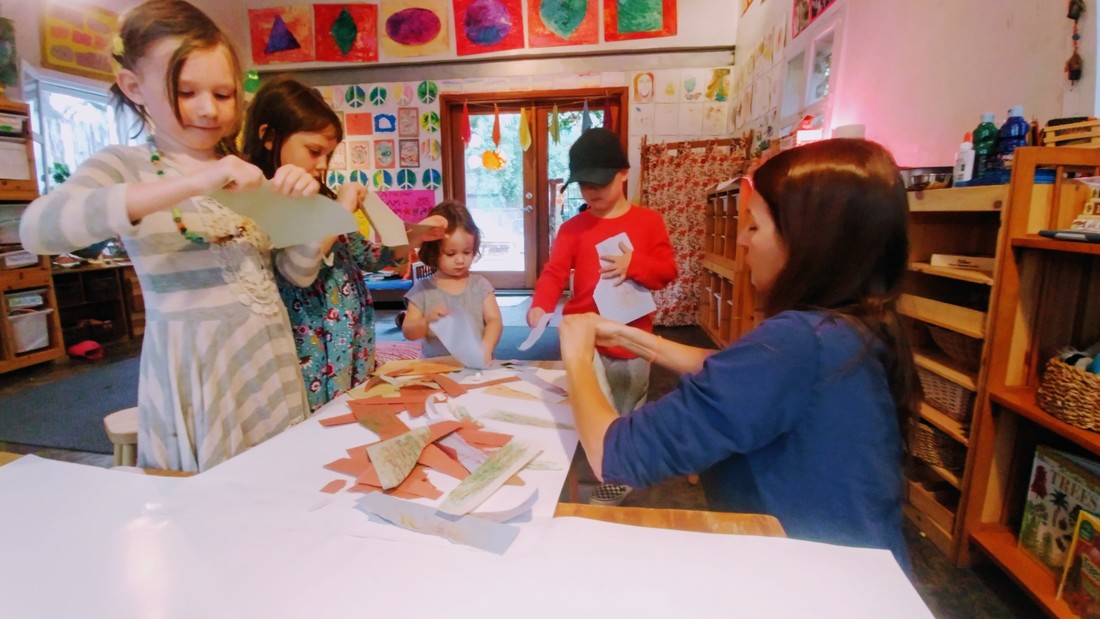
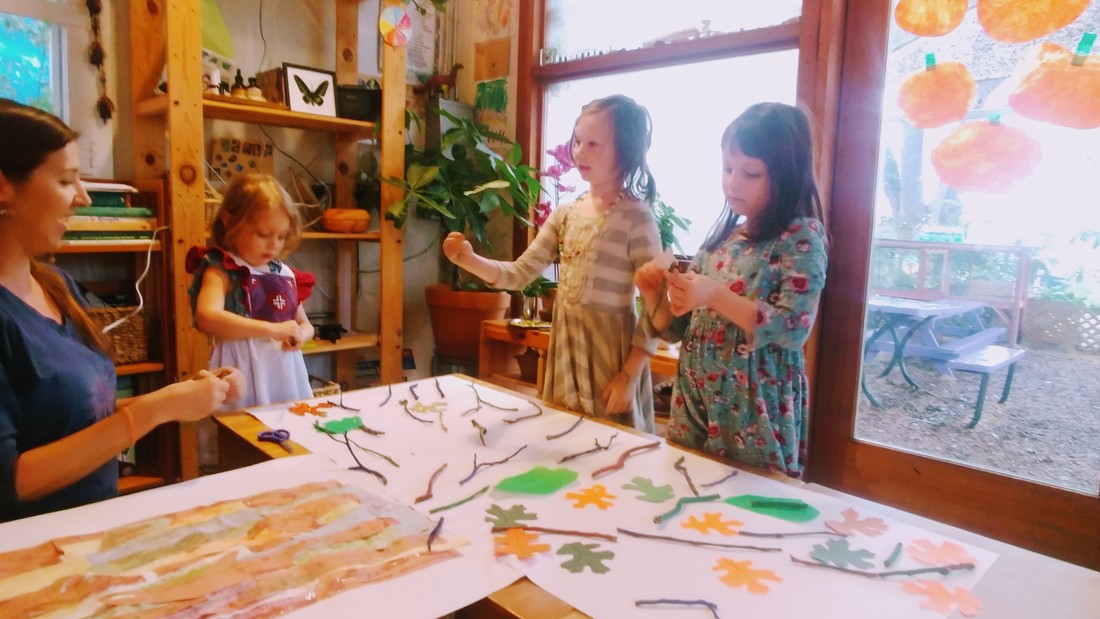
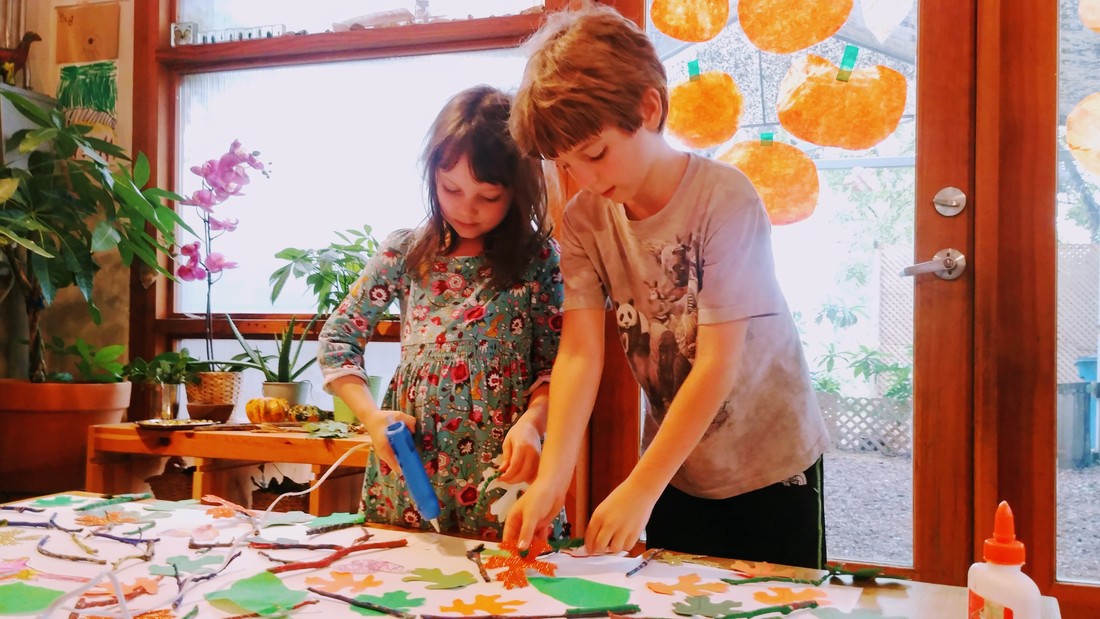
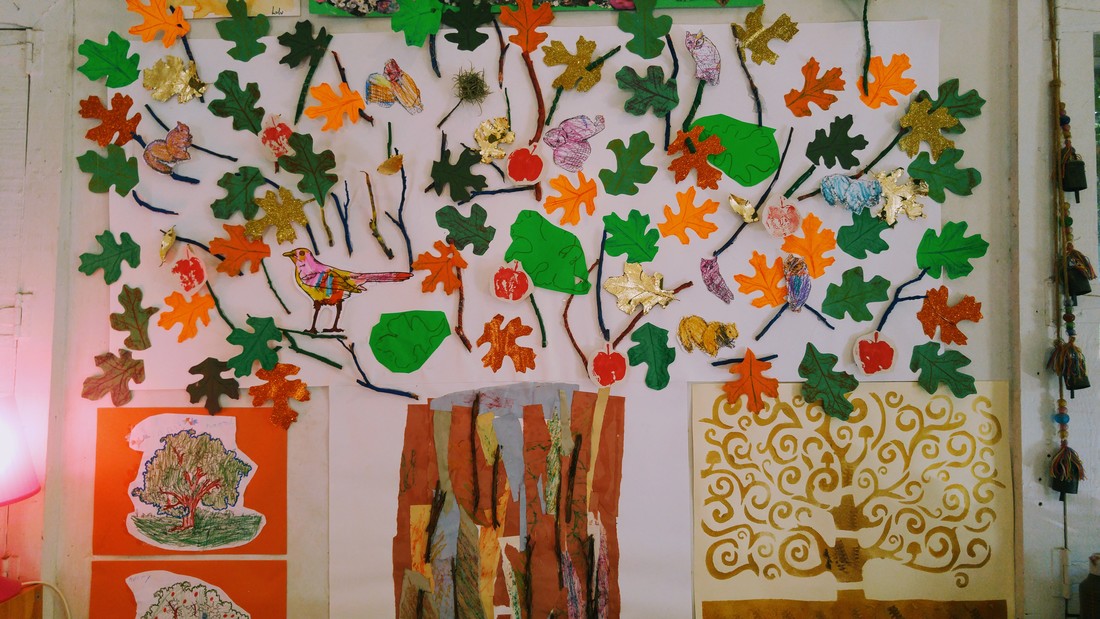
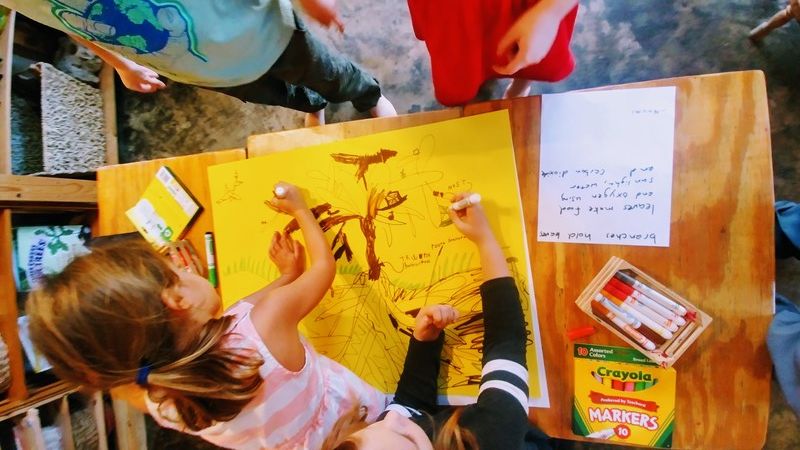
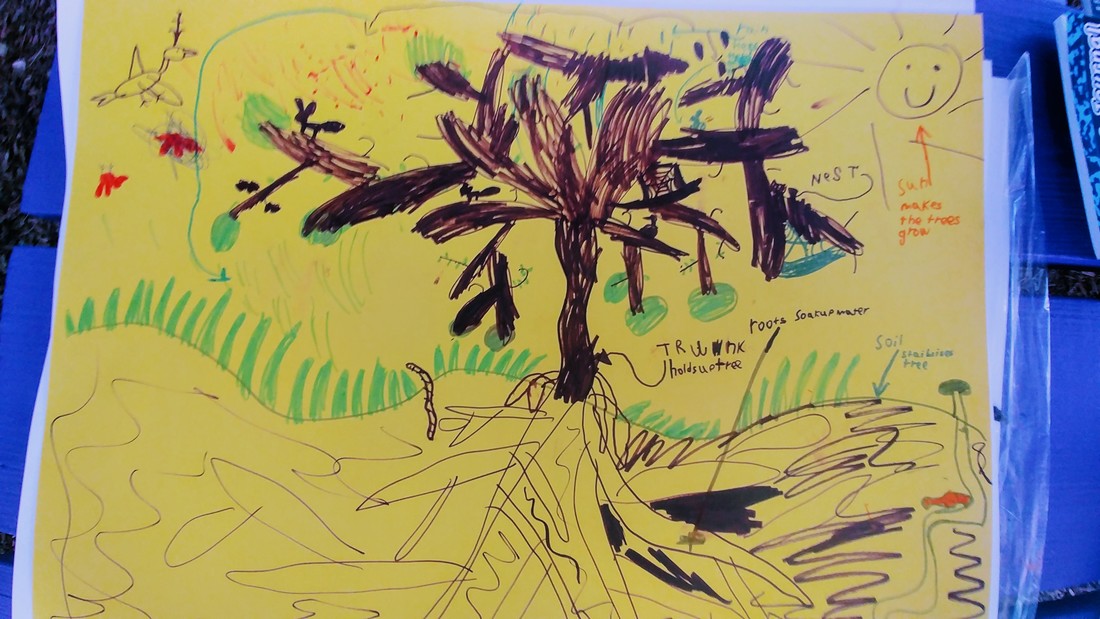
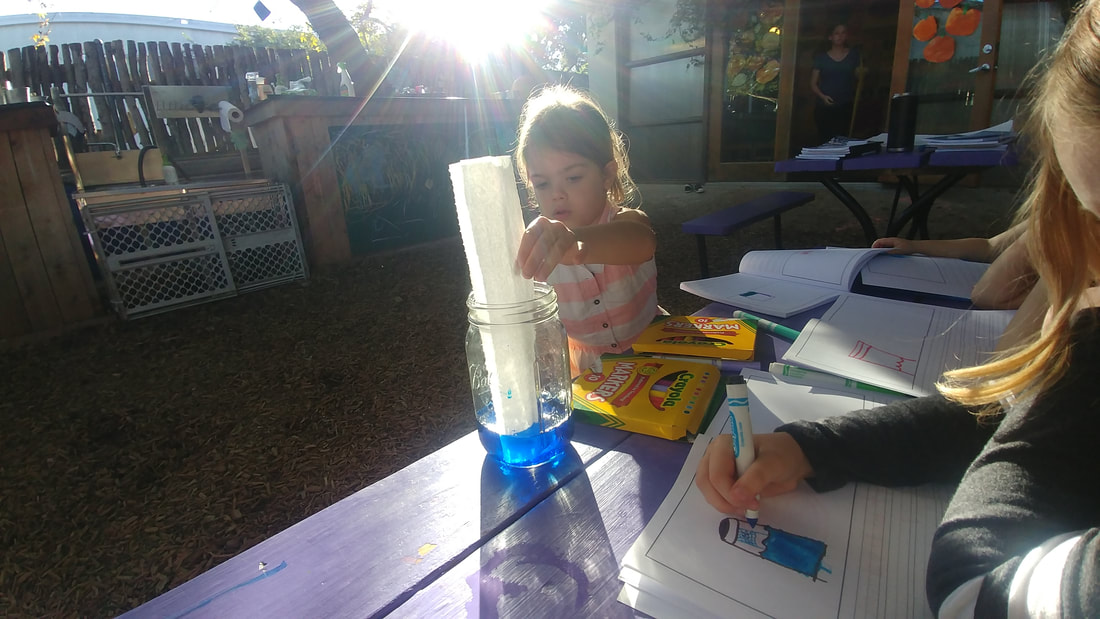
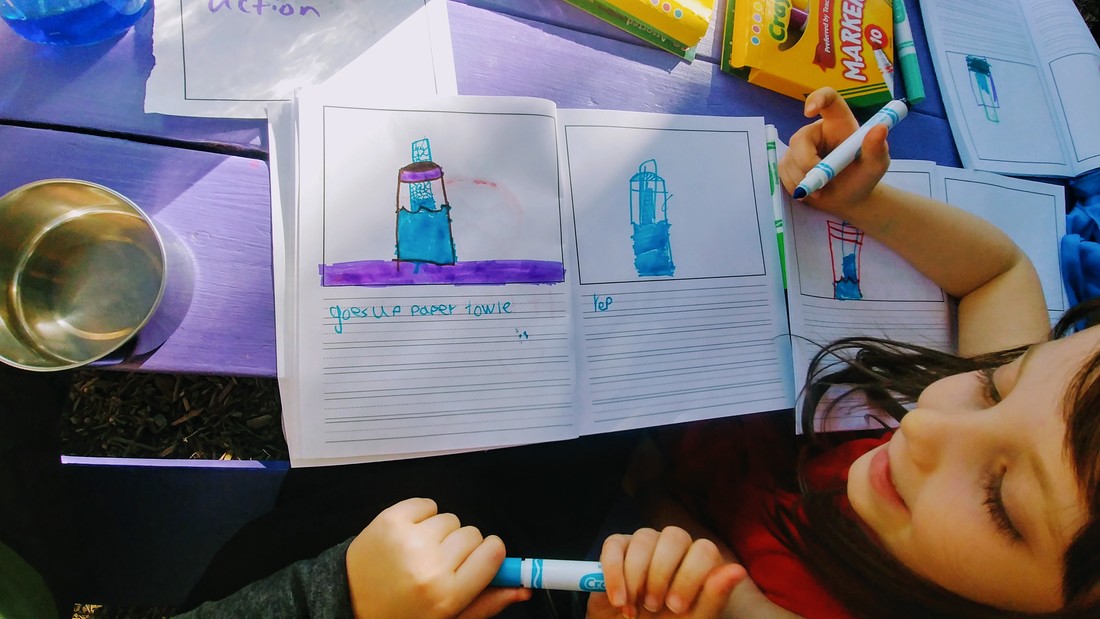
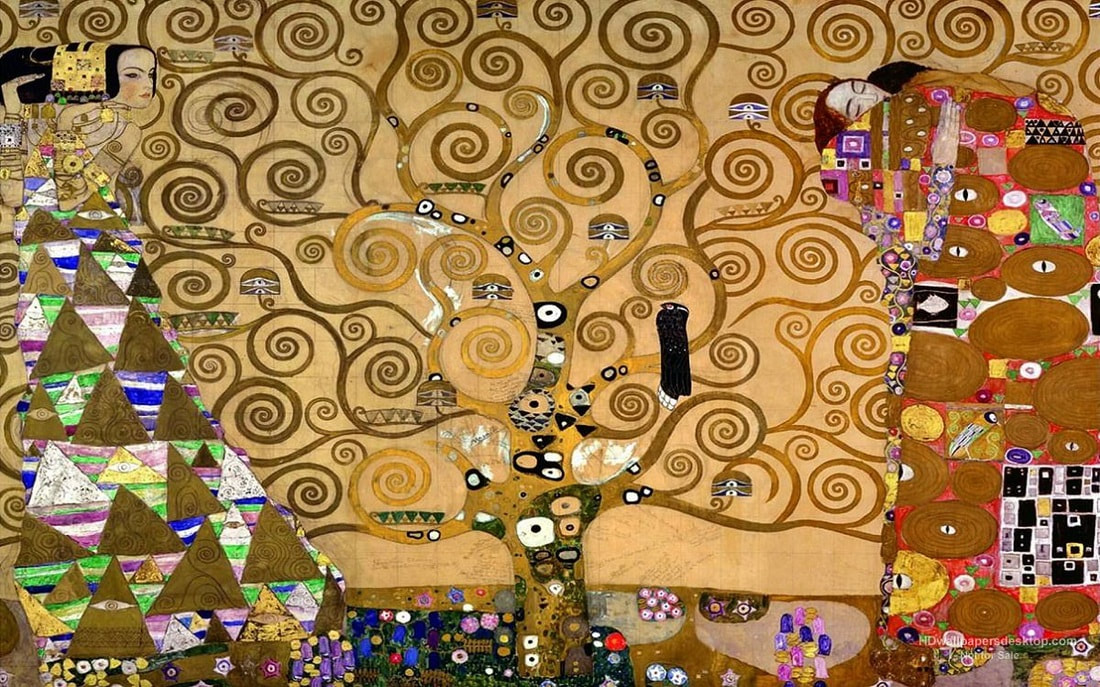
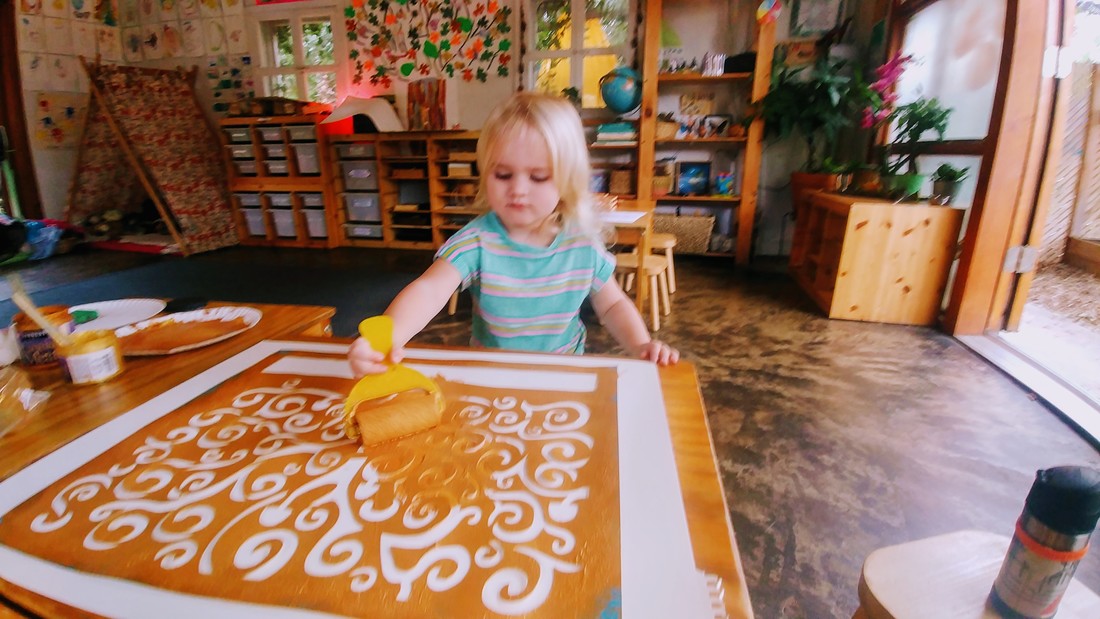
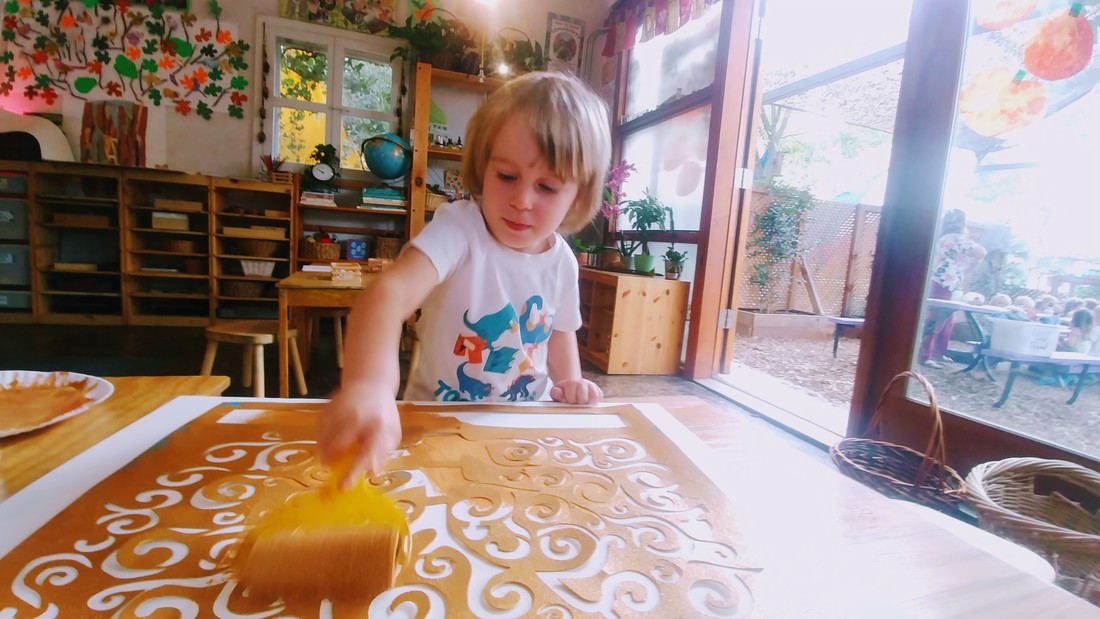
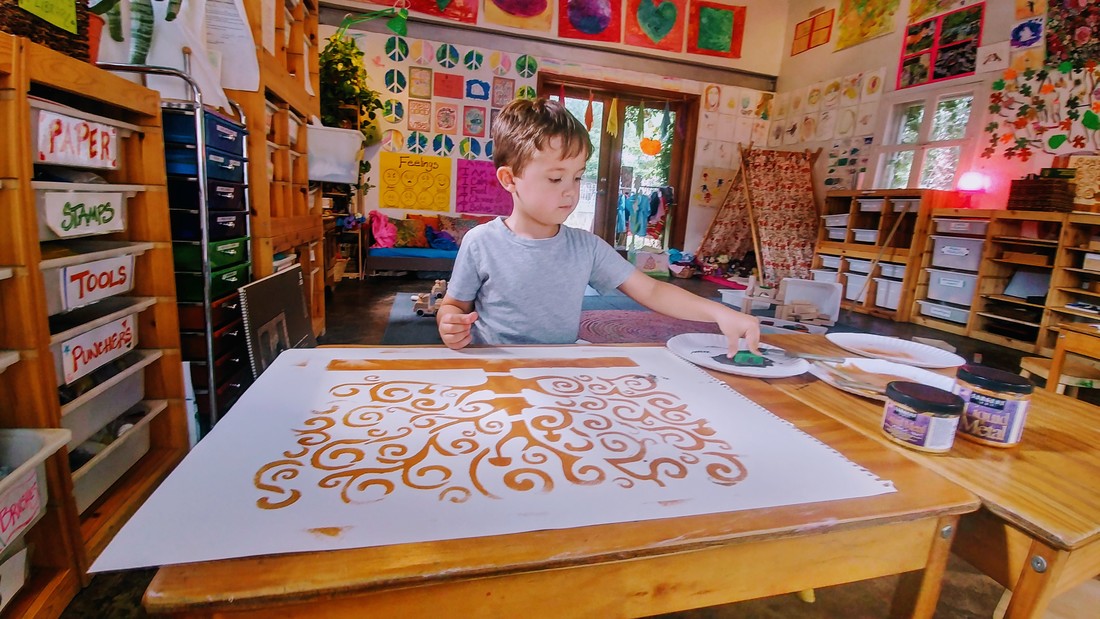
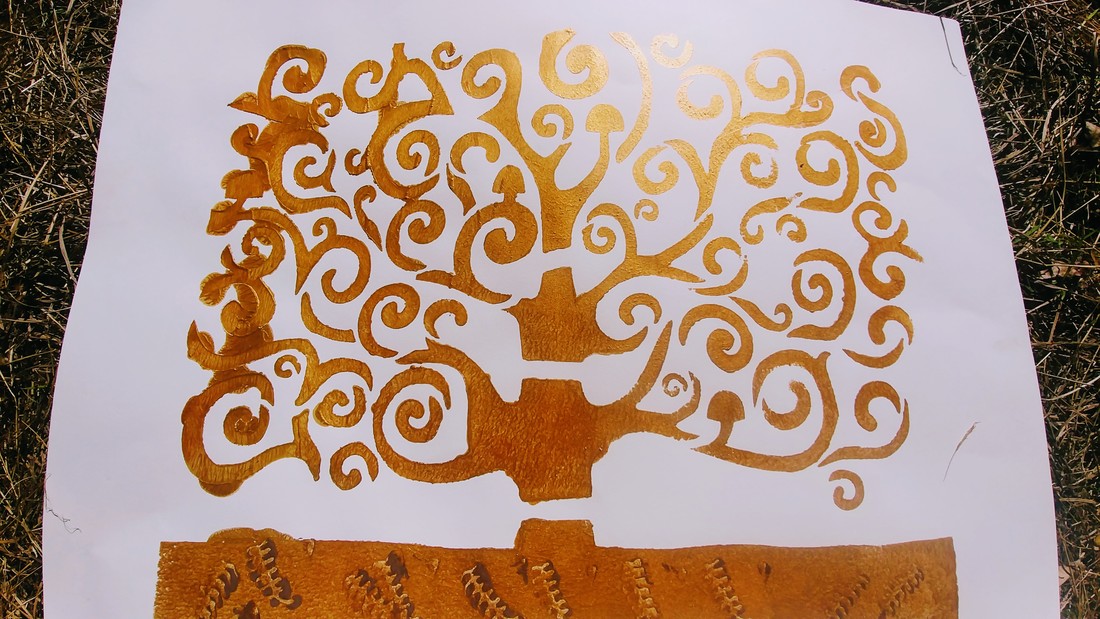
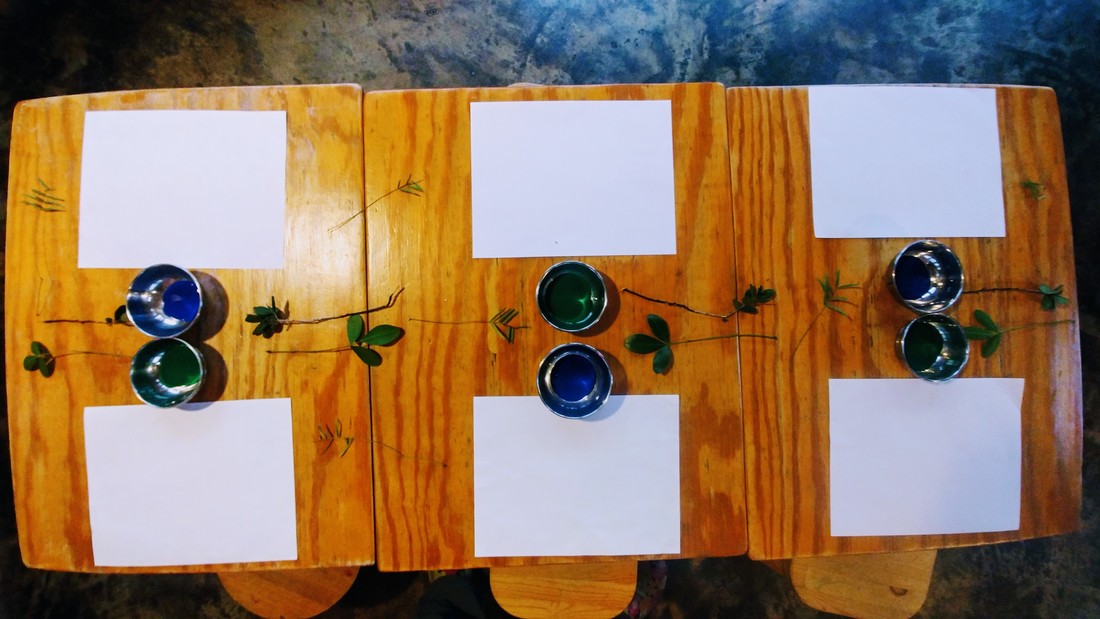
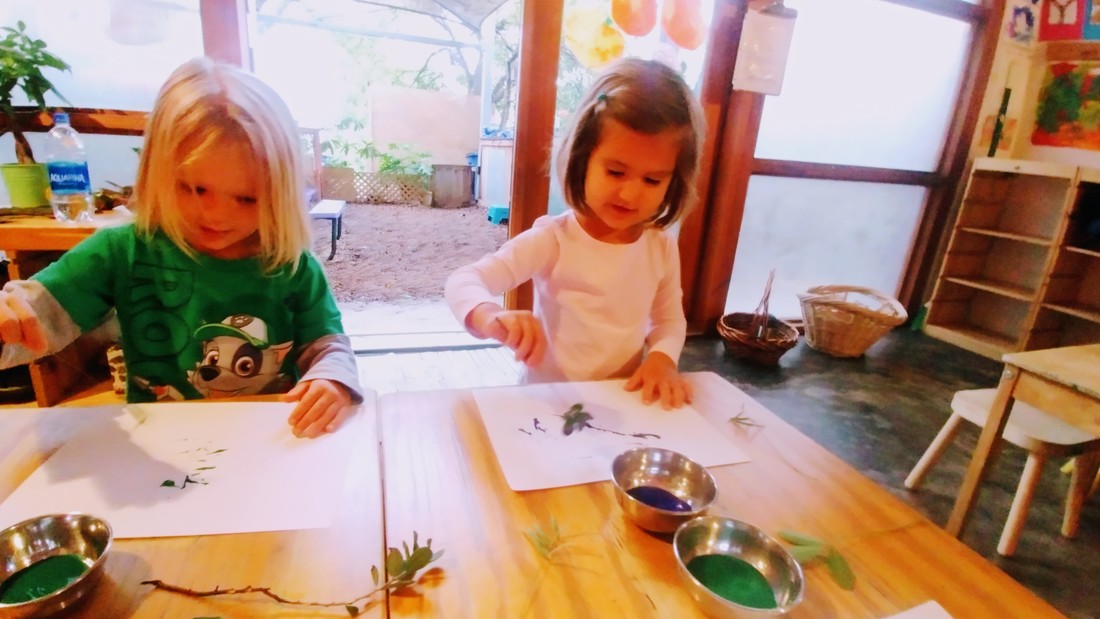
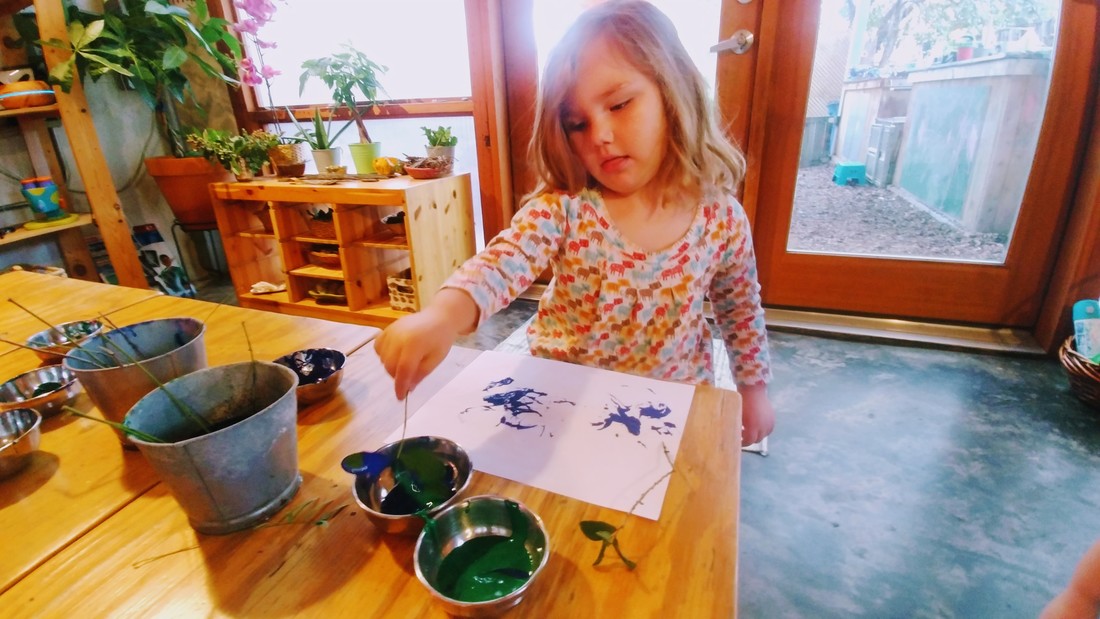

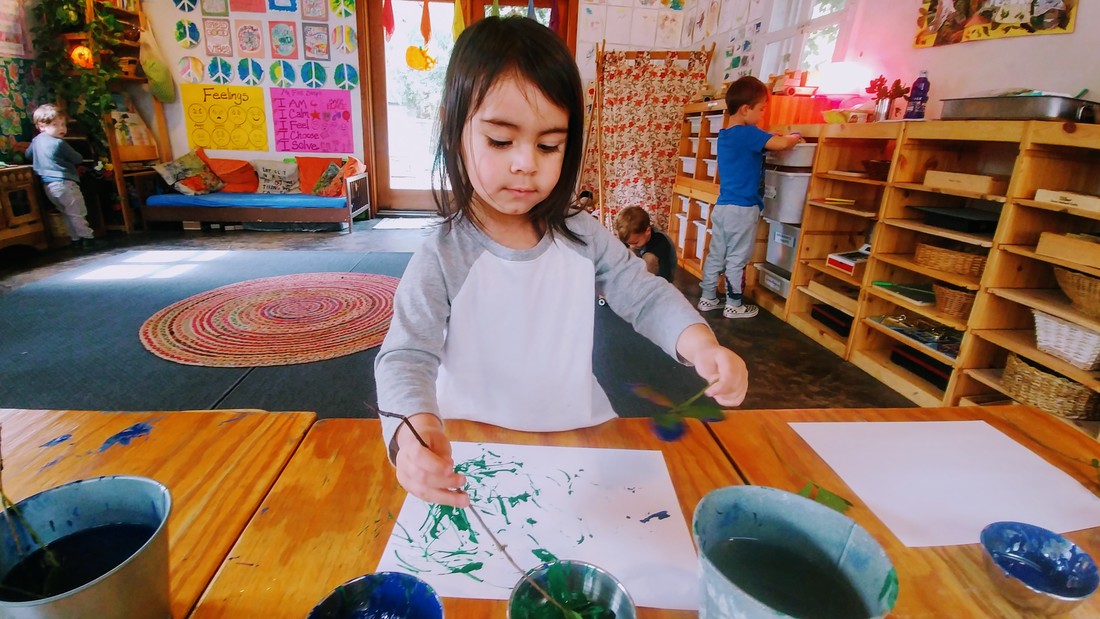
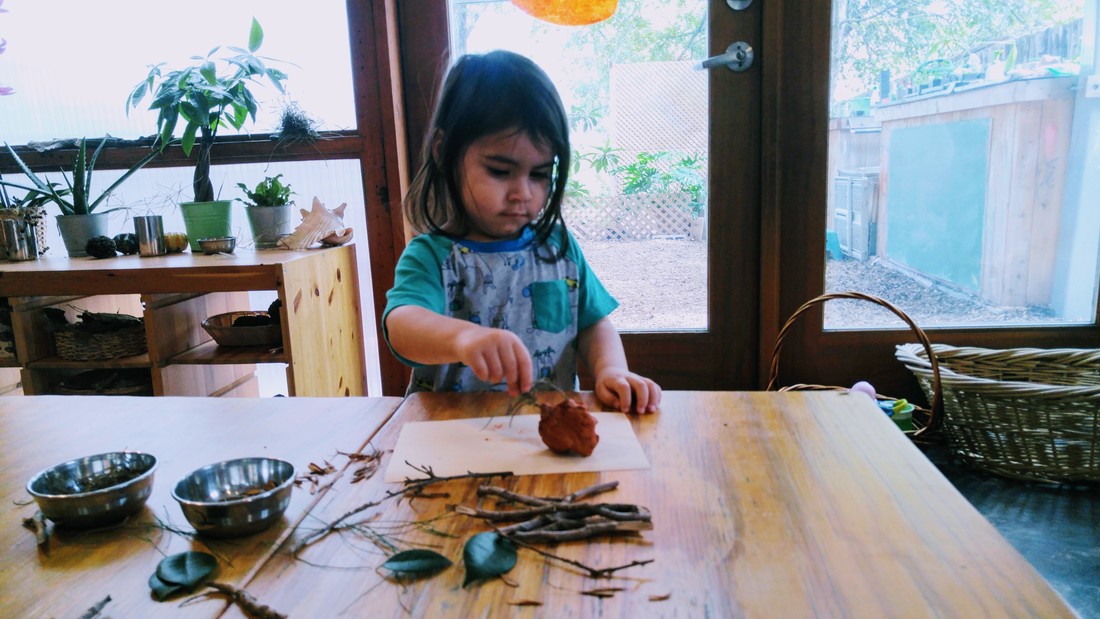
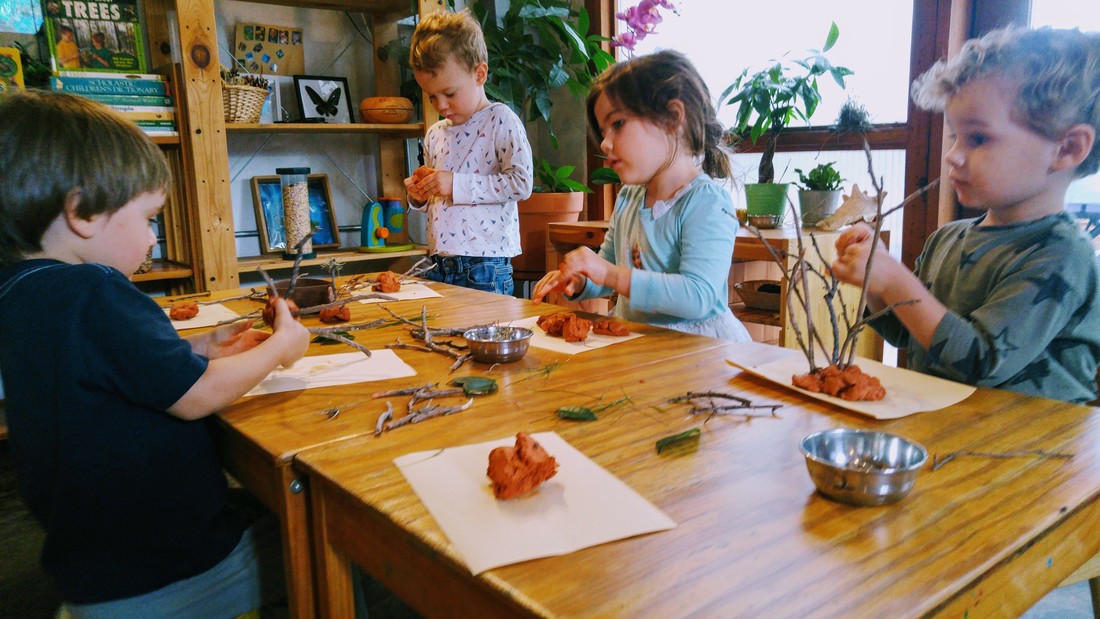
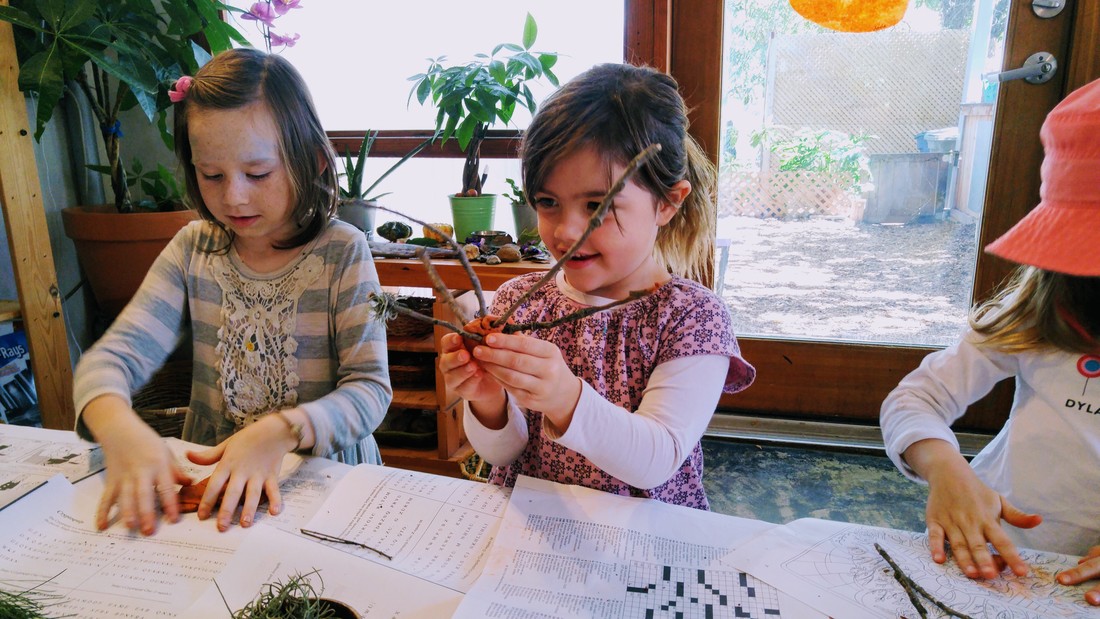
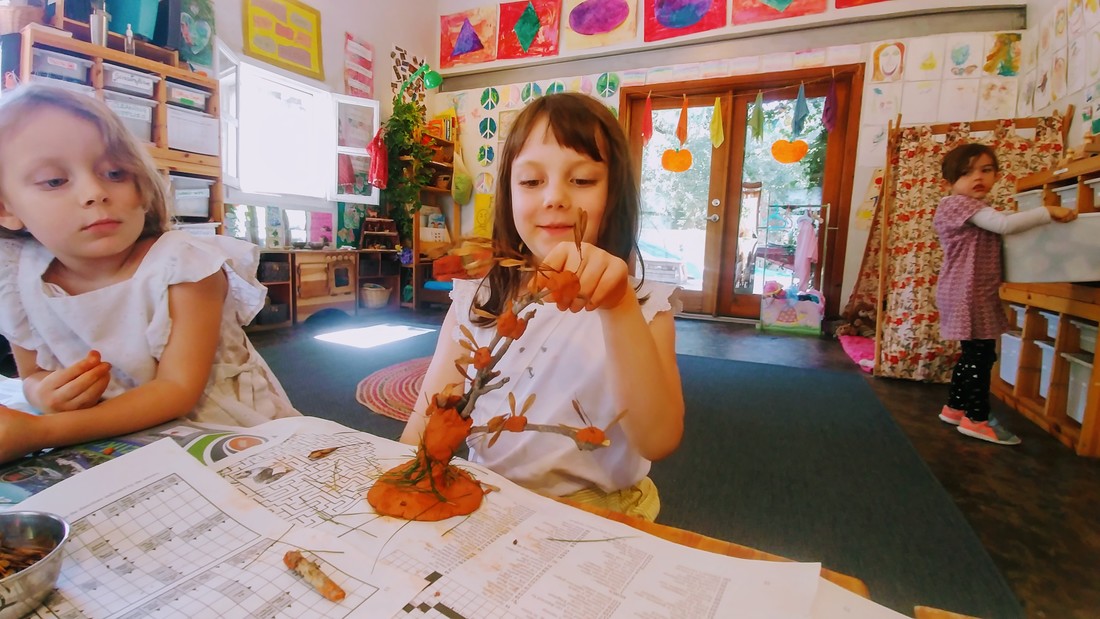
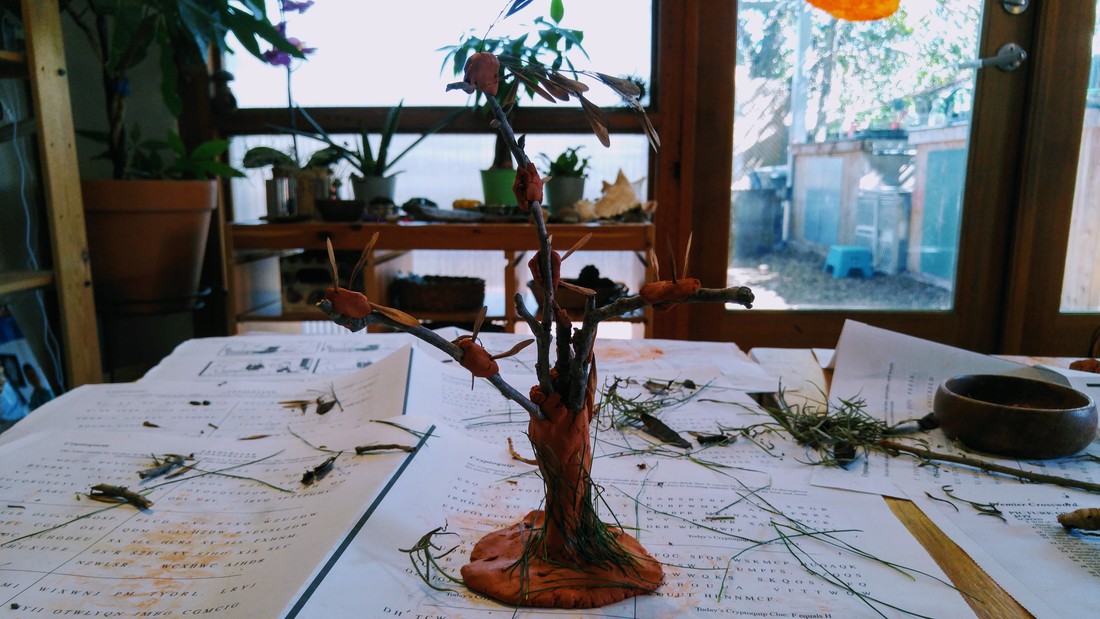
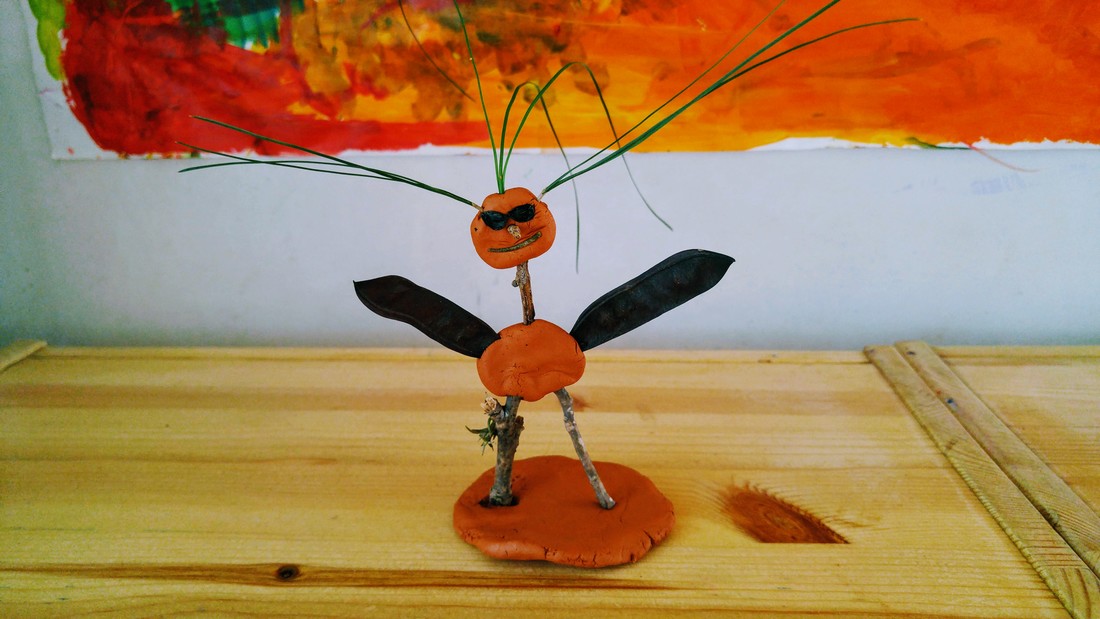
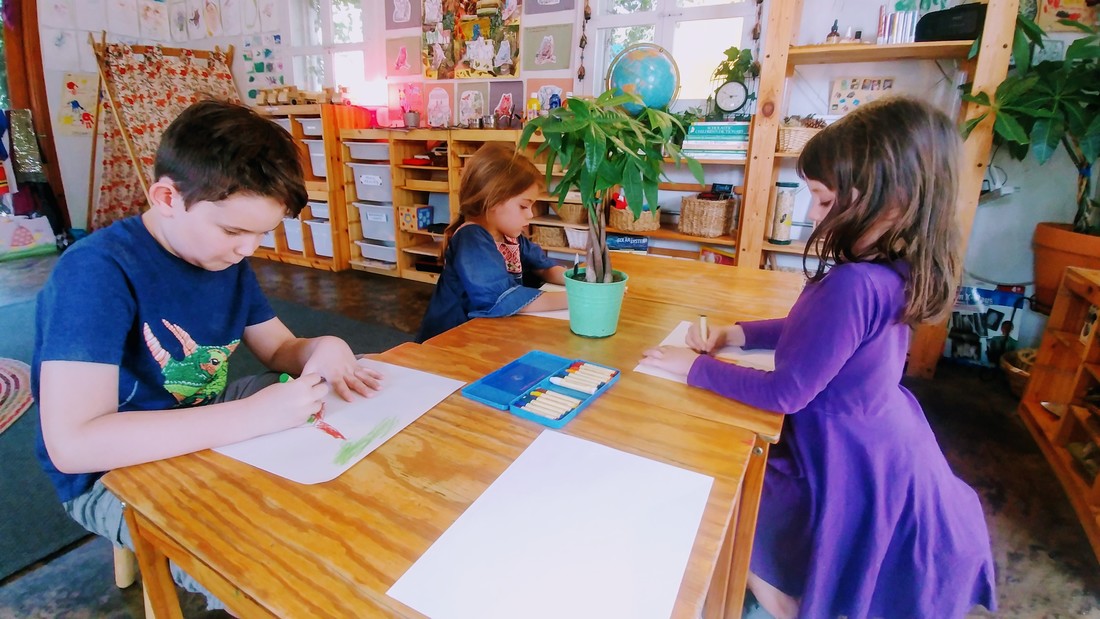
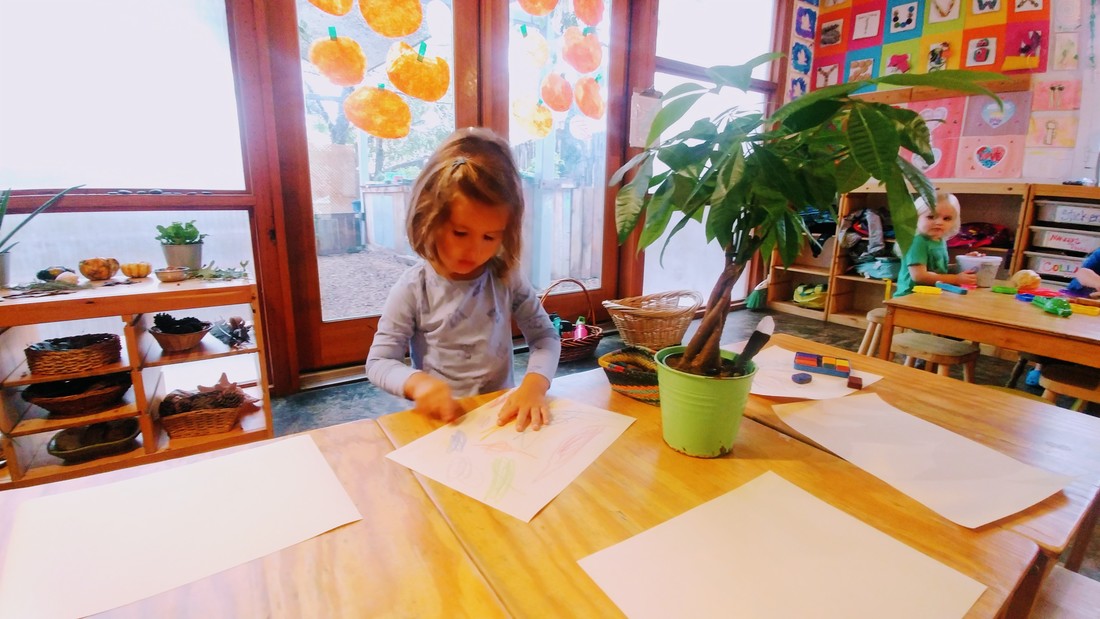
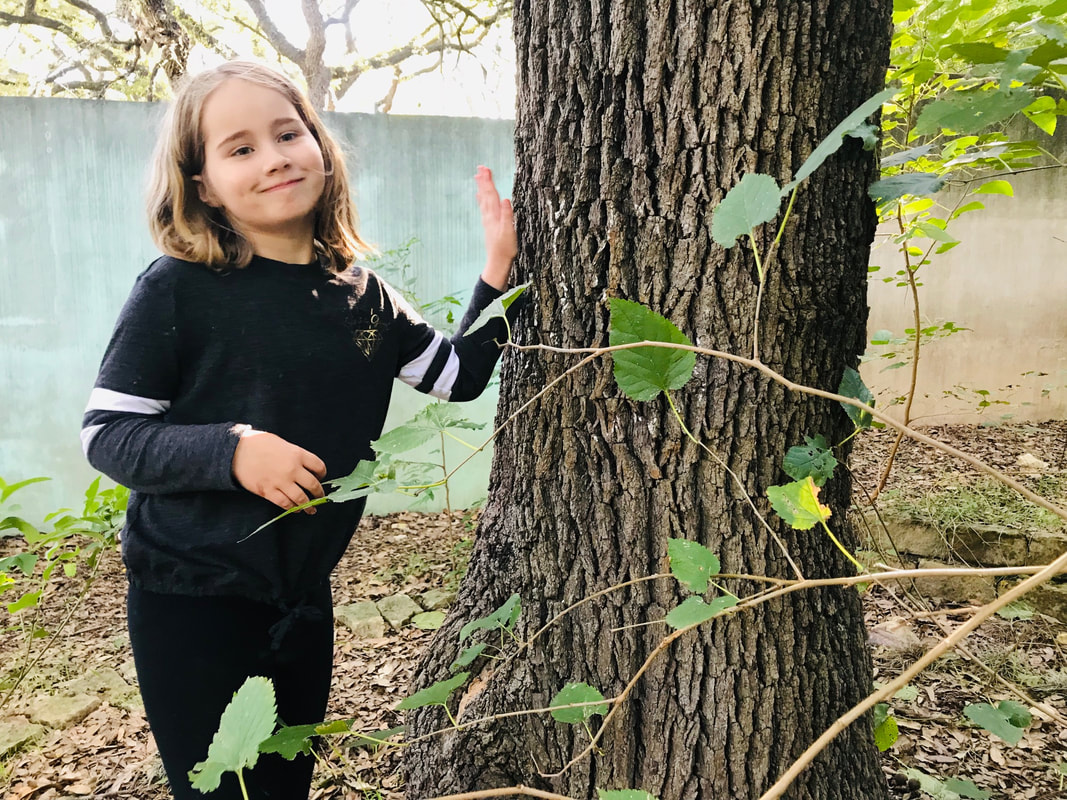
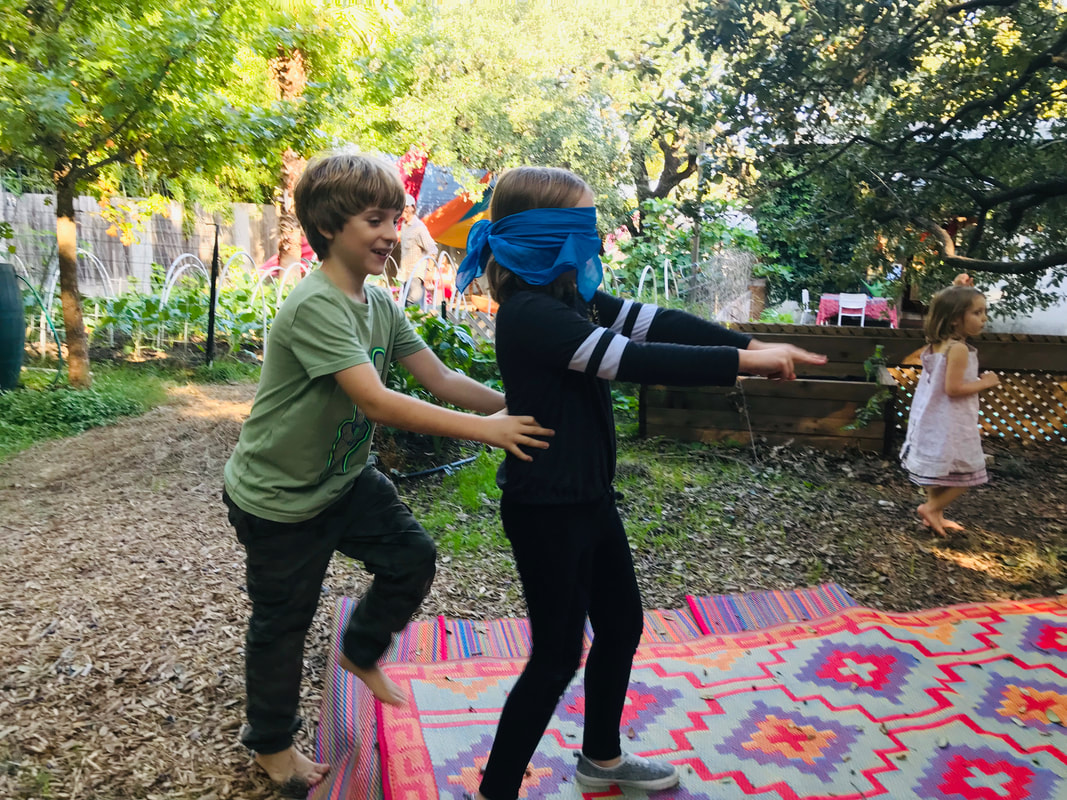
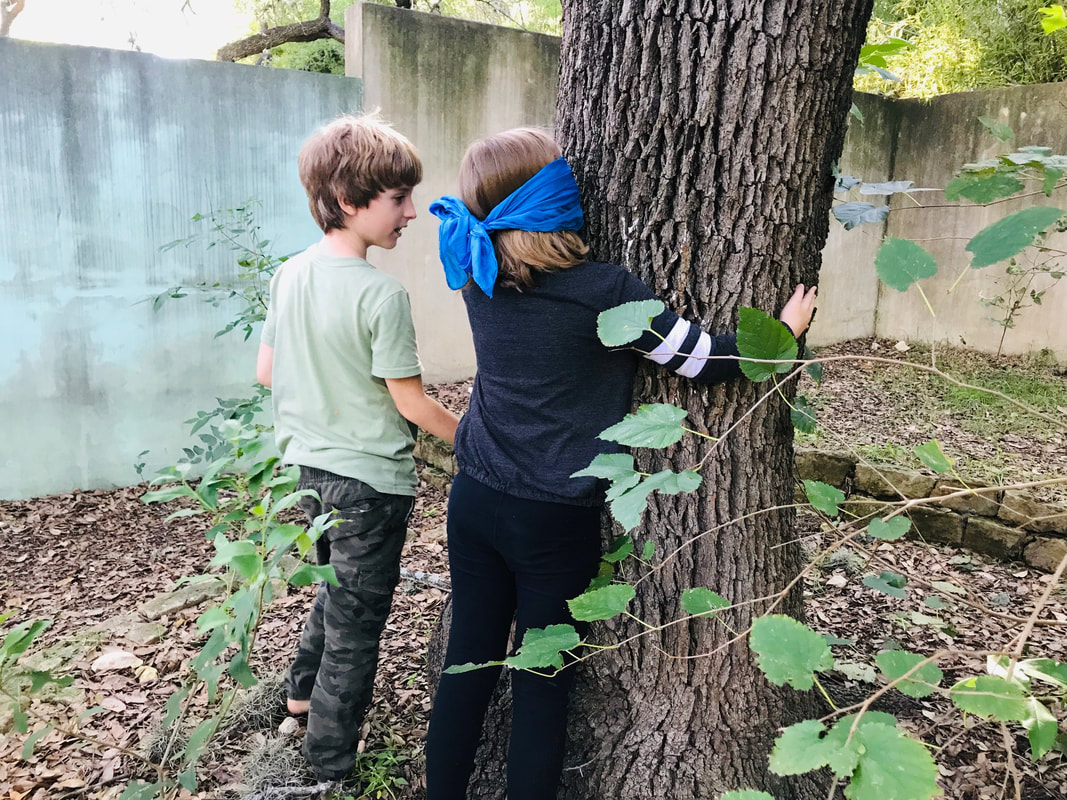
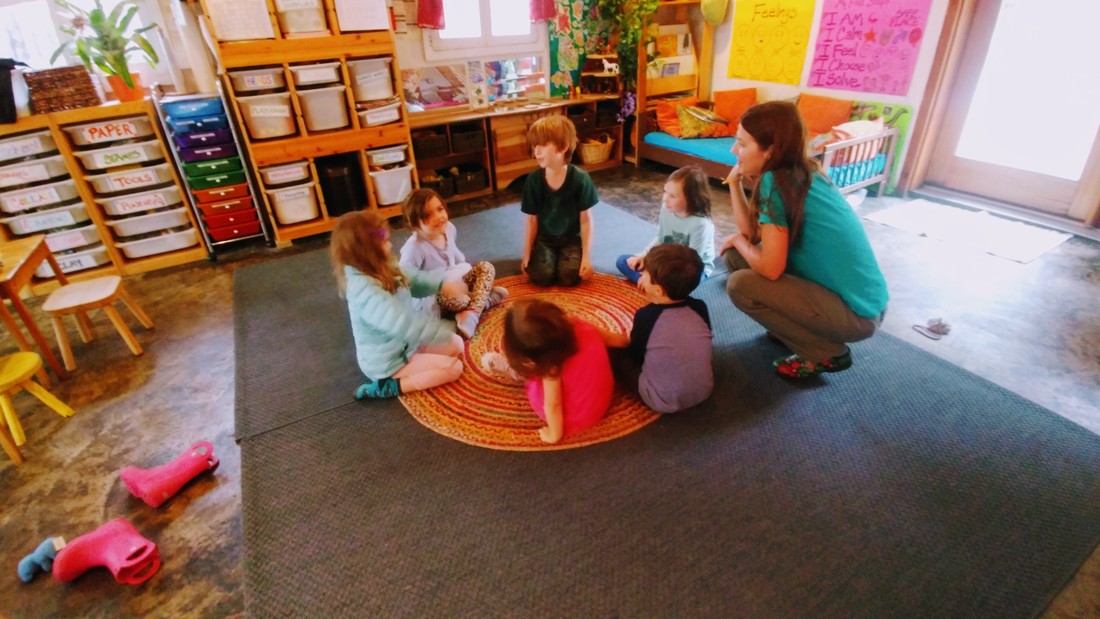
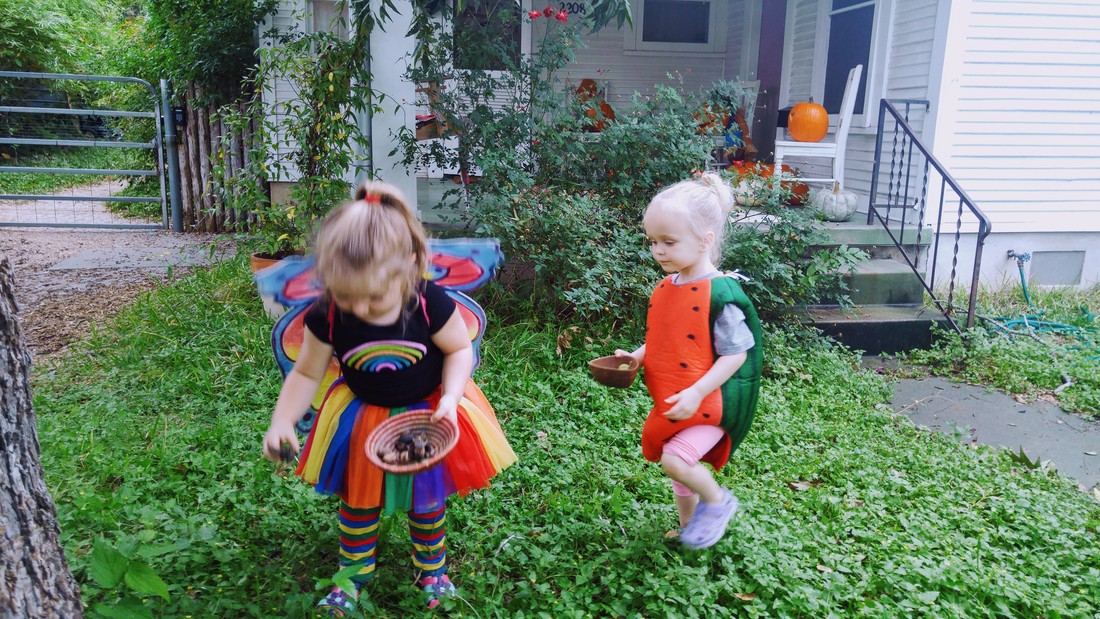
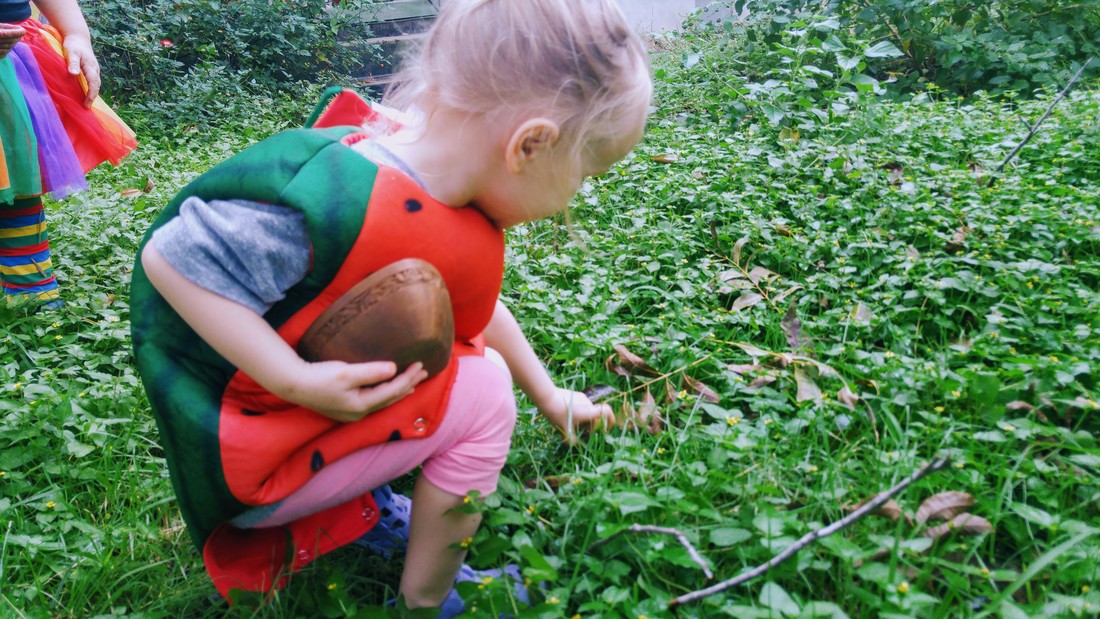
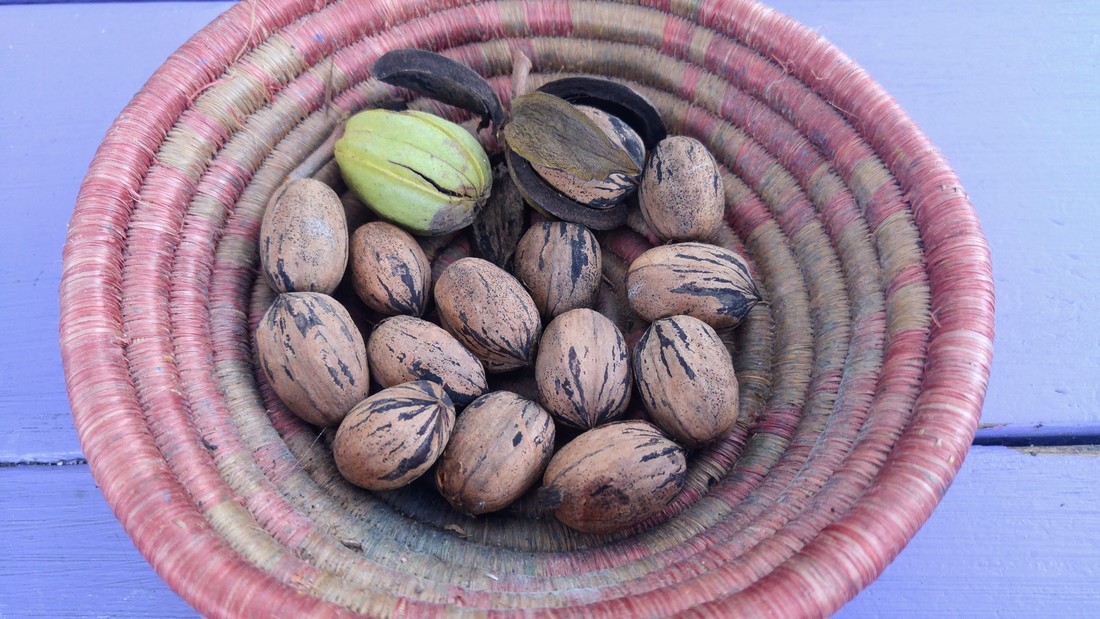
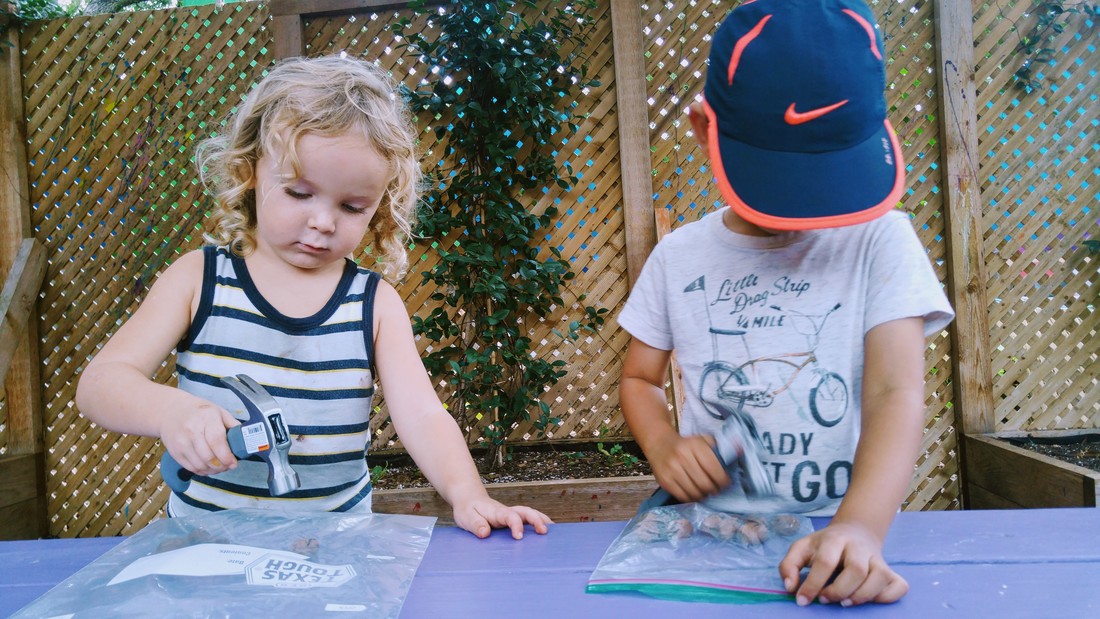
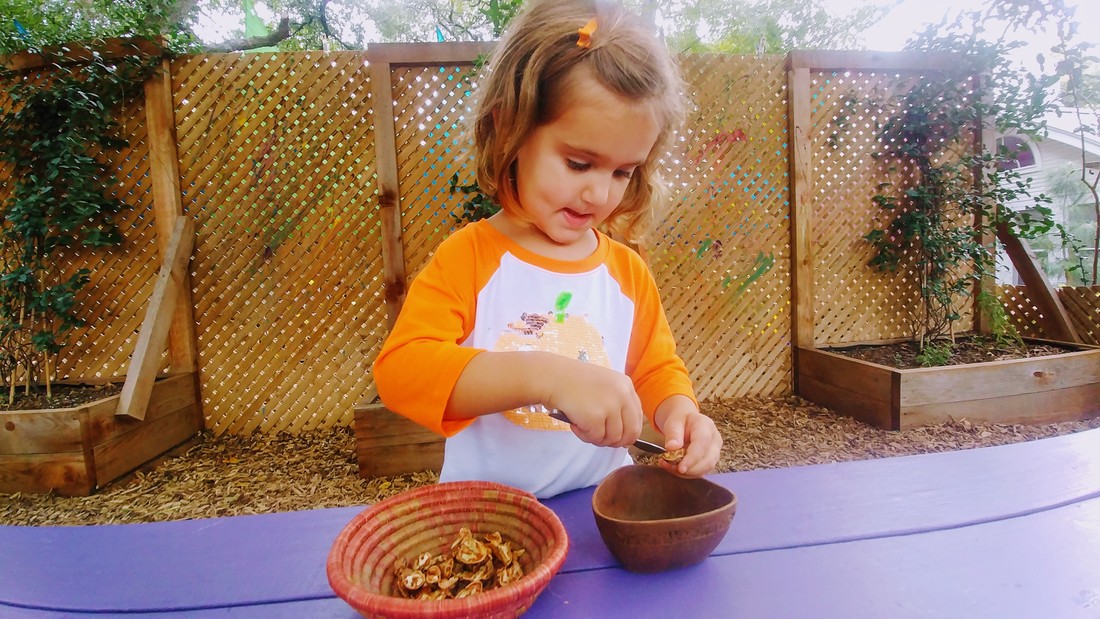
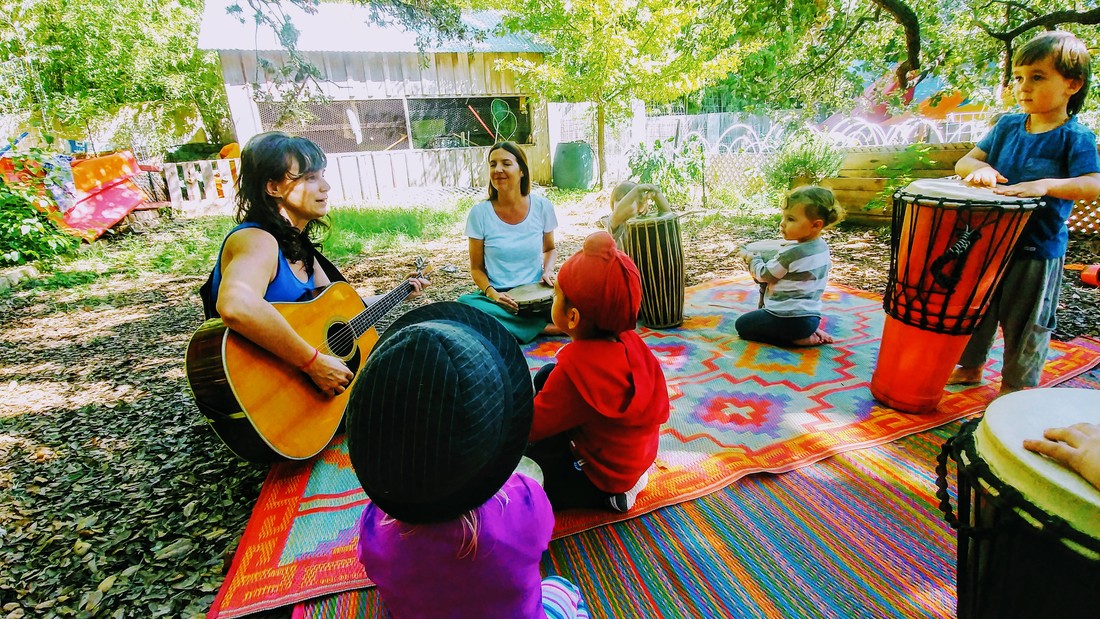
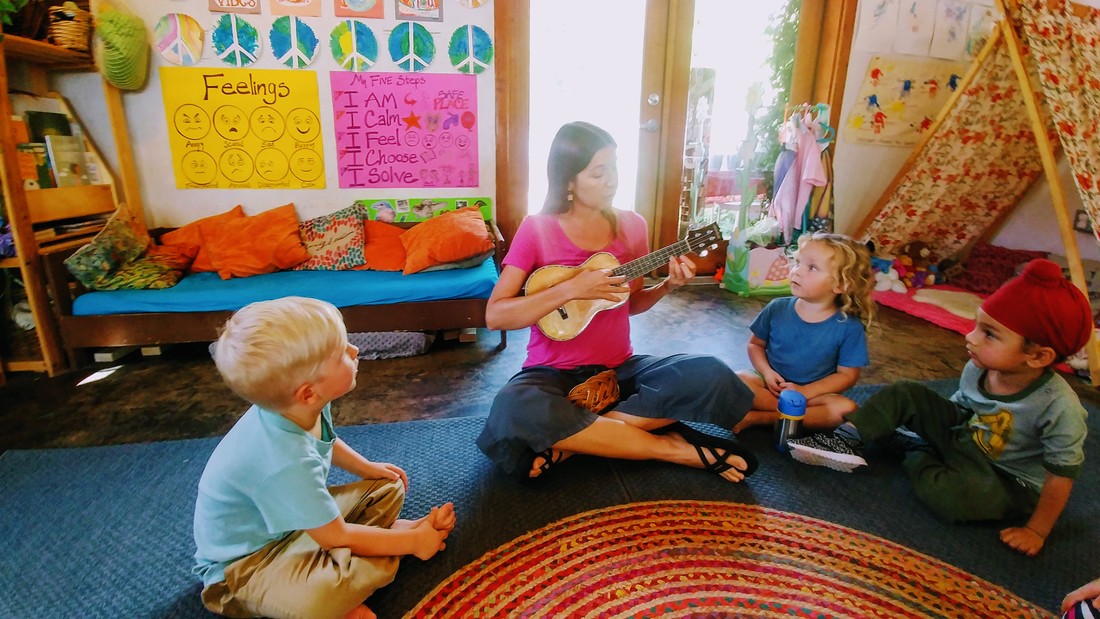
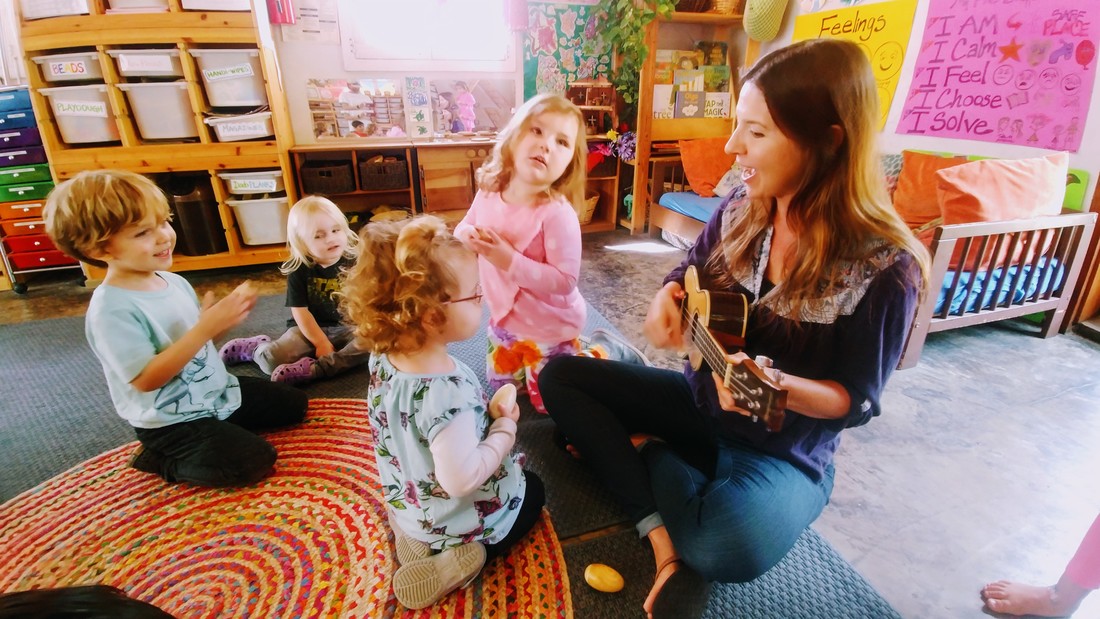
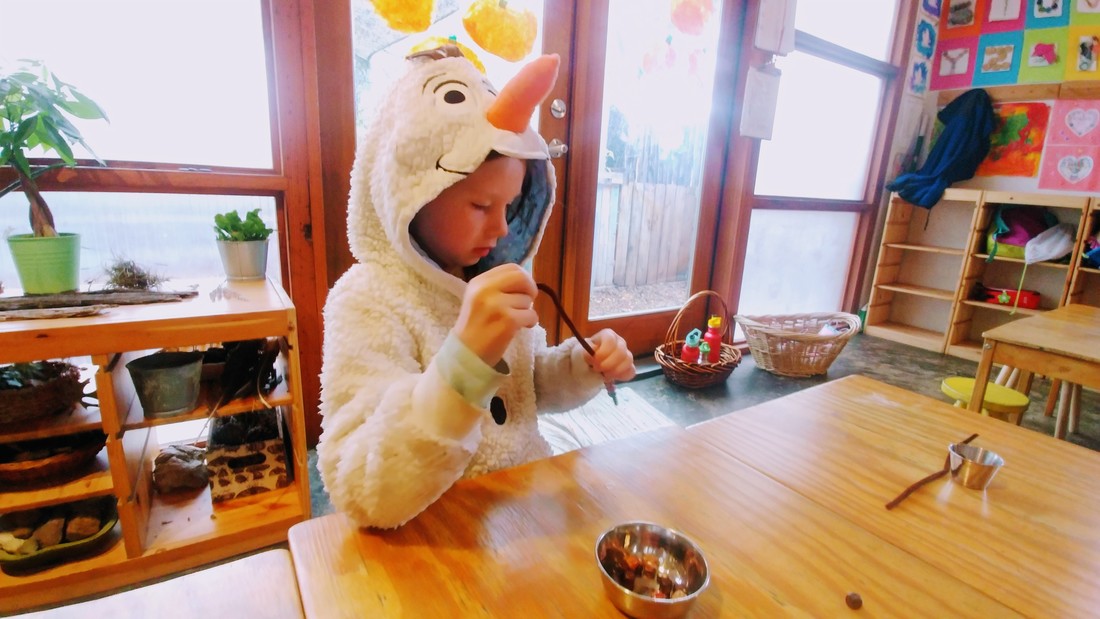

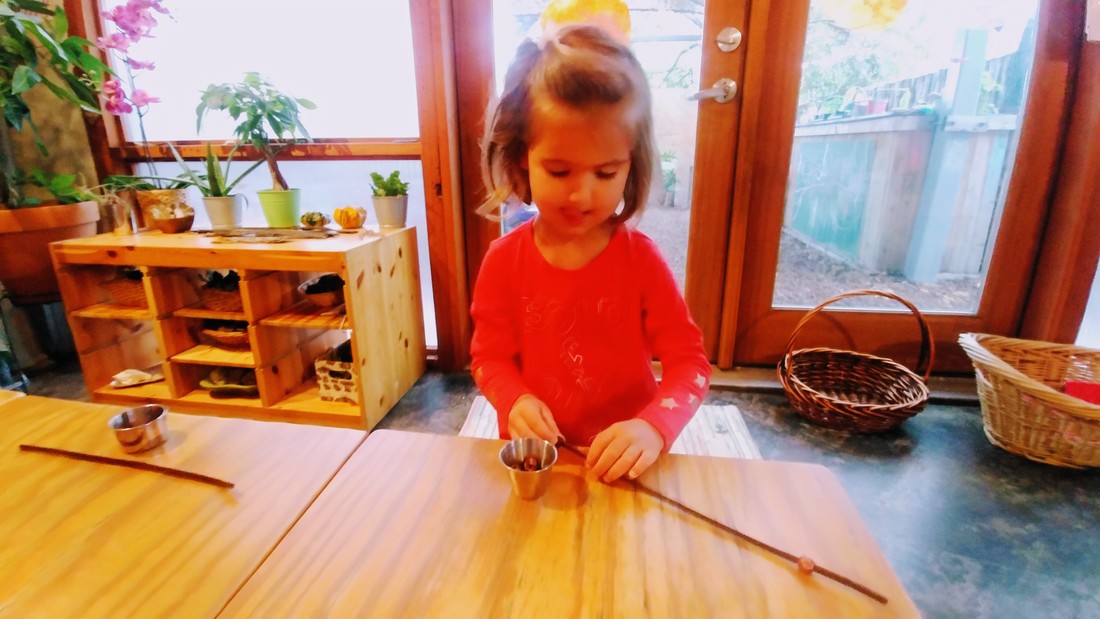
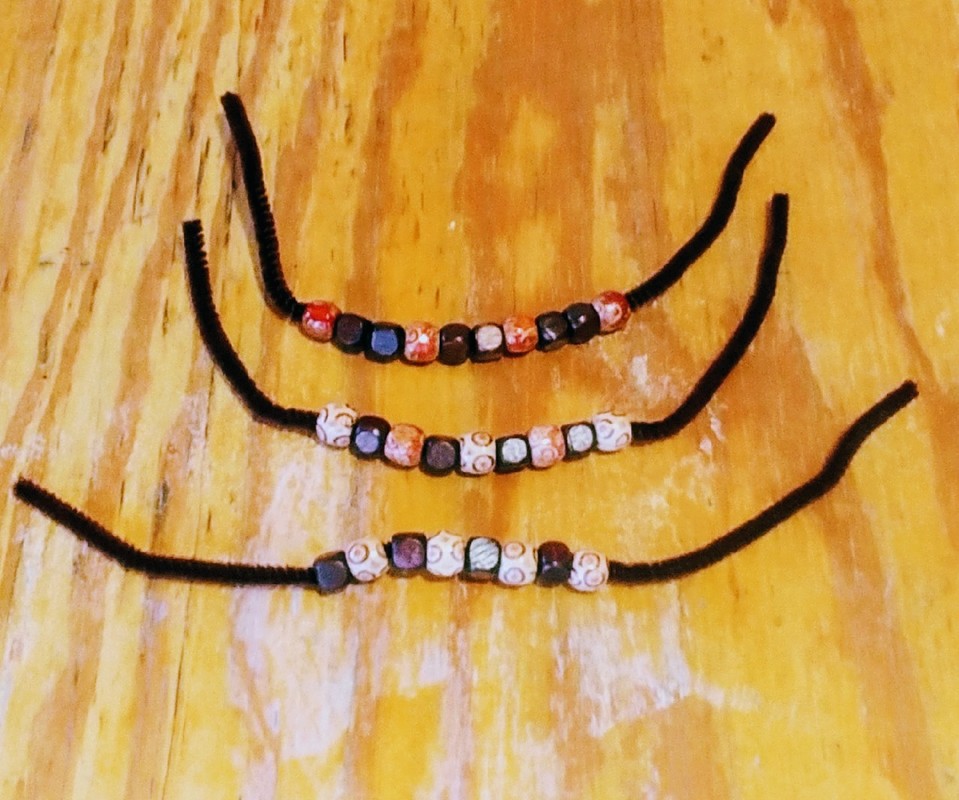
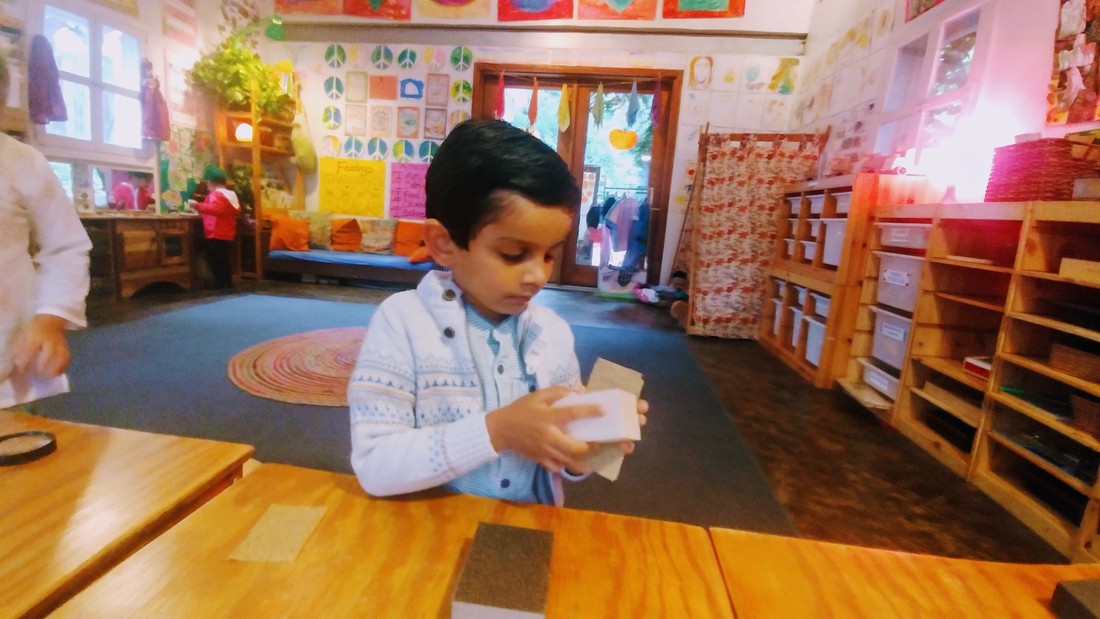
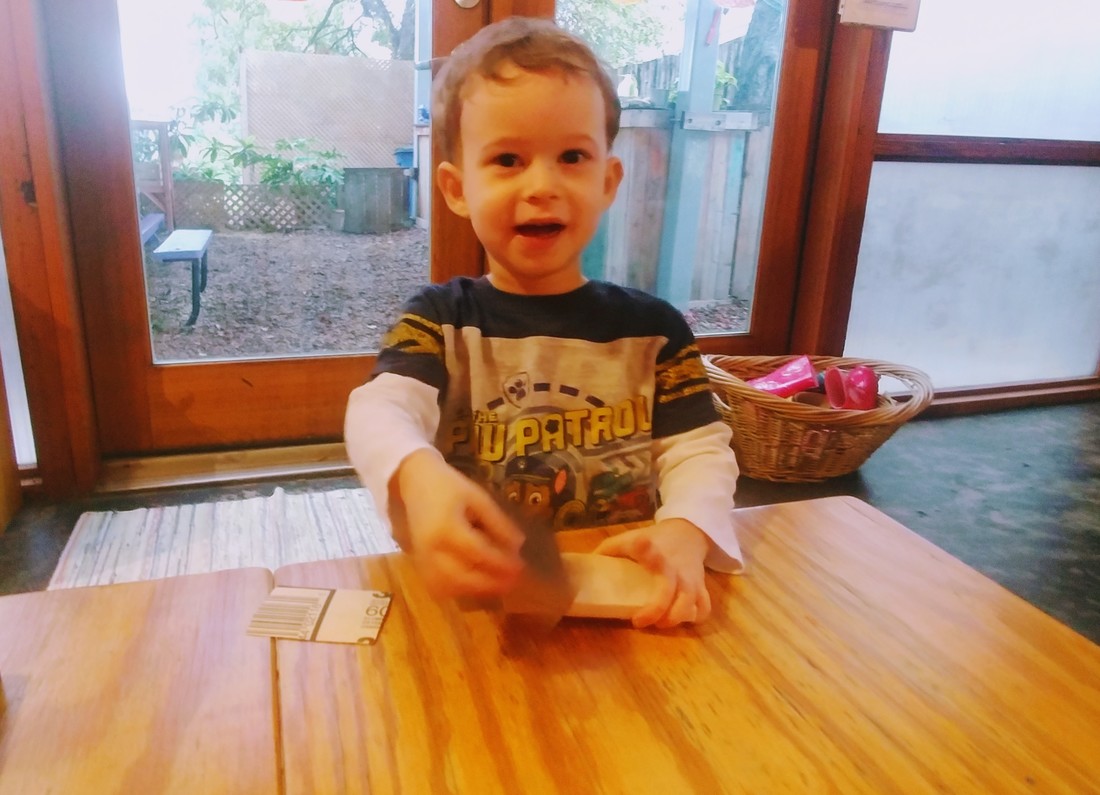
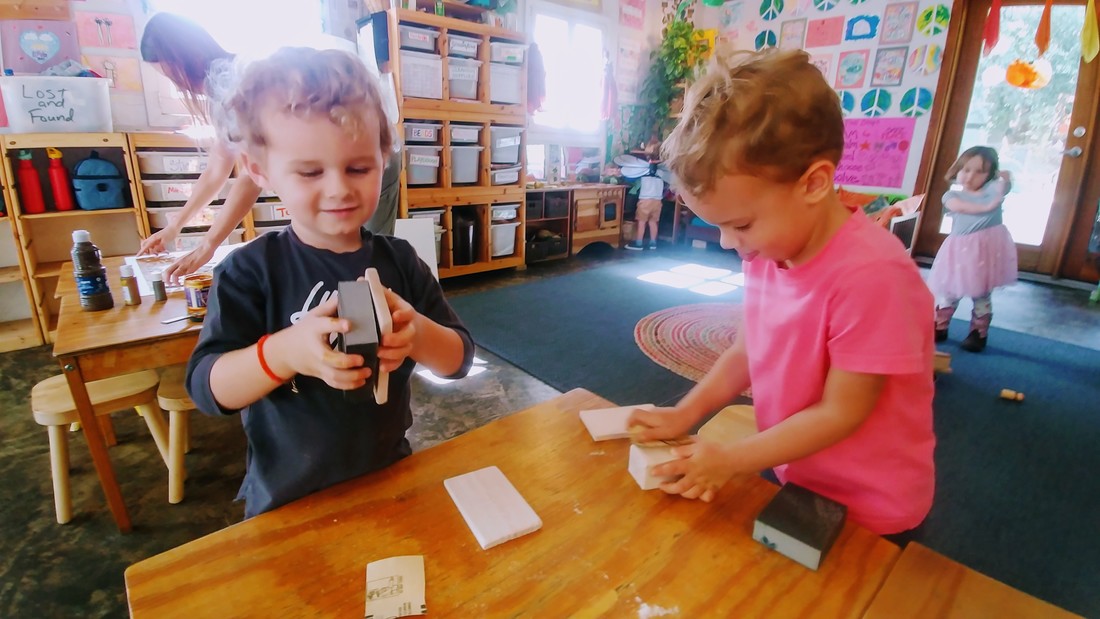
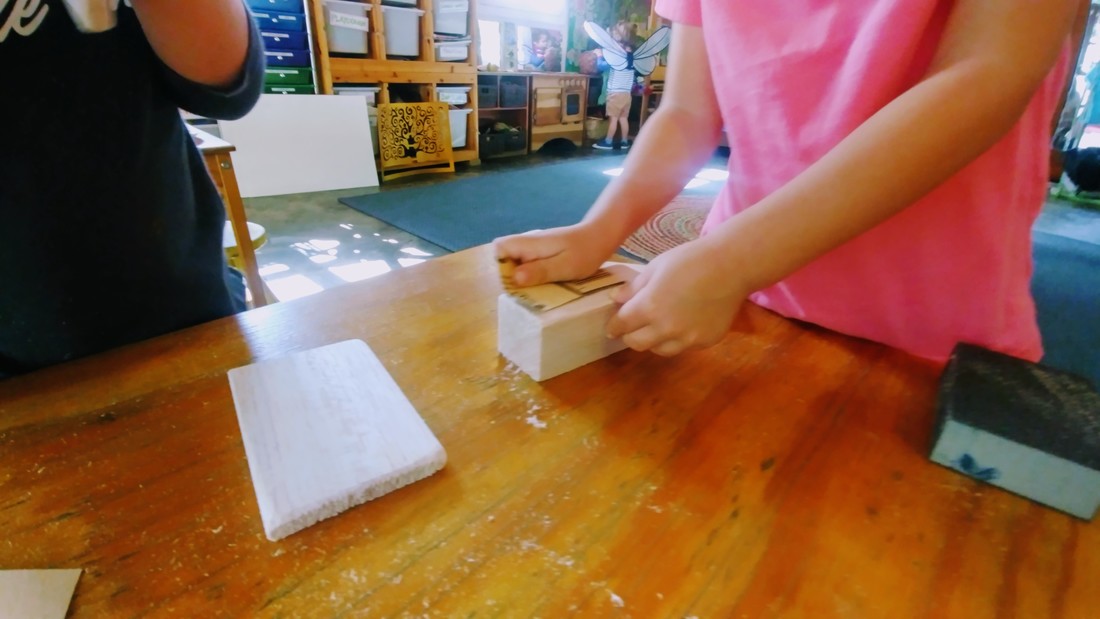
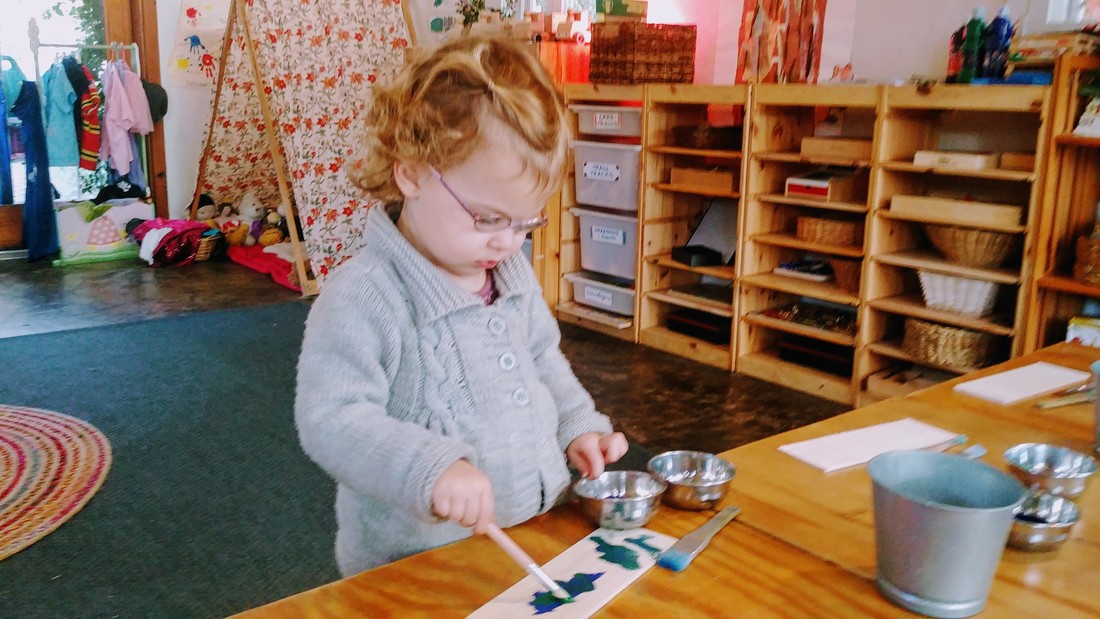
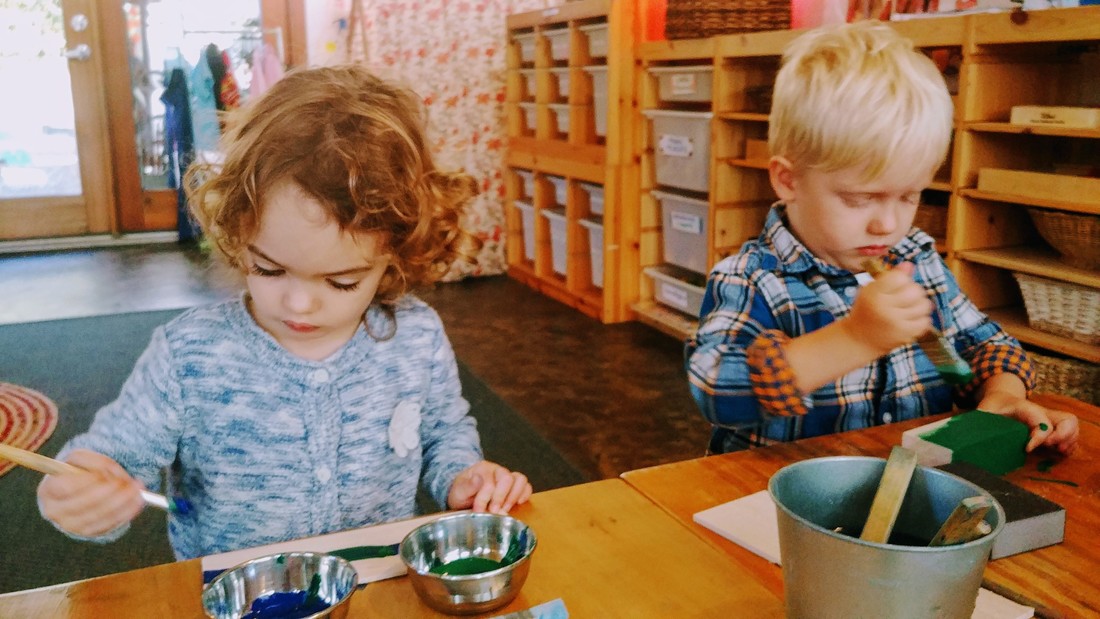
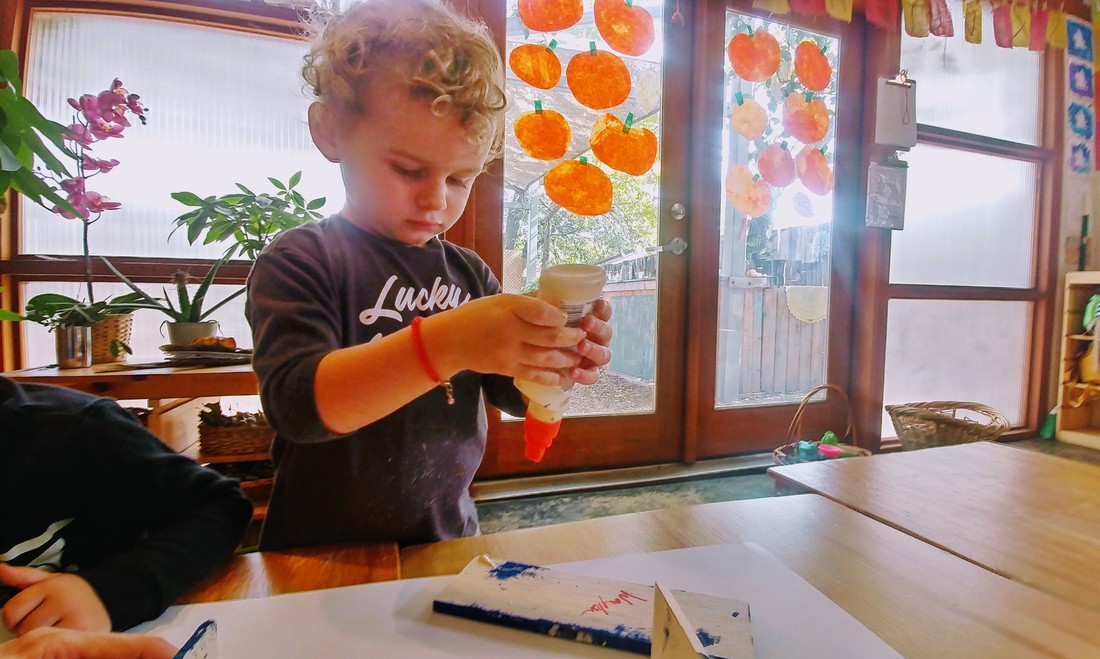
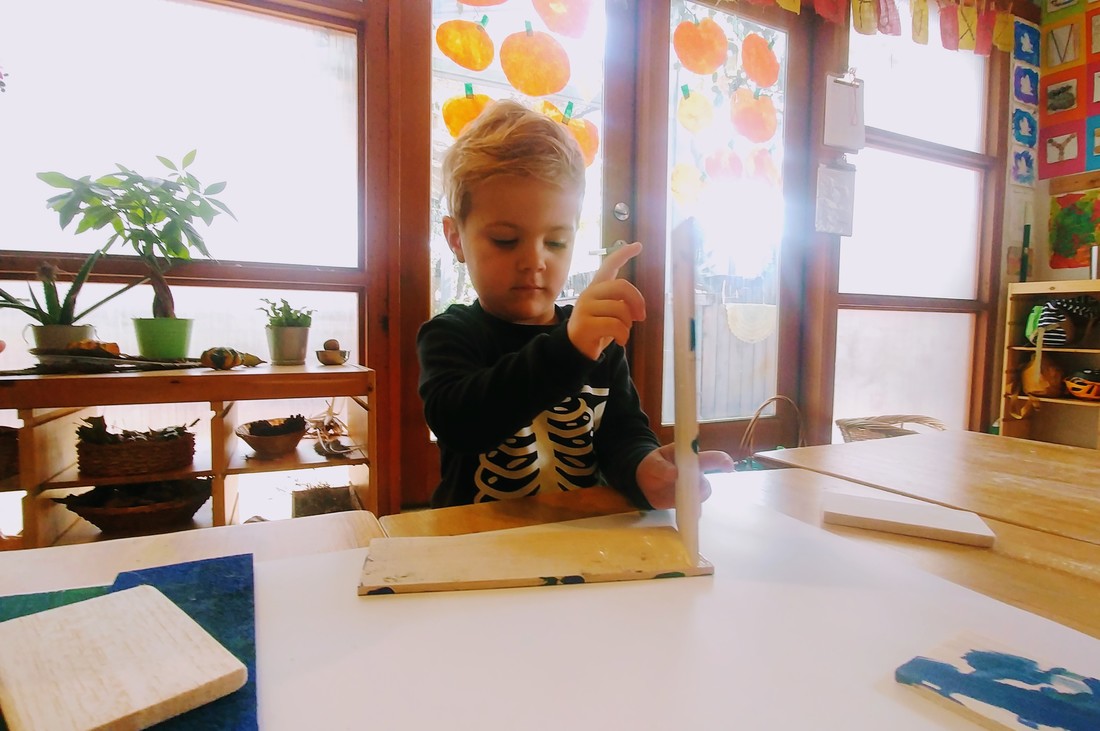

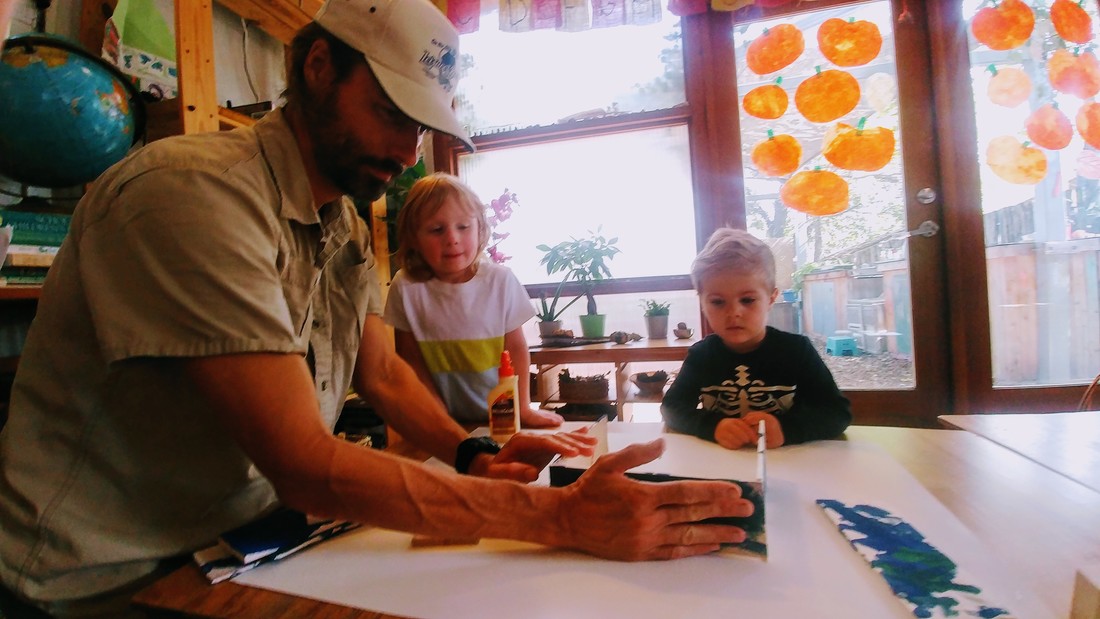
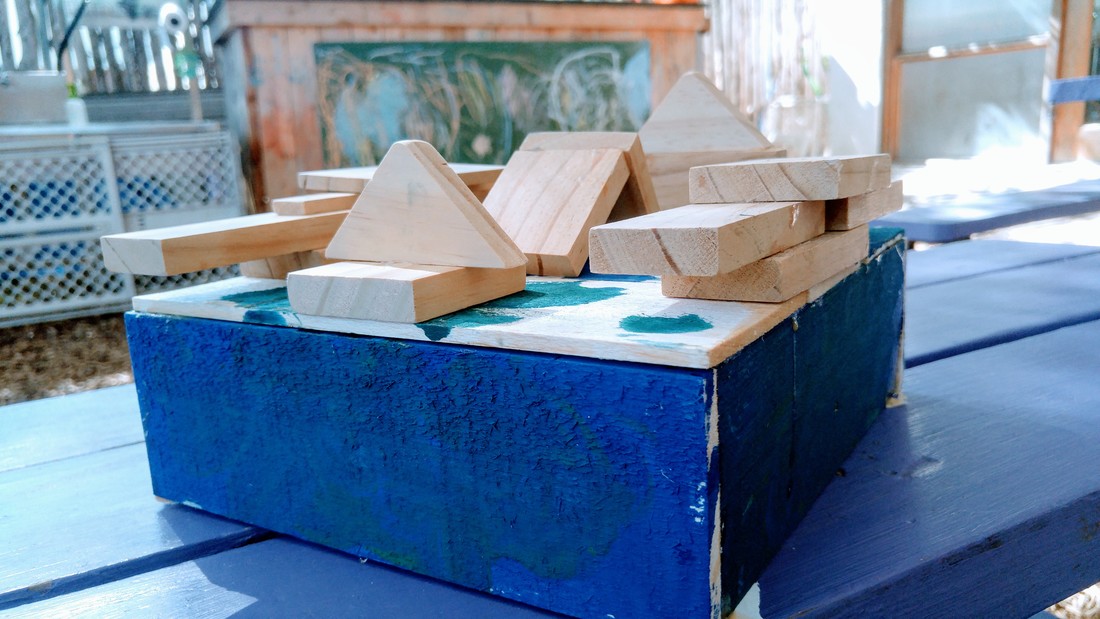
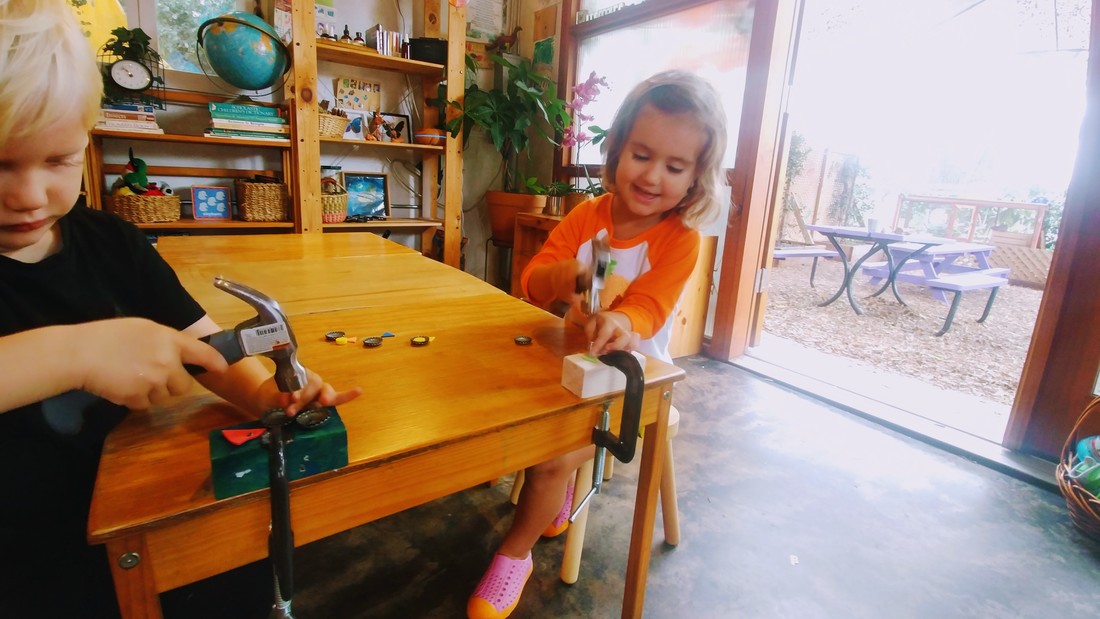
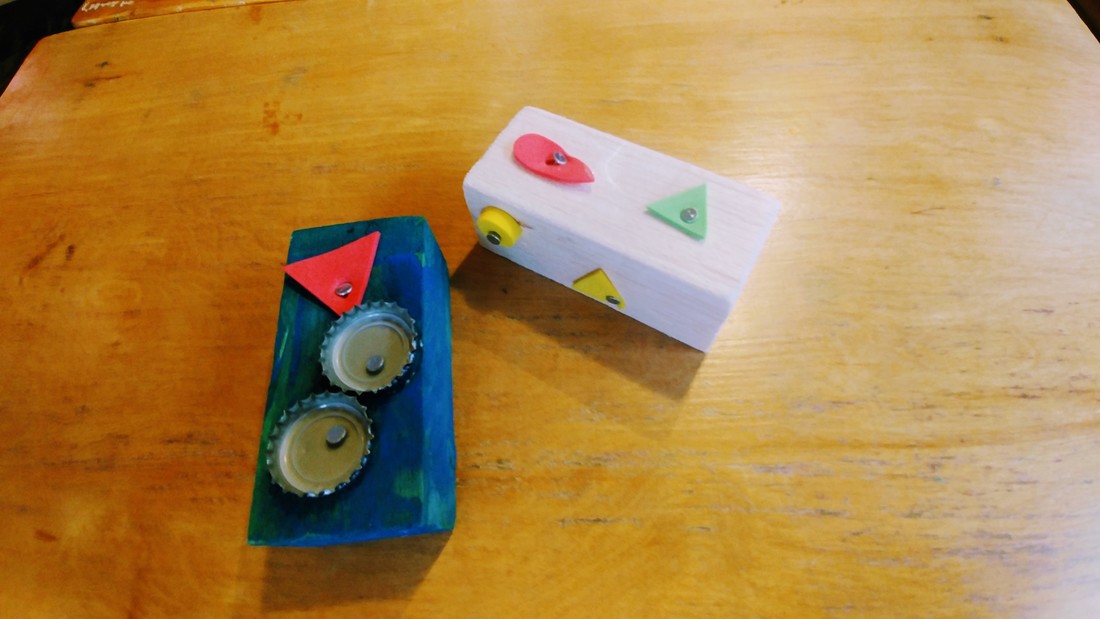
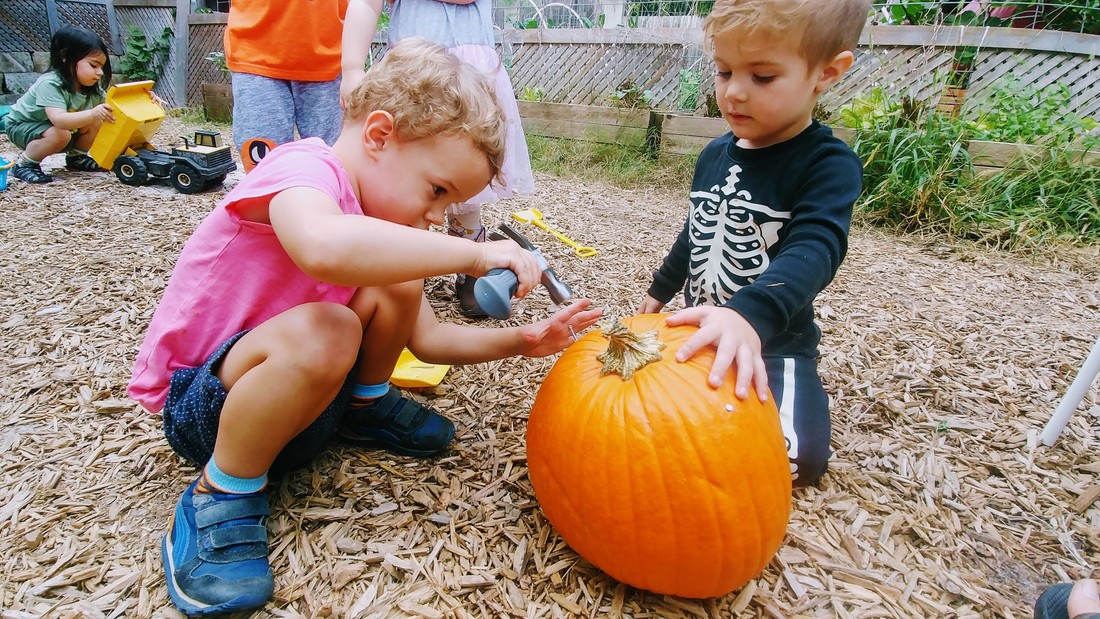
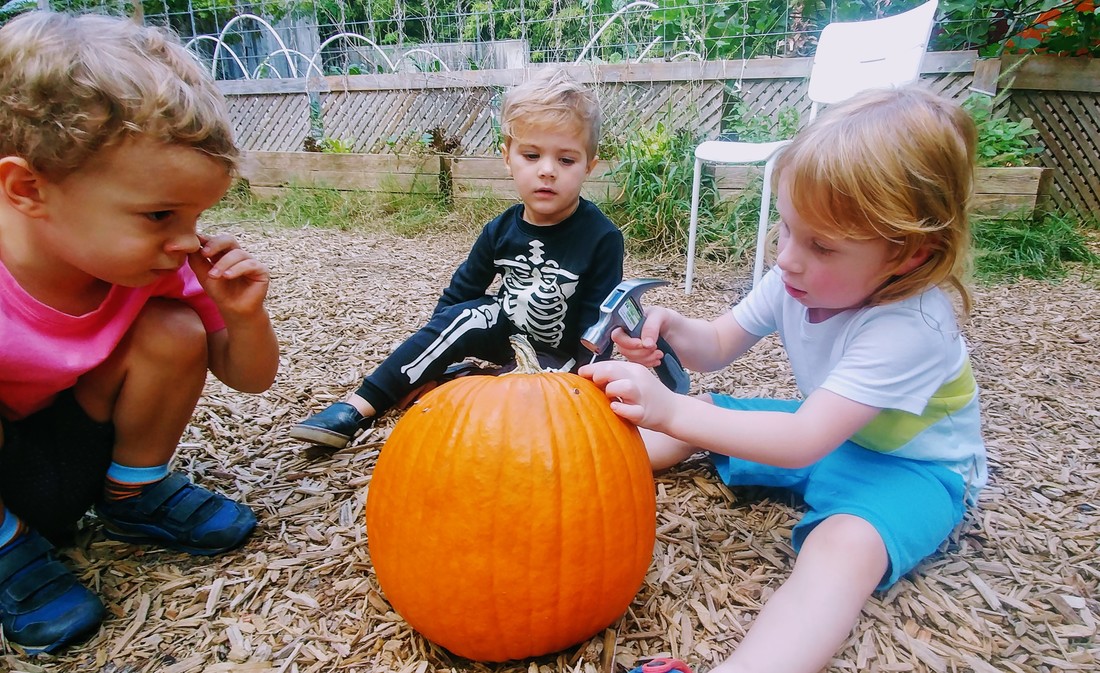
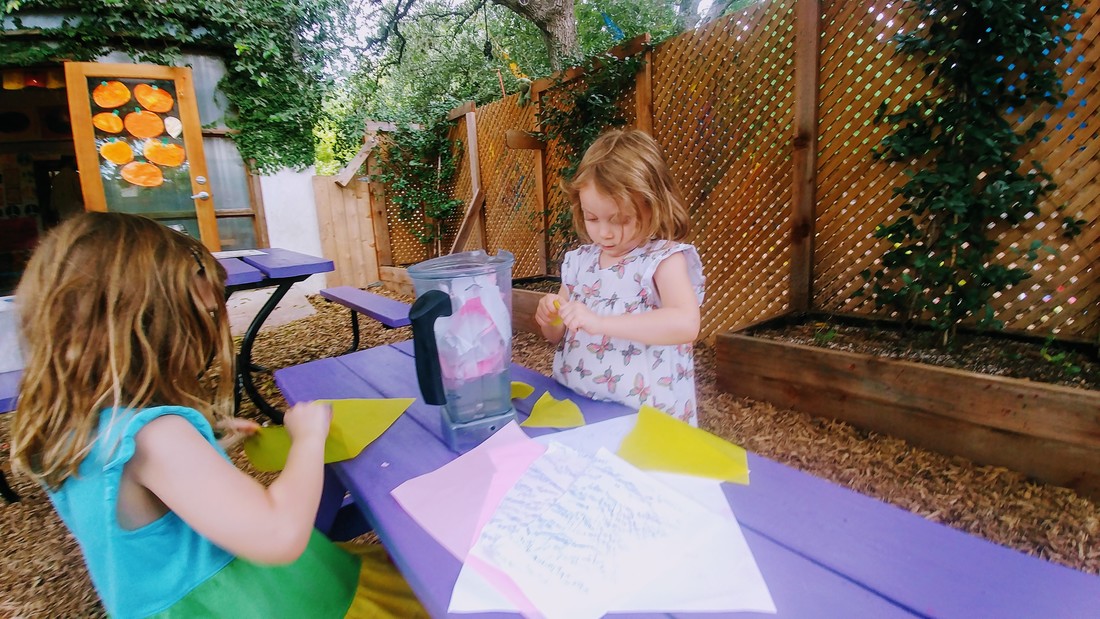
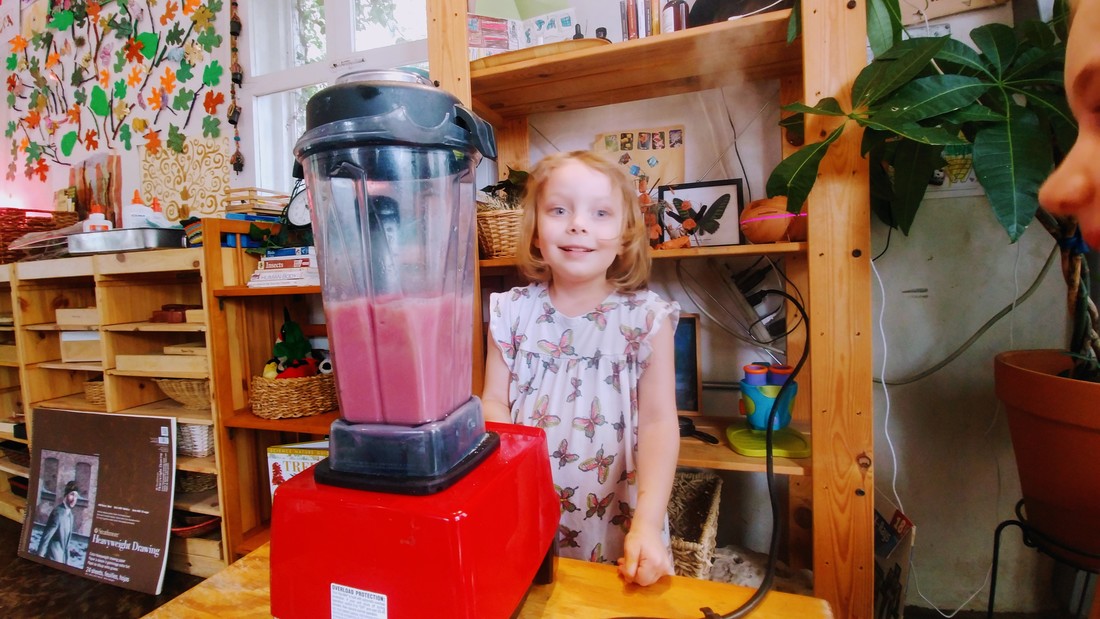
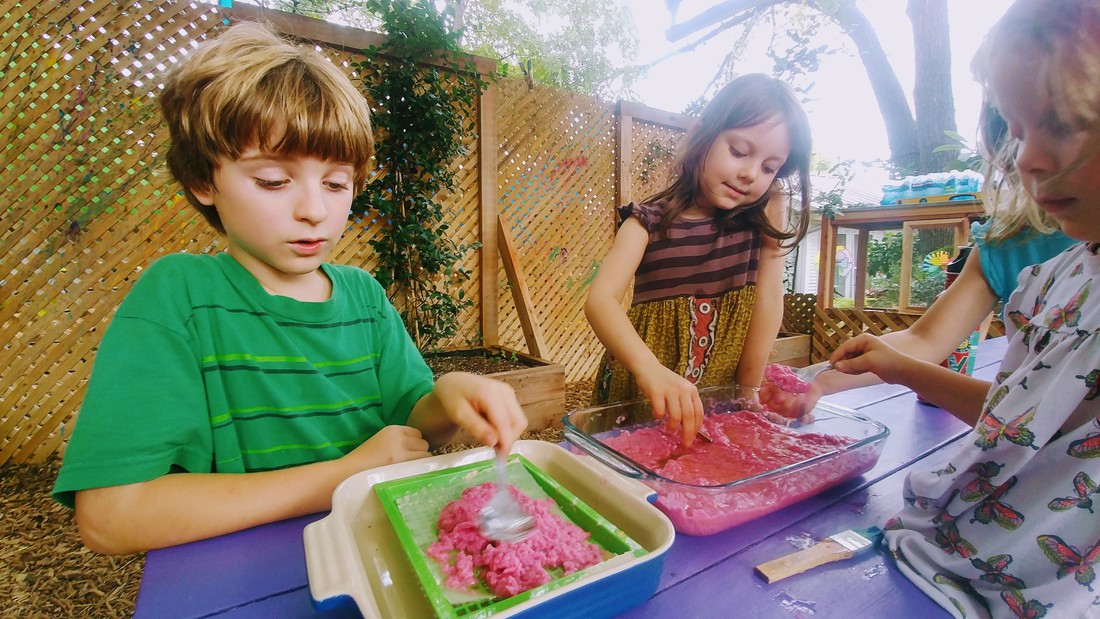
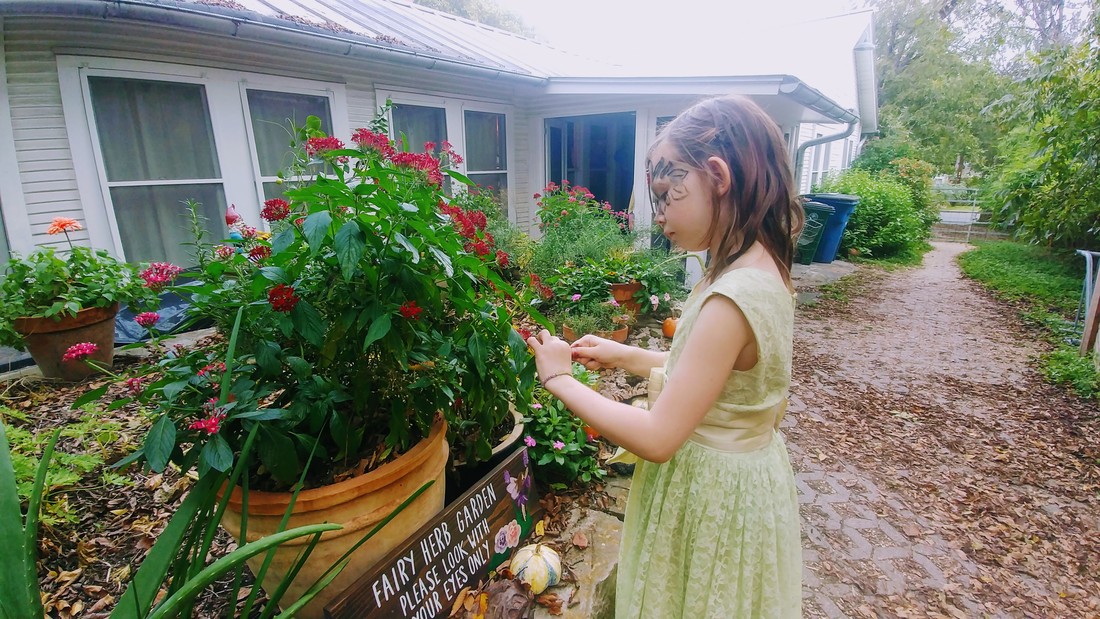
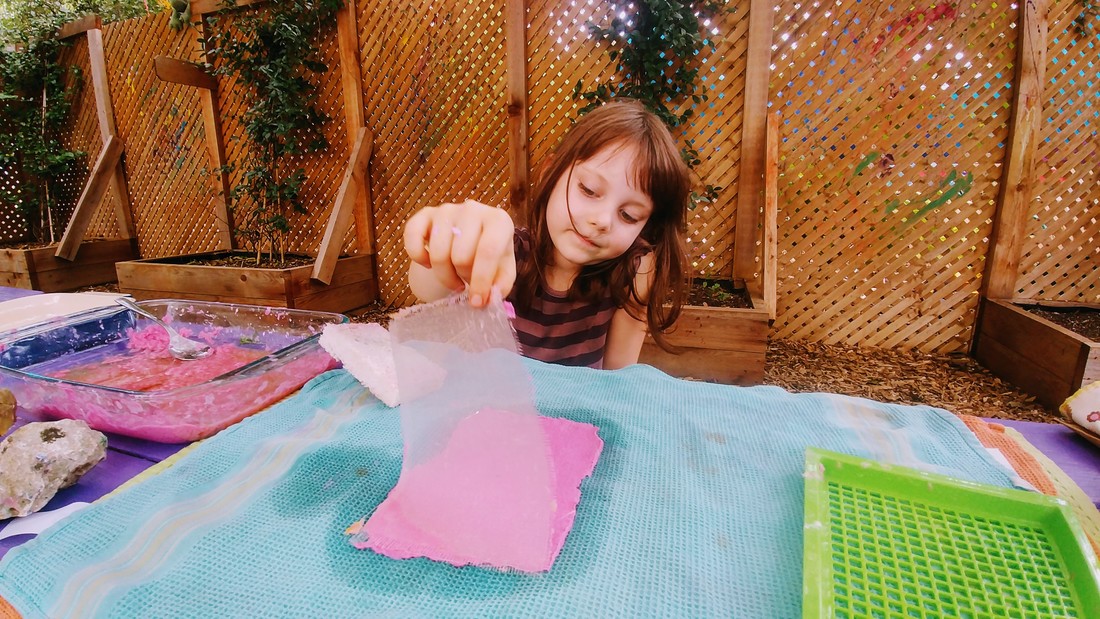
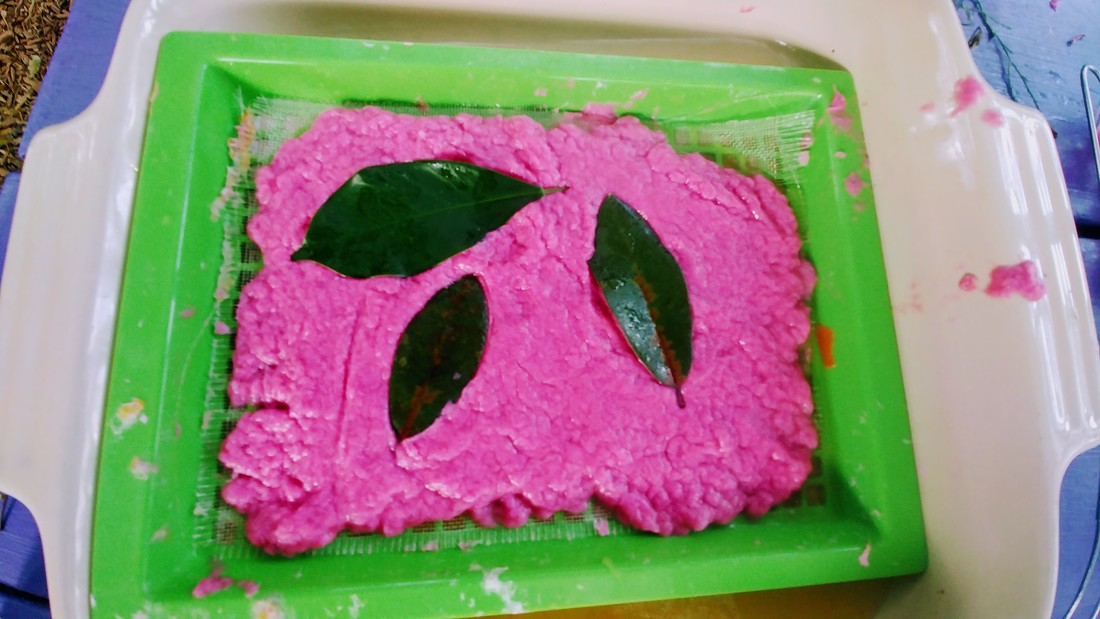
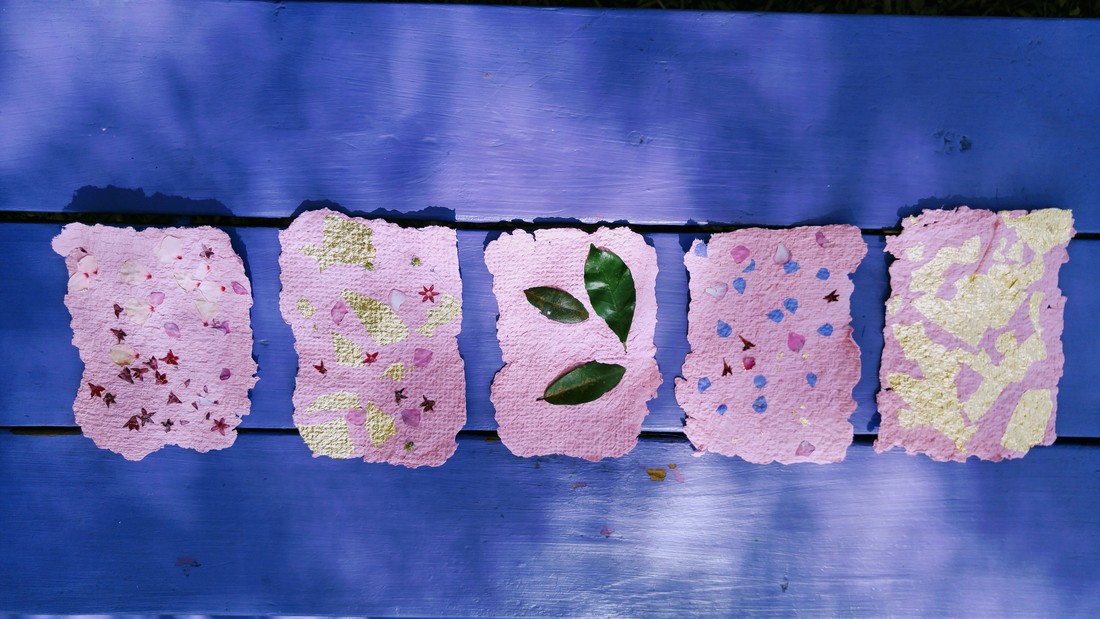
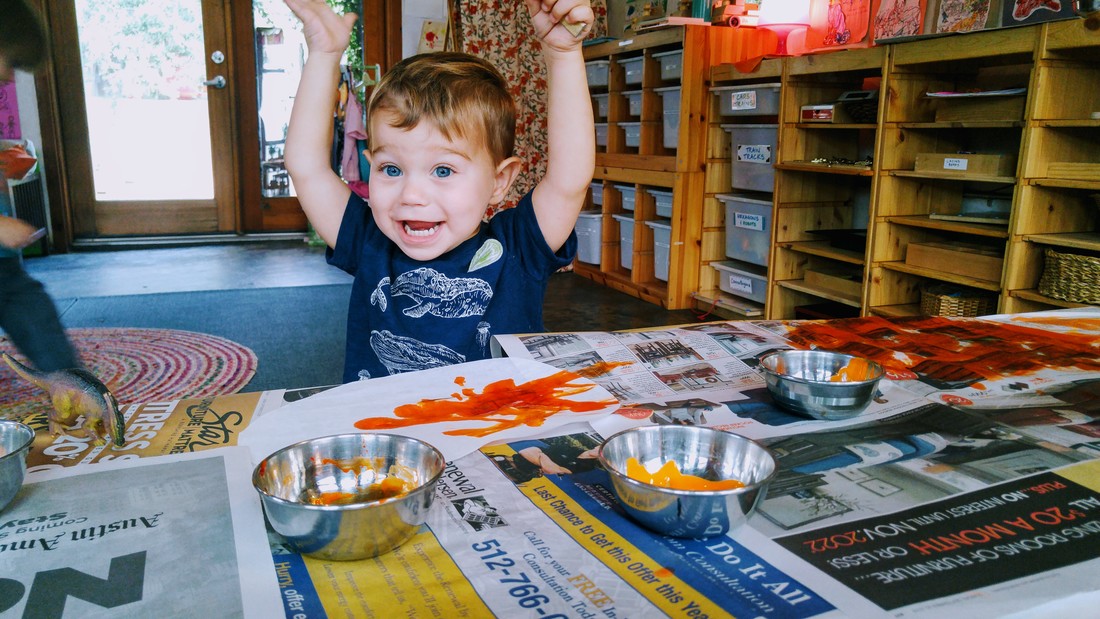
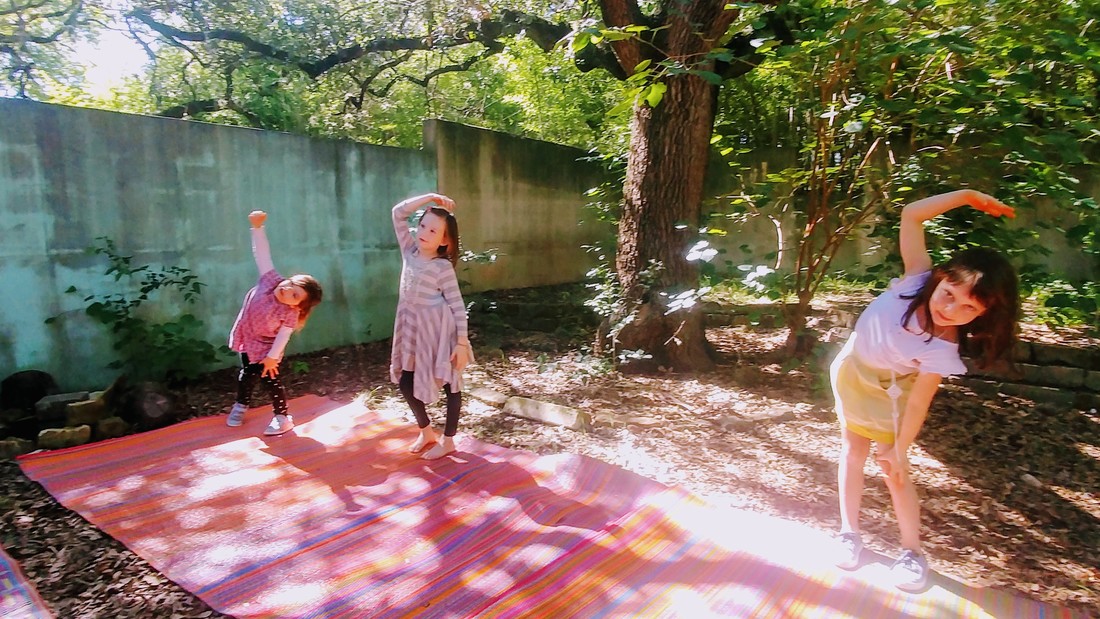
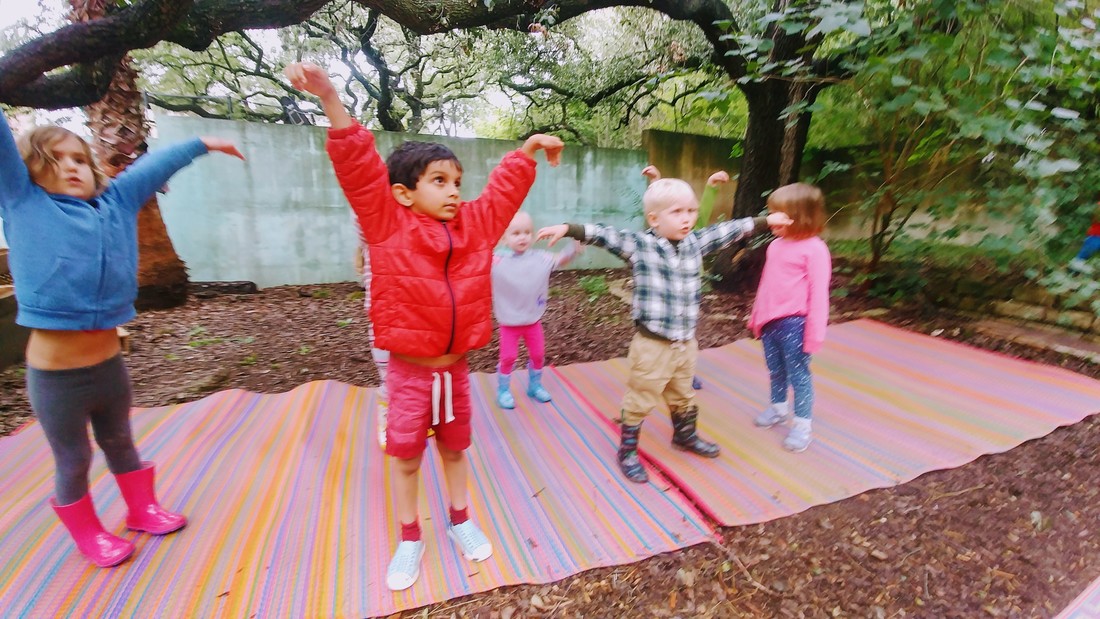
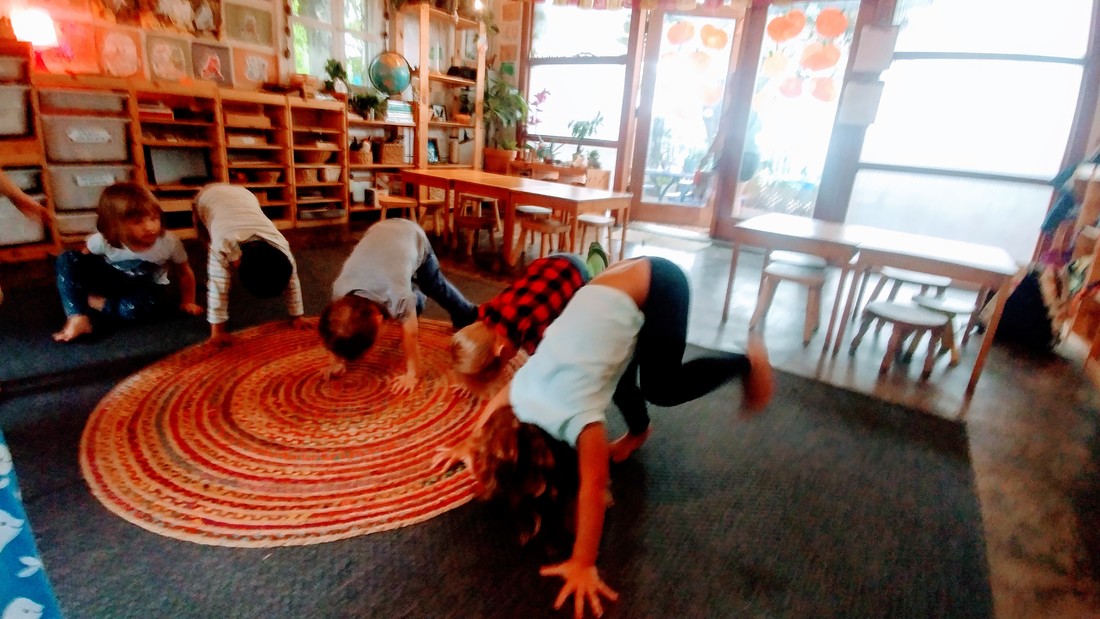
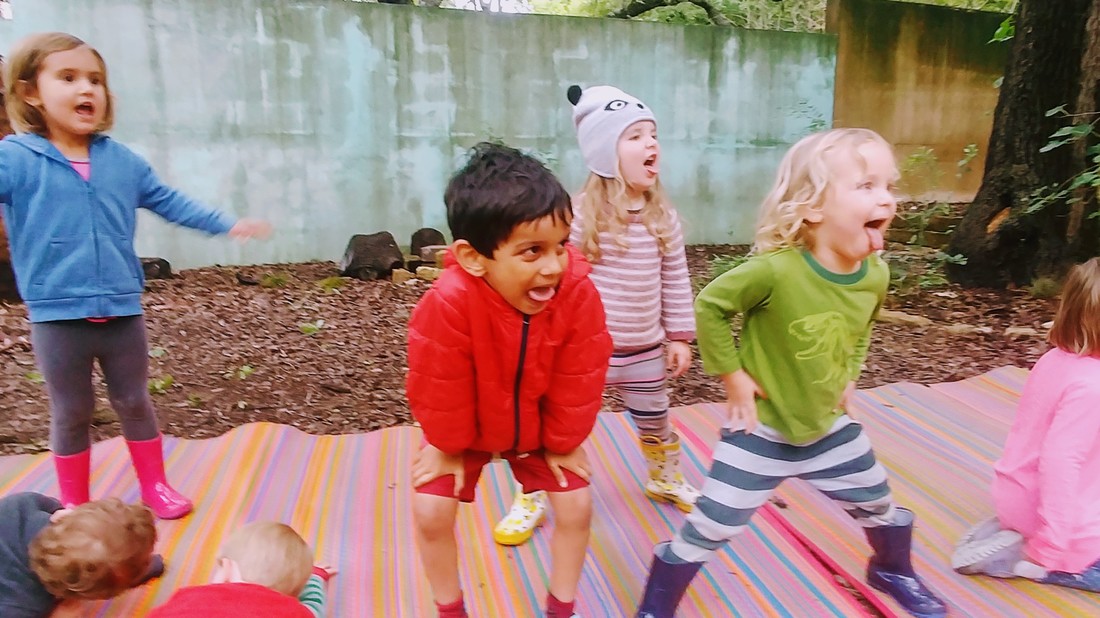
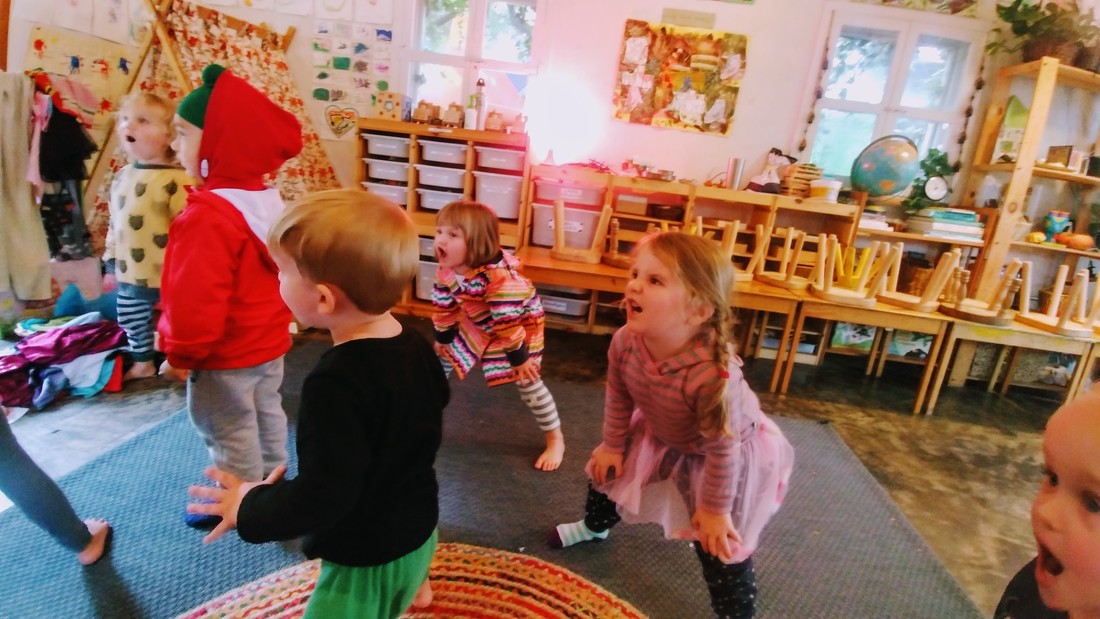
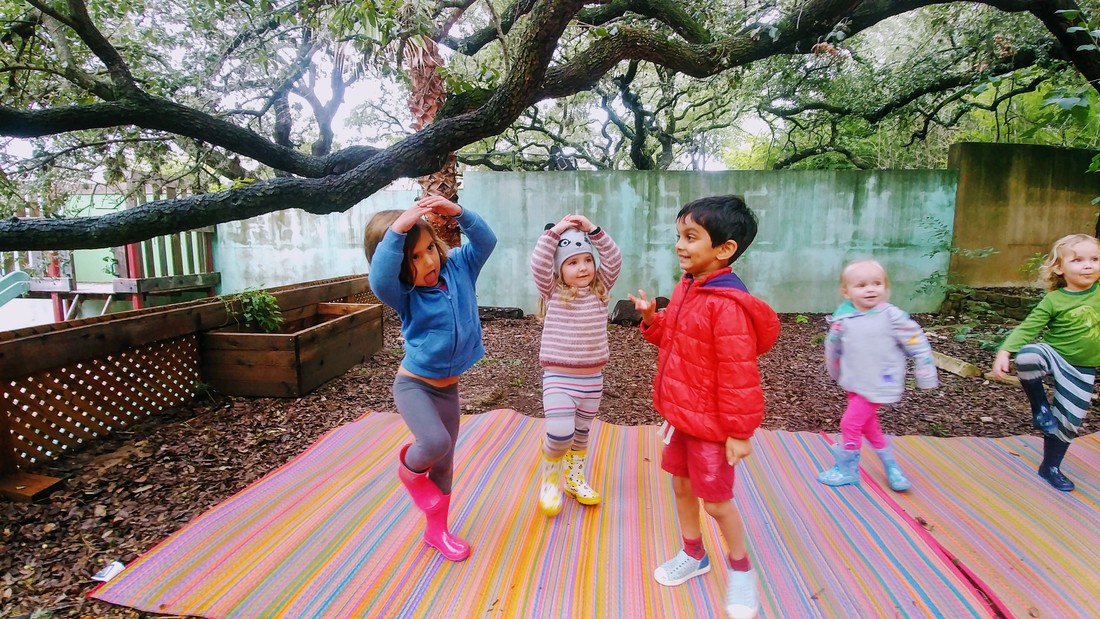
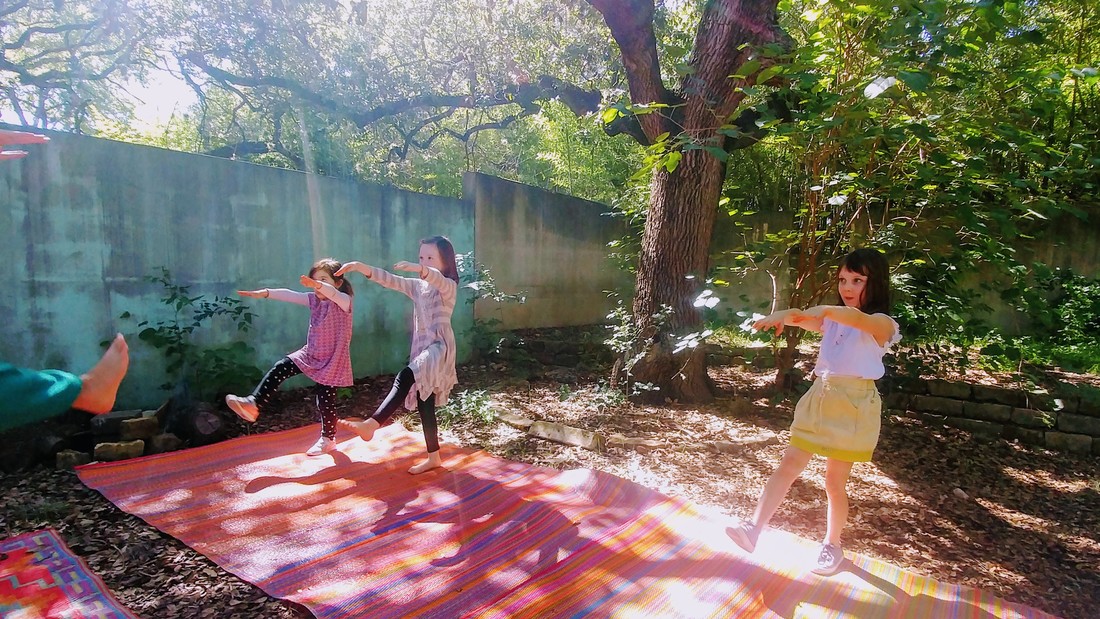

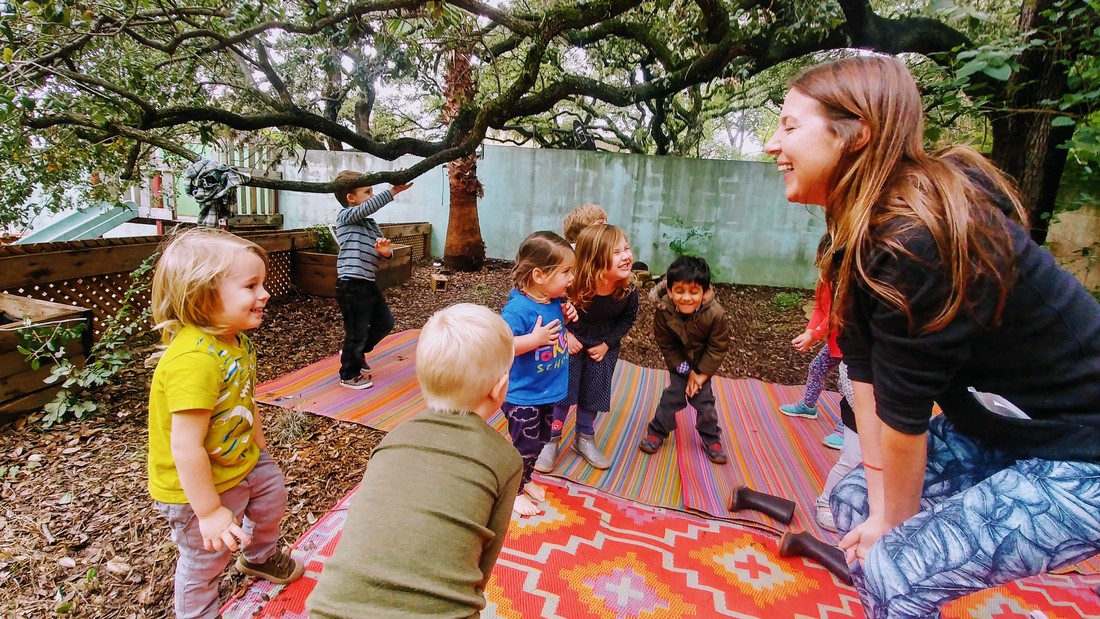
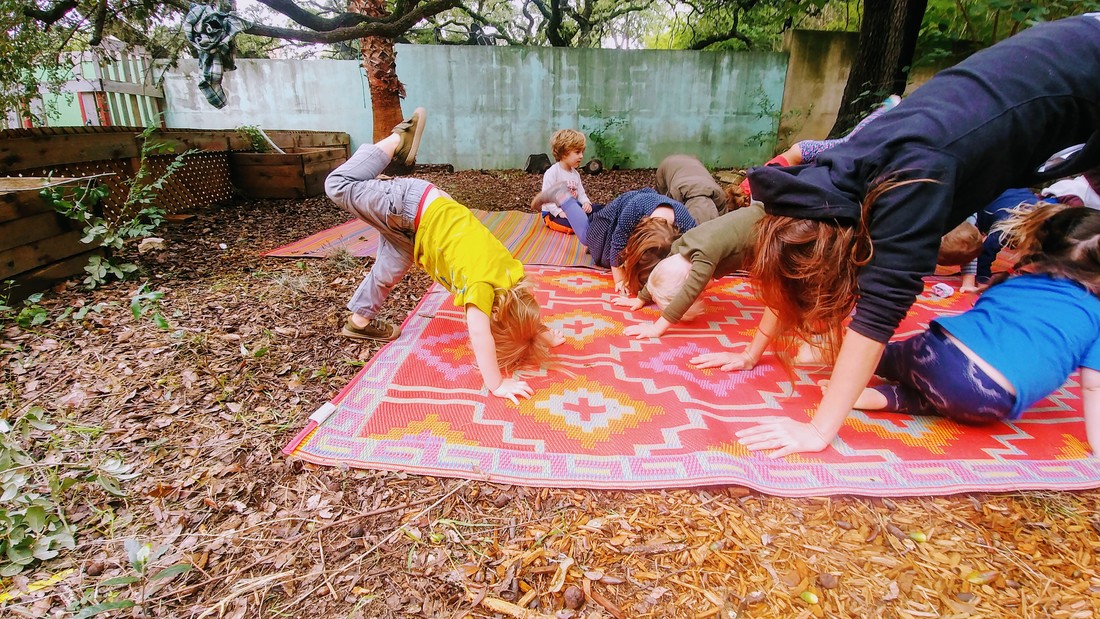
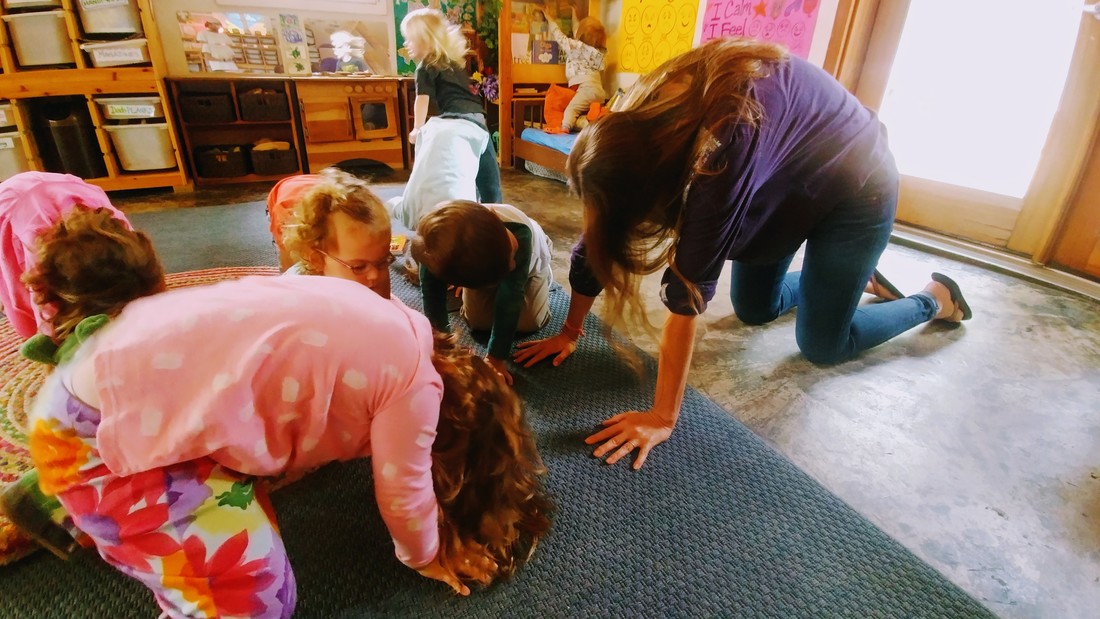
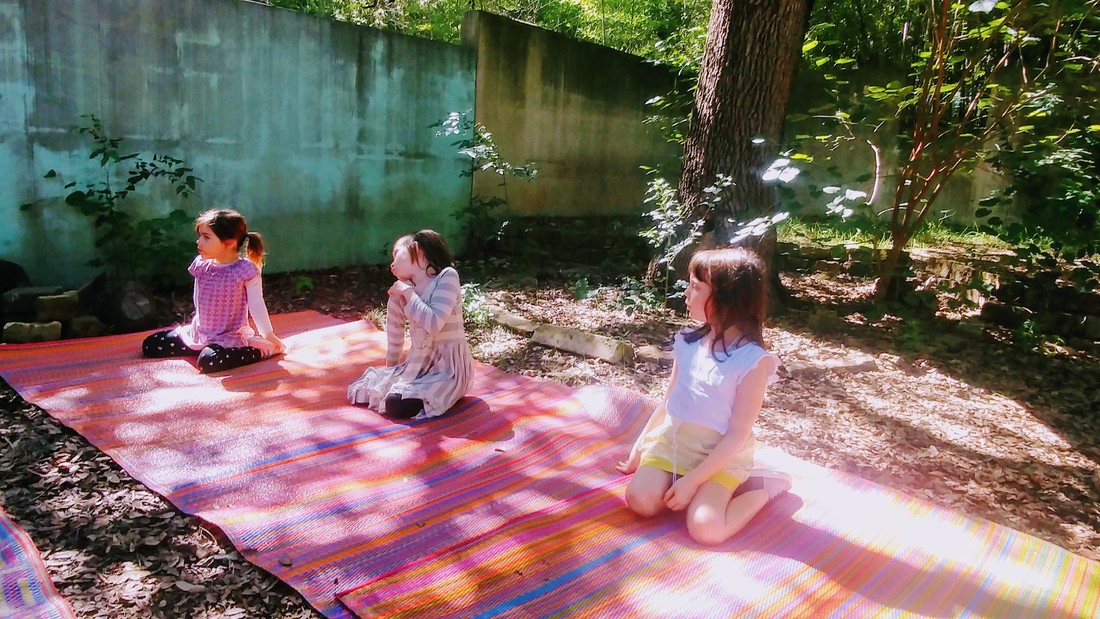
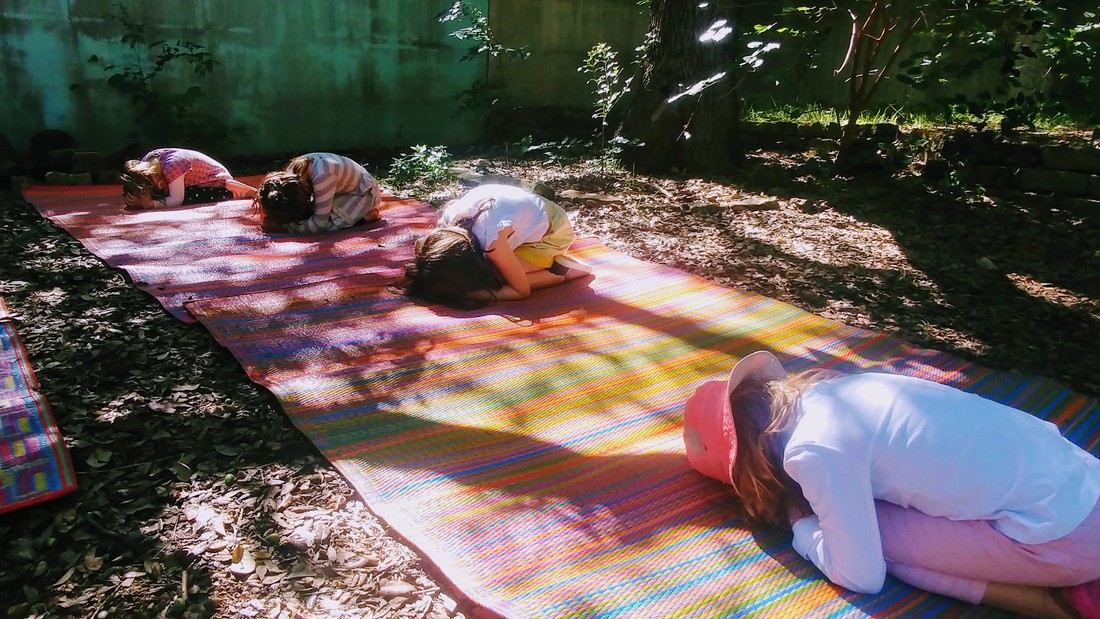
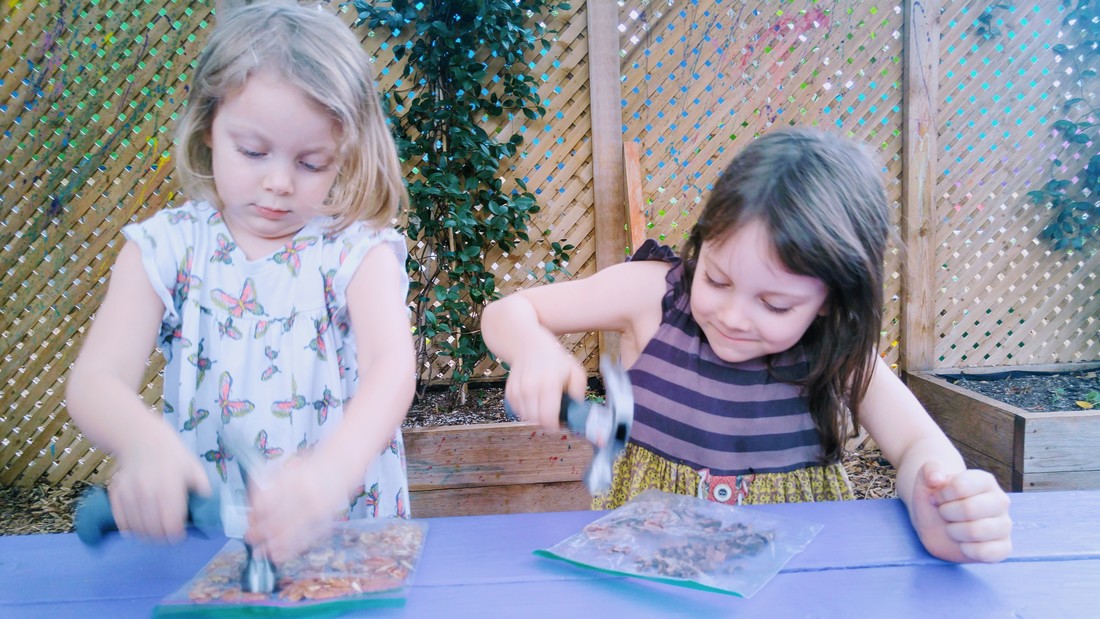
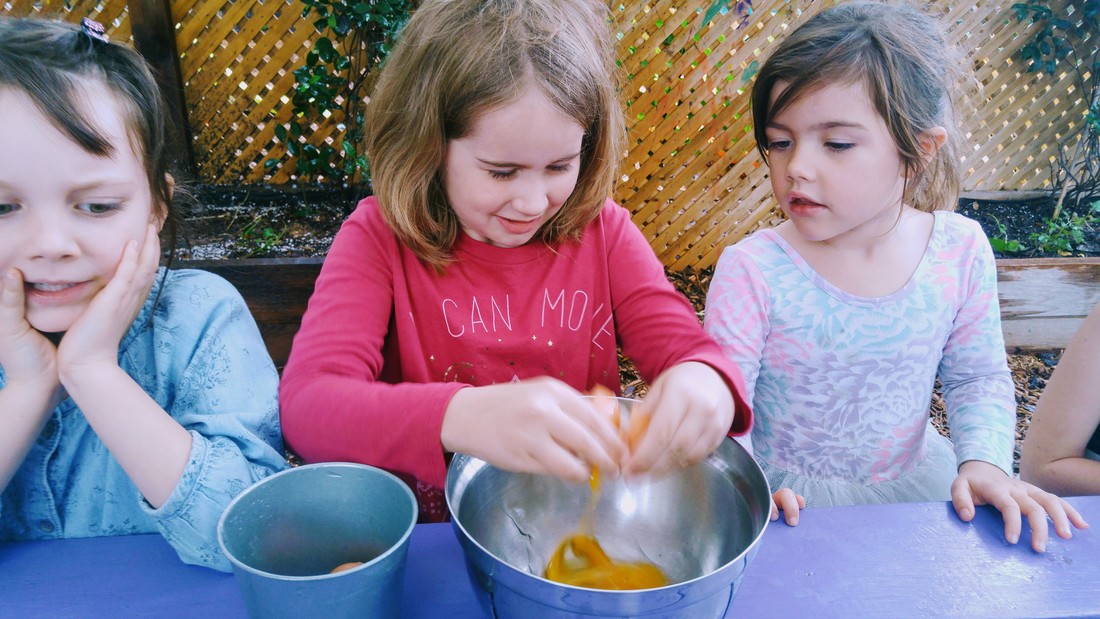
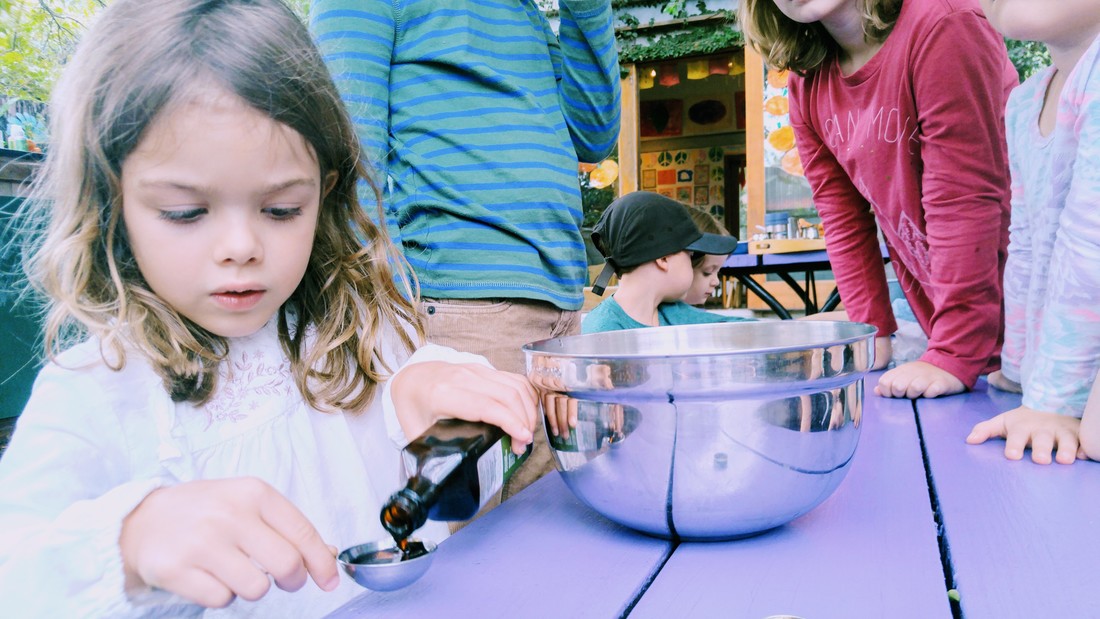
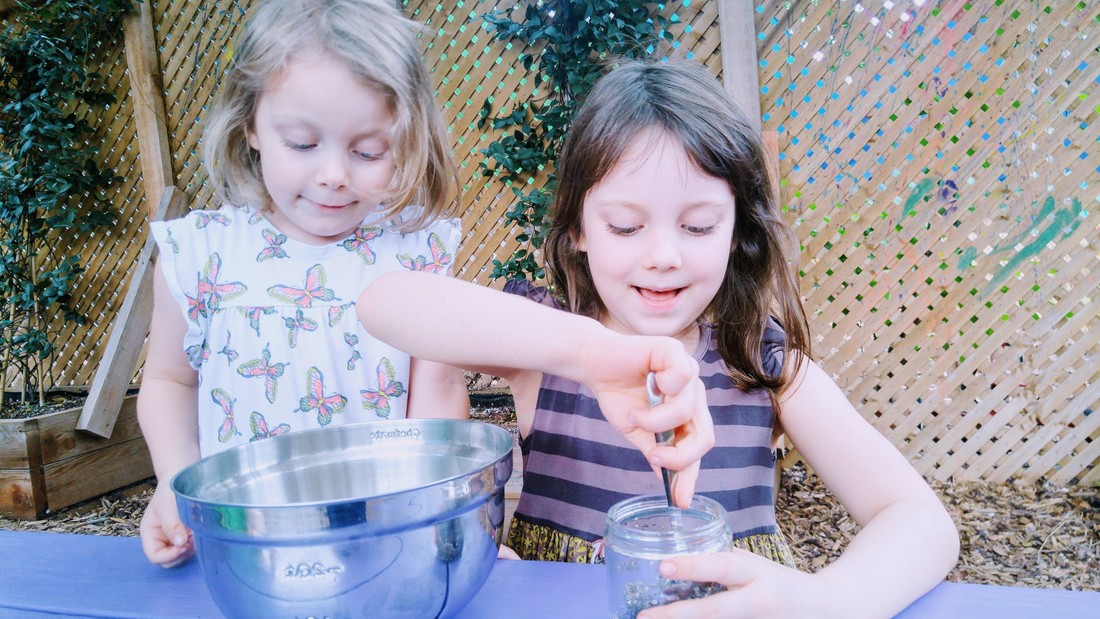
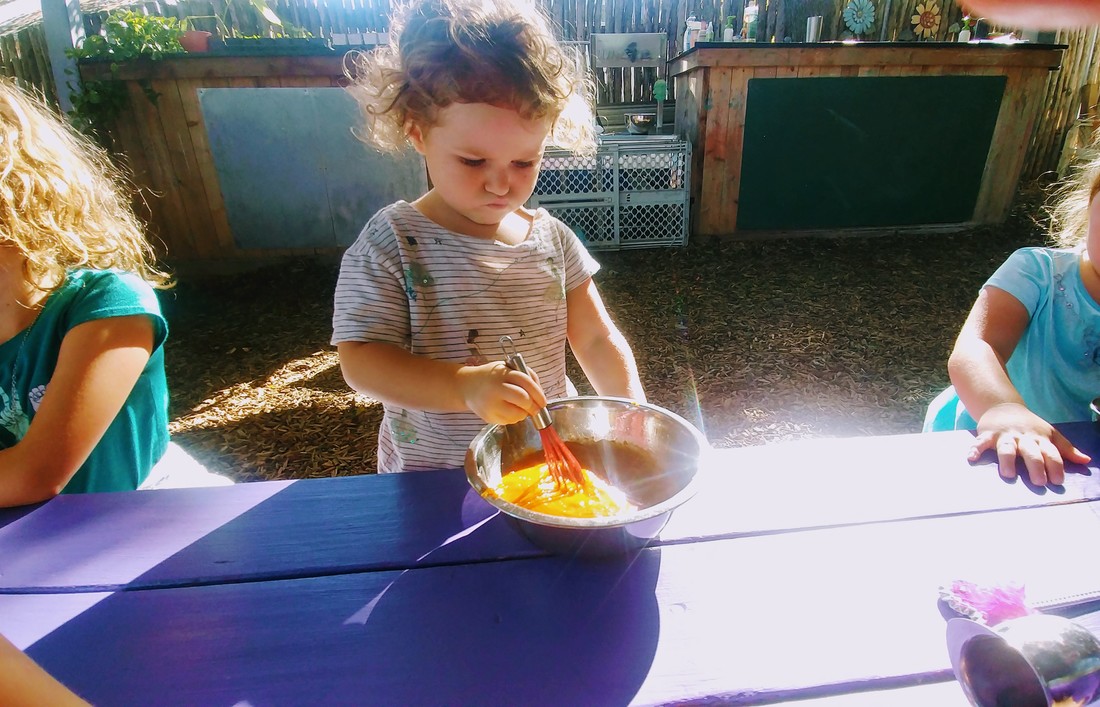
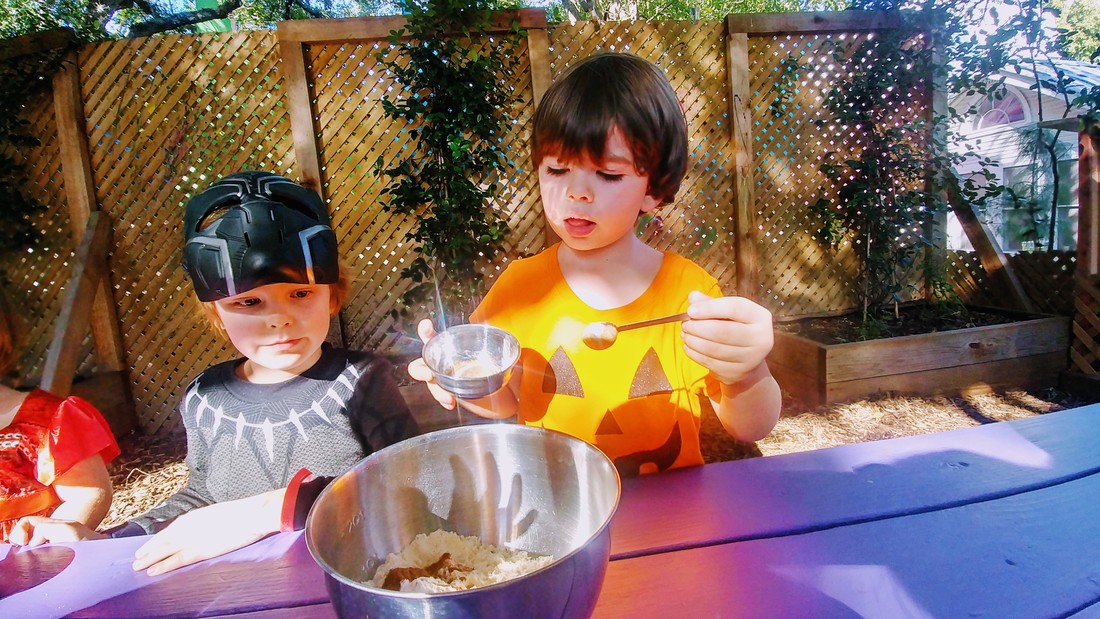
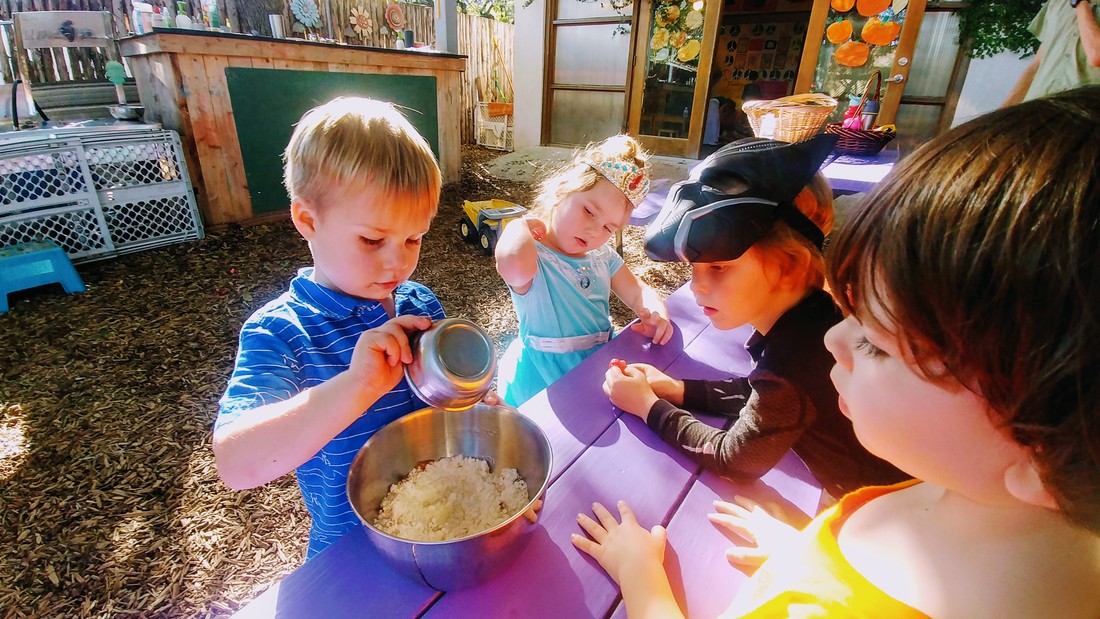

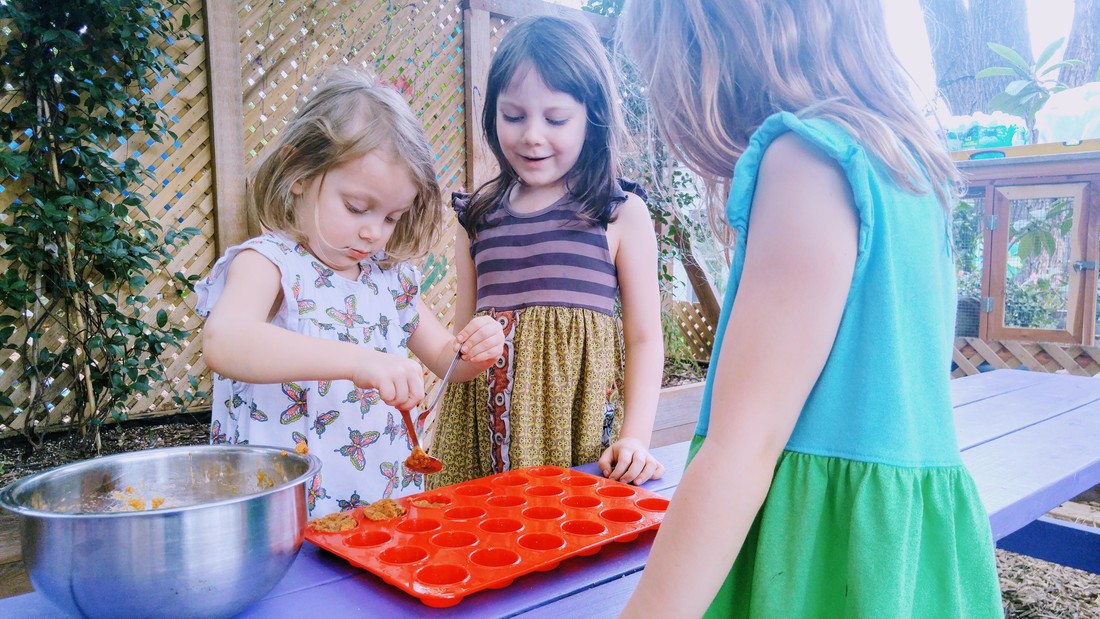
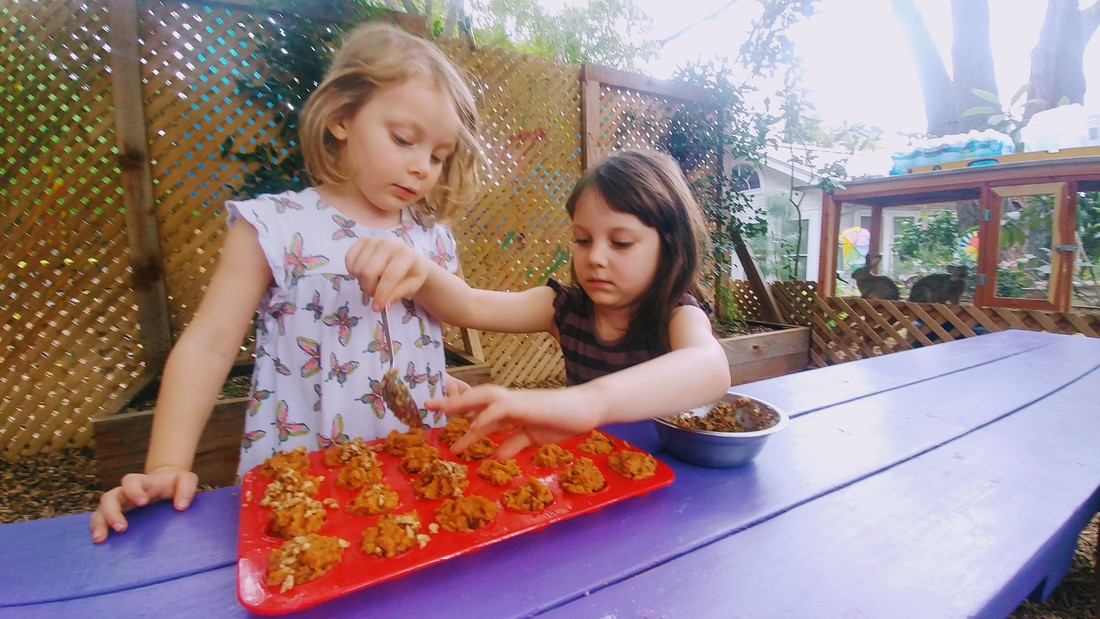
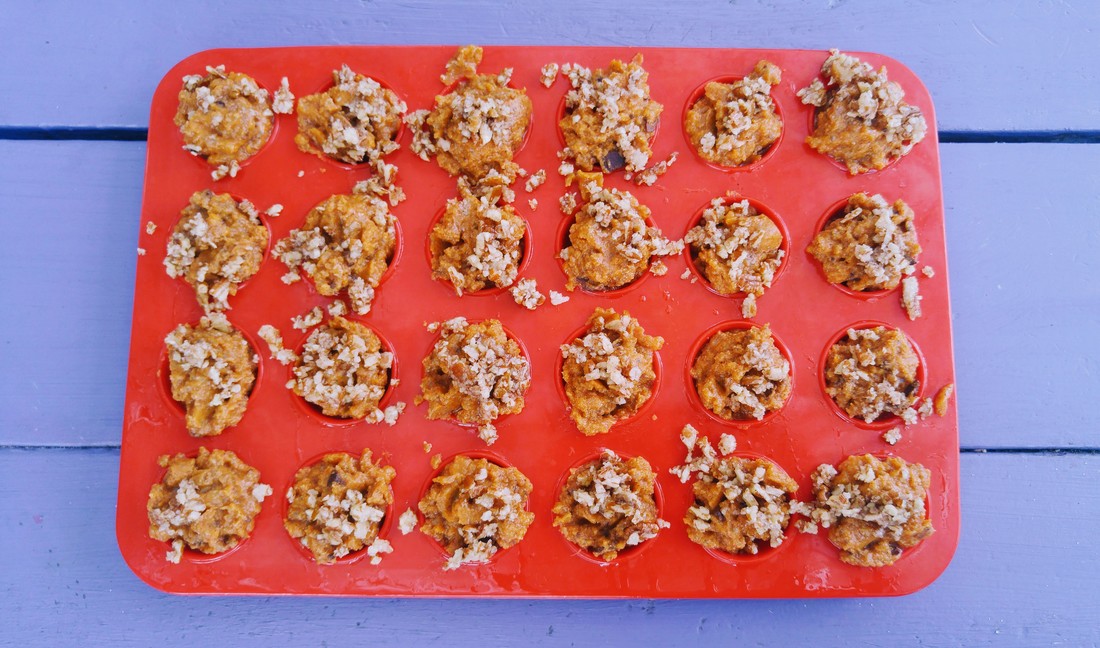
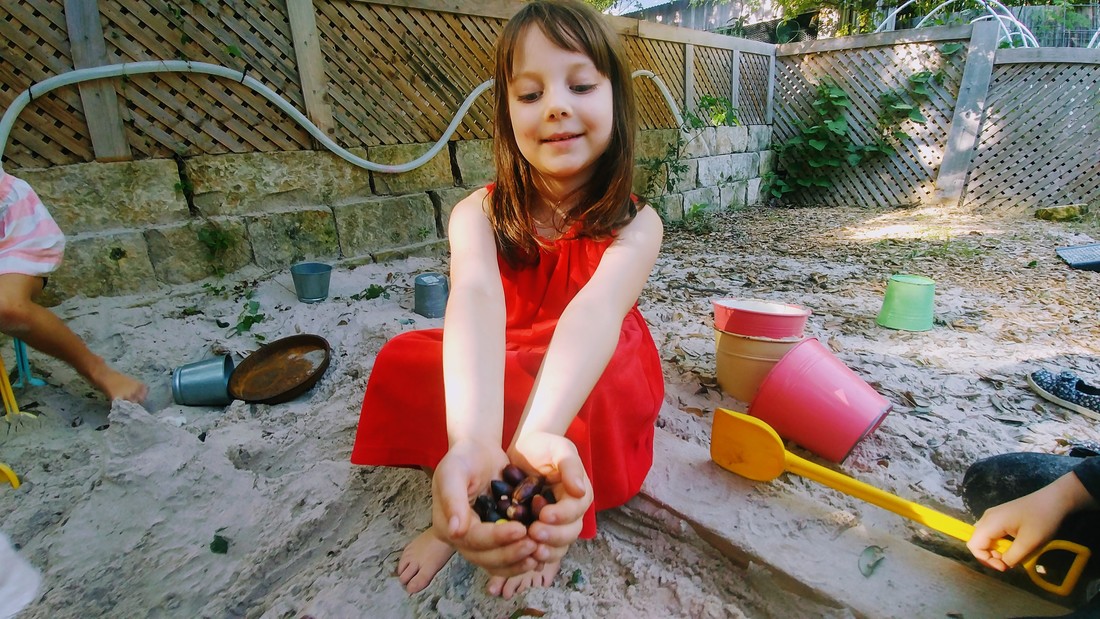
 RSS Feed
RSS Feed